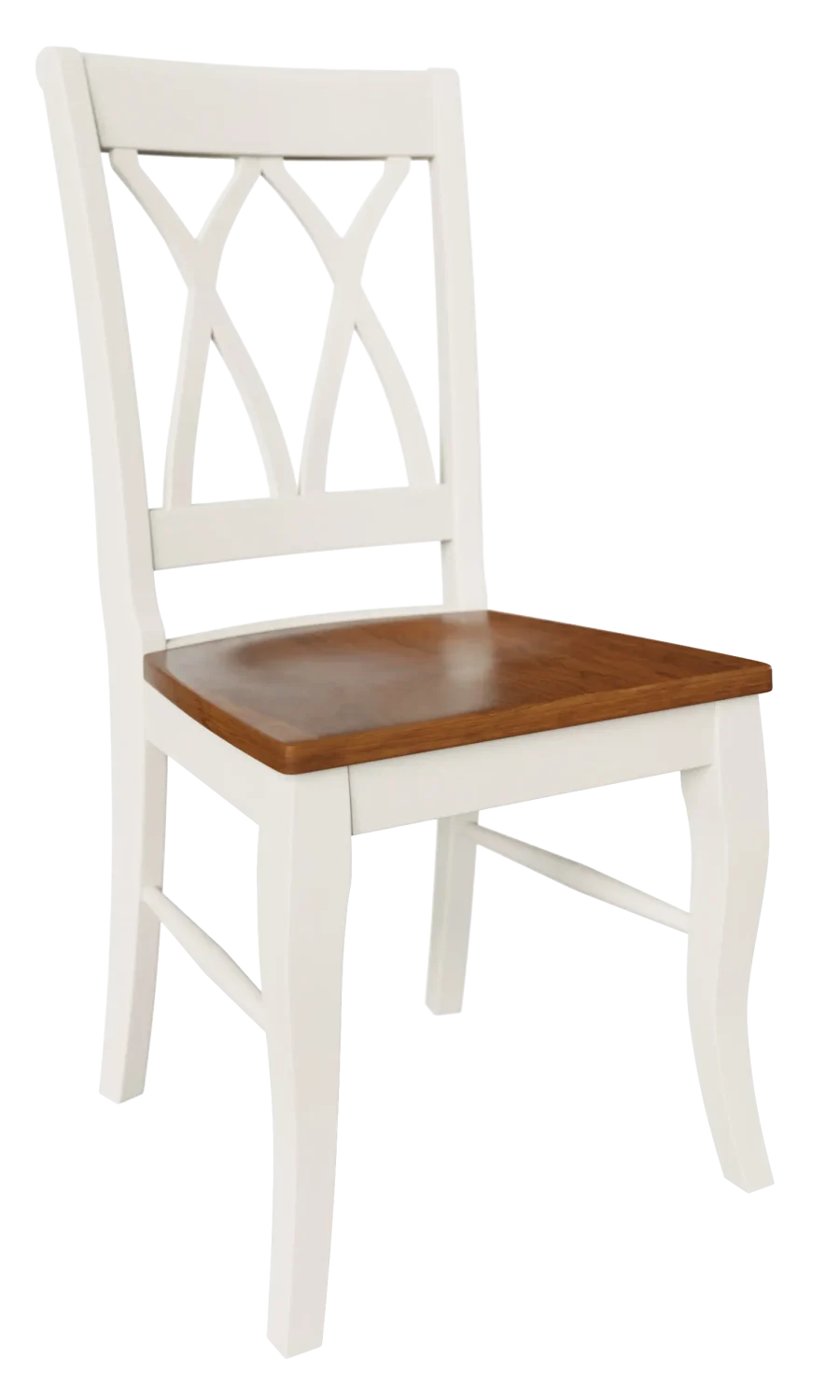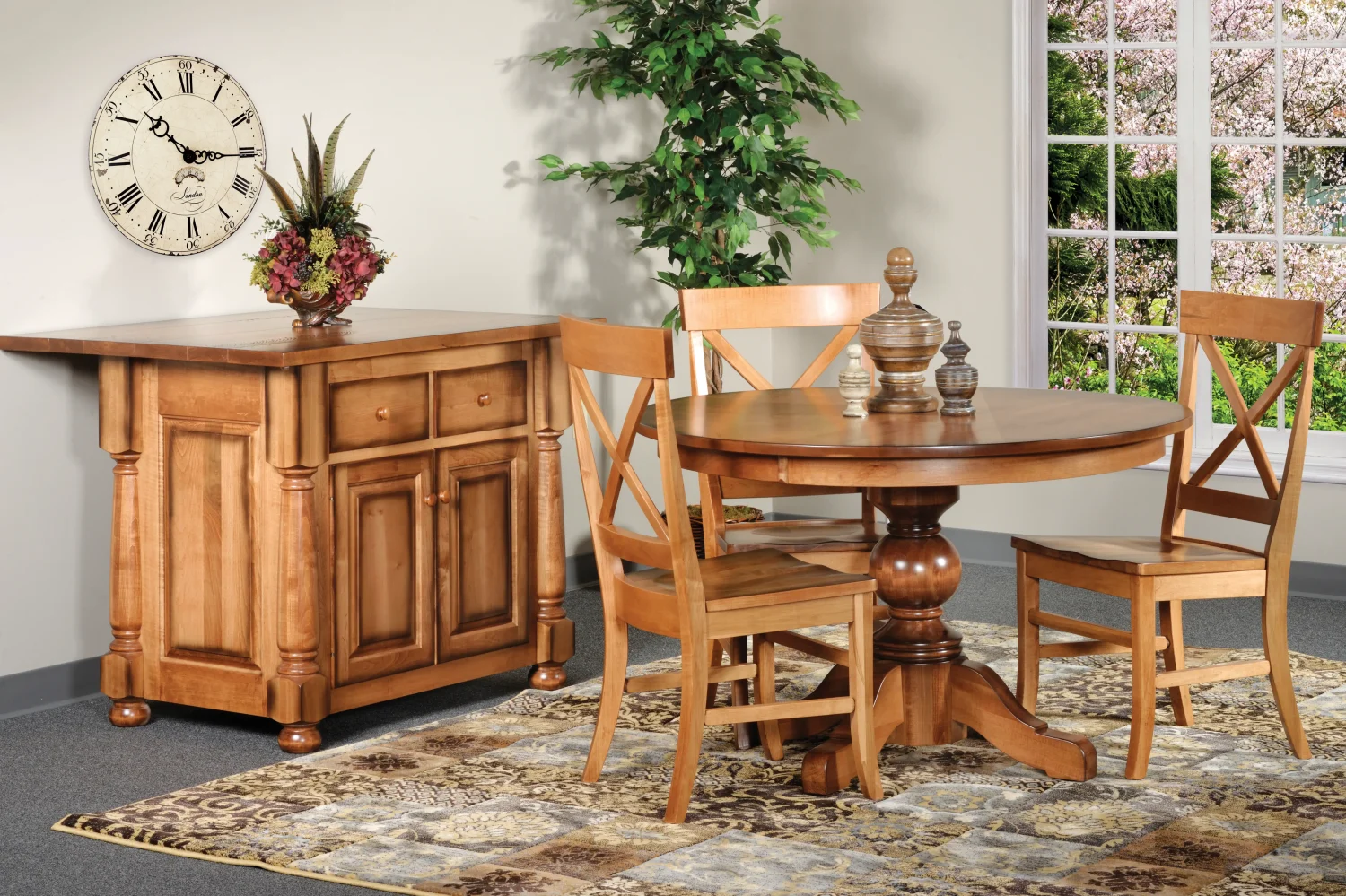
SOLID WOOD FURNITURE
When investing in solid wood furniture sets, a clear understanding of the term “solid wood” is paramount. In contrast to more economical, mass-produced alternatives constructed from engineered wood products such as particleboard and Medium-Density Fiberboard (MDF), authentic solid wood furniture is crafted from natural timber, renowned for its inherent durability, aesthetic appeal, and versatility.
Read more . . .
Solid Wood Furniture: Benefits, Types & Buying Guide: What Makes Real Solid Wood Different?
True solid wood comes directly from natural lumber, making it fundamentally different from engineered alternatives. Unlike particleboard (made from wood chips and sawdust bonded with resin) or Medium-Density Fiberboard (MDF), solid wood offers superior quality and durability.
Wondering which material is best for your furniture? Here’s what sets solid wood apart:
The Unmatched Benefits of Solid Wood Furniture
Natural Beauty That Stands Out
Each piece of solid wood furniture displays unique grain patterns – nature’s fingerprints that can’t be duplicated. These natural swirls and lines create warm, rich tones you simply won’t find in manufactured wood products.
Exceptional Durability
Solid wood furniture stands up to daily life challenges – from active kids to curious pets. Unlike cheaper alternatives, quality wood pieces resist wobbling, breaking, and chipping, often lasting for generations.
Timeless Appeal
Whether featuring clean, contemporary lines or traditional styling, solid wood furniture transcends passing trends. Its enduring appeal comes from quality craftsmanship and authentic materials rather than following short-lived fashion.
Smart Construction: Where Plywood Makes Sense
Quality furniture makers strategically use high-grade plywood in specific areas:
- Drawer bottoms
- Back panels
- Some larger side panels
Why use plywood at all? It’s actually a smart design choice. This targeted approach prevents warping and cracking that can happen with large solid wood panels during humidity changes. While the primary construction relies on solid wood for strength and beauty, using plywood in these specific areas improves the furniture’s stability and longevity.
The best manufacturers avoid particleboard entirely due to its poor moisture resistance and lower durability.
In a typical quality piece, you’ll find:
- Solid wood: Exterior frames, tops, drawer fronts, legs, decorative elements
- High-grade plywood: Drawer bottoms, backs, some interior components
Why Choose Solid Wood Furniture?
Built to Last Generations
Think of solid wood furniture as an investment. Like a house built with strong beams instead of thin boards, these pieces withstand decades of use, often becoming cherished family heirlooms.
Authentic Beauty
The natural warmth and character of solid wood creates an authenticity that manufactured materials can’t match. Each piece tells its own story through unique grain patterns and subtle color variations that bring nature into your home.
Healthier for Home and Environment
Responsibly sourced solid wood furniture offers advantages beyond beauty:
- Contains fewer chemicals than many engineered woods
- Creates less waste through longevity
- Often uses renewable resources
- Improves indoor air quality
- Some of Millwest’s solid wood vendors follow sustainable timber harvesting practices, ensuring responsible sourcing from well-managed forests
What to Look For When Shopping
Understanding Wood Types
Different woods offer varying benefits:
- Hardwoods (oak, maple, cherry, walnut): Generally more durable with distinctive grain patterns
- Softwoods (pine, cedar): Often more affordable but may show wear more easily
Research which type best matches your needs and style preferences.
Quality Construction Indicators
Check these important features:
- Joinery: Look for dovetail joints in drawers and mortise and tenon connections instead of just staples or glue
- Frame stability: Ensure case pieces don’t wobble; corner blocks add strength
- Drawer quality: Solid wood construction with smooth sliding action
- Hardware: Choose solid metal over plastic or lightweight materials
Assessing Your Needs
Consider these practical factors:
- Usage intensity: High-traffic areas need harder woods and durable finishes
- Style compatibility: Choose pieces that complement your existing décor
- Size and function: Measure spaces and confirm storage requirements
- Budget: Understand that quality solid wood commands higher prices but offers better long-term value
Ethical Considerations
- Look for sustainable forestry certifications like FSC
- Consider supporting local craftspeople when possible
- Ask about the company’s environmental practices
- Millwest works with vendors who practice sustainable timber harvesting, helping to preserve forest ecosystems while providing high-quality solid wood
The Value Proposition of Solid Wood
While solid wood furniture costs more initially, it provides exceptional value through:
- Multigenerational durability
- Developing richer character with age
- Stylistic versatility
- Potential to appreciate in value
- Sustainability benefits
- Health advantages of natural materials
- Customization possibilities
- Ease of maintenance and repair
Learn More About Our Solid Wood Collections
Have questions about finding the perfect solid wood piece for your home? Contact our furniture specialists today!
- All
- Armoires
- Bar Stools
- Bedroom
- Beds
- Benches
- Benches
- Bookcases
- Buffets
- Chairs
- Chests
- Coffee Tables
- Collections
- Day Beds
- Desks
- Dining
- Dressers
- End Tables
- Entertainment
- File Cabinets
- Hutch Tops
- Hutches
- Islands
- Lingerie Chests
- Mirrors
- Nightstands
- Occasionals
- Office
- Servers
- TV Stands
- Tables

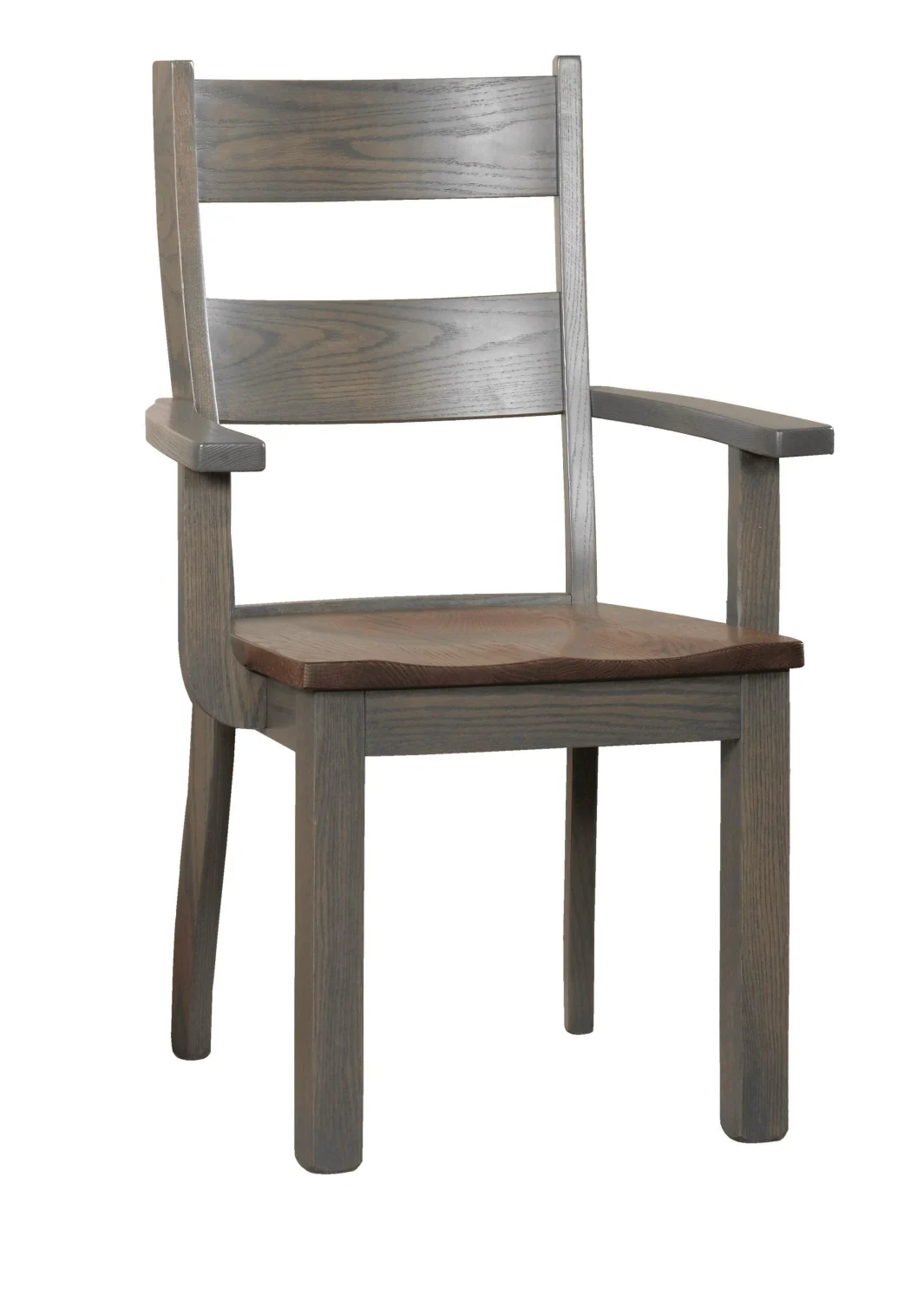
Amish Barnwood Arm Chair
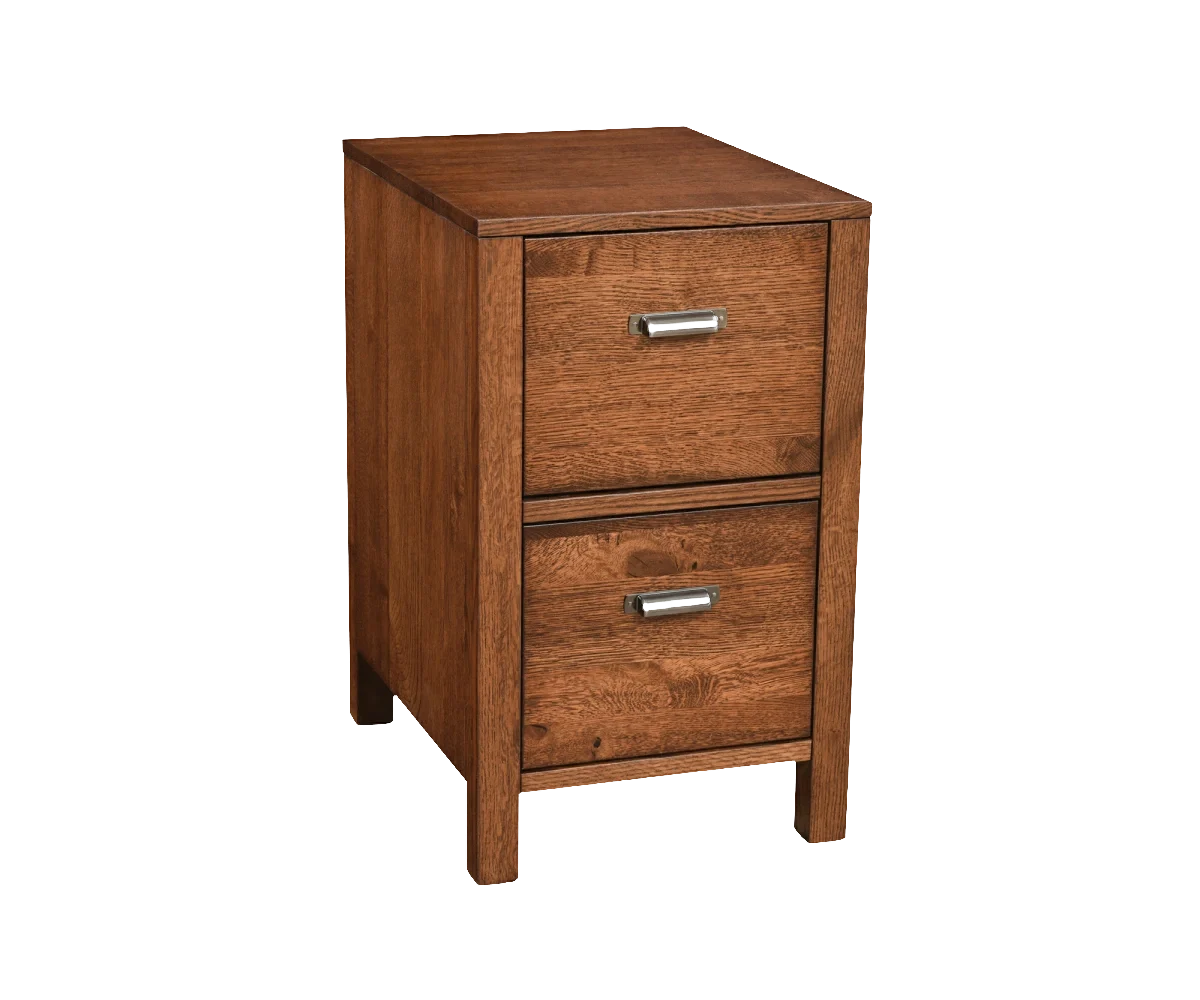
Amish Wakefield 2 Drawer File Cabinet

Amish Easy tymes 3-Drawer Nightstand

Amish Sara Ann 4 Door Hutch, Top Only
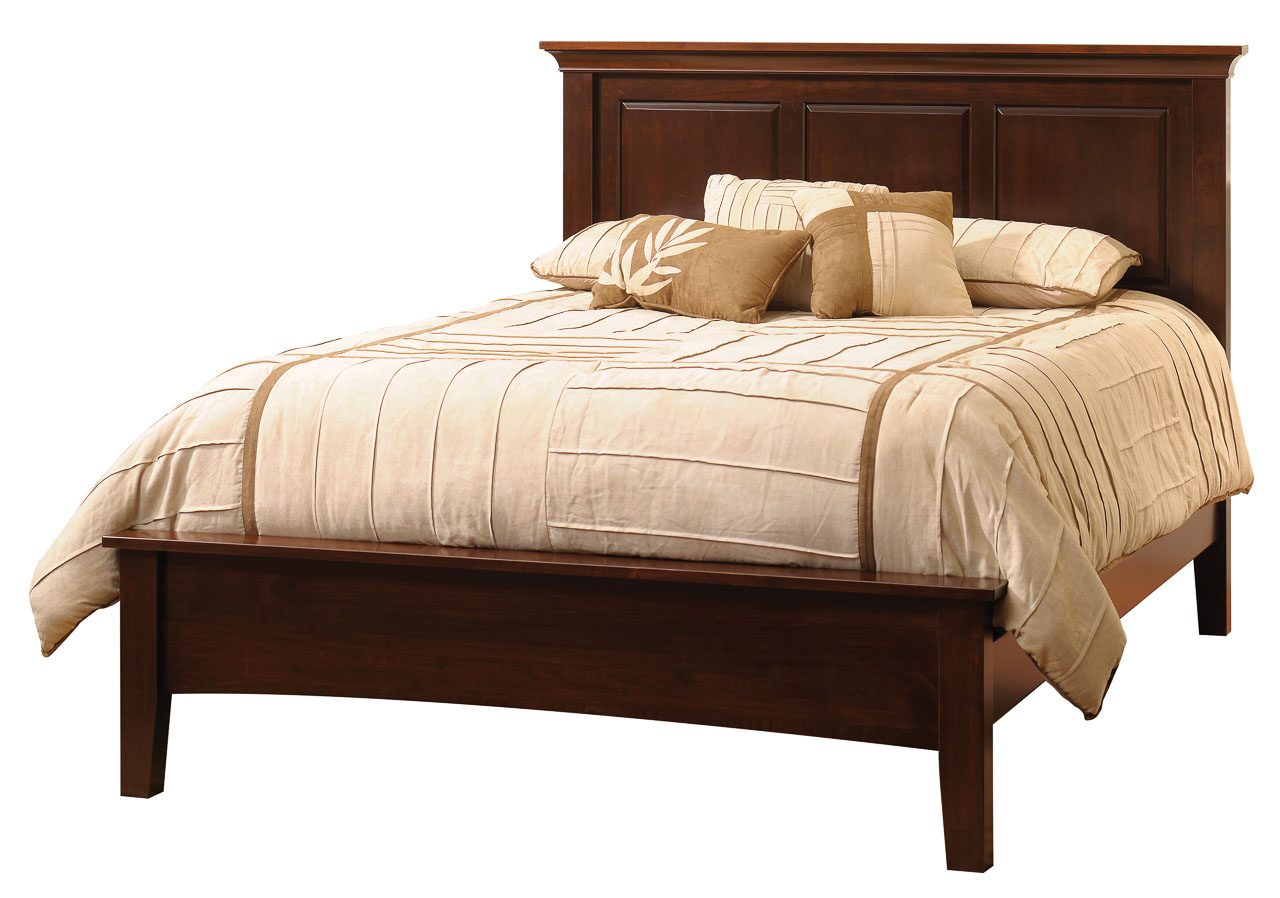
Amish Ellington Bed
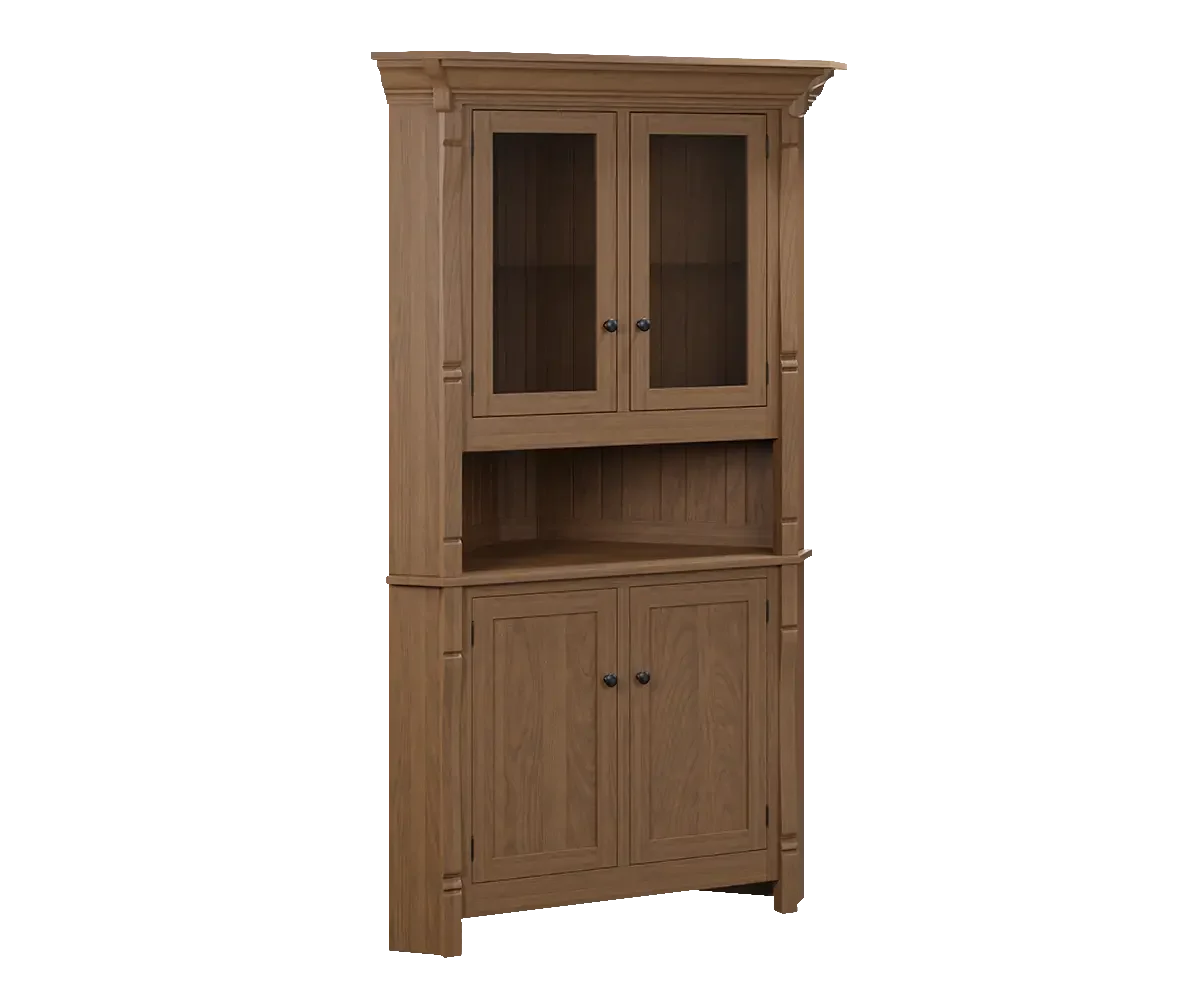
Amish Ashville Corner Hutch, Top Only
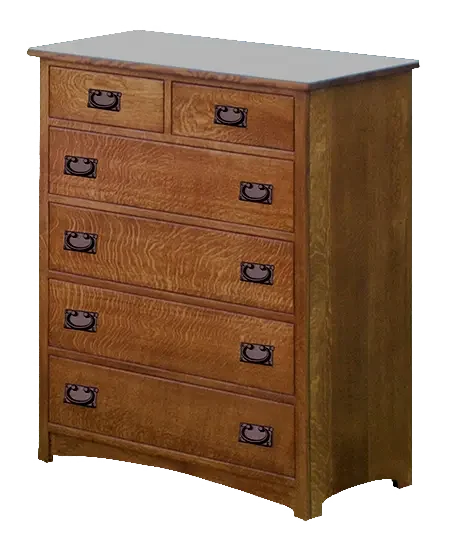
Amish Empire Mission 6 Drawer Chest
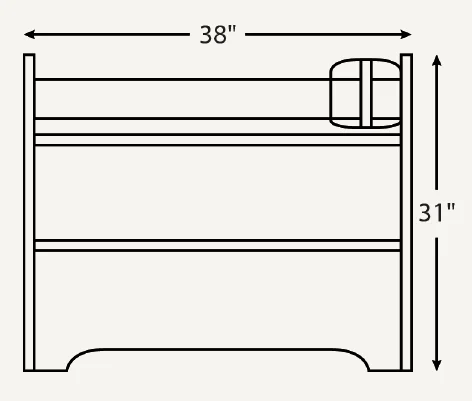
Amish Economy Hutch
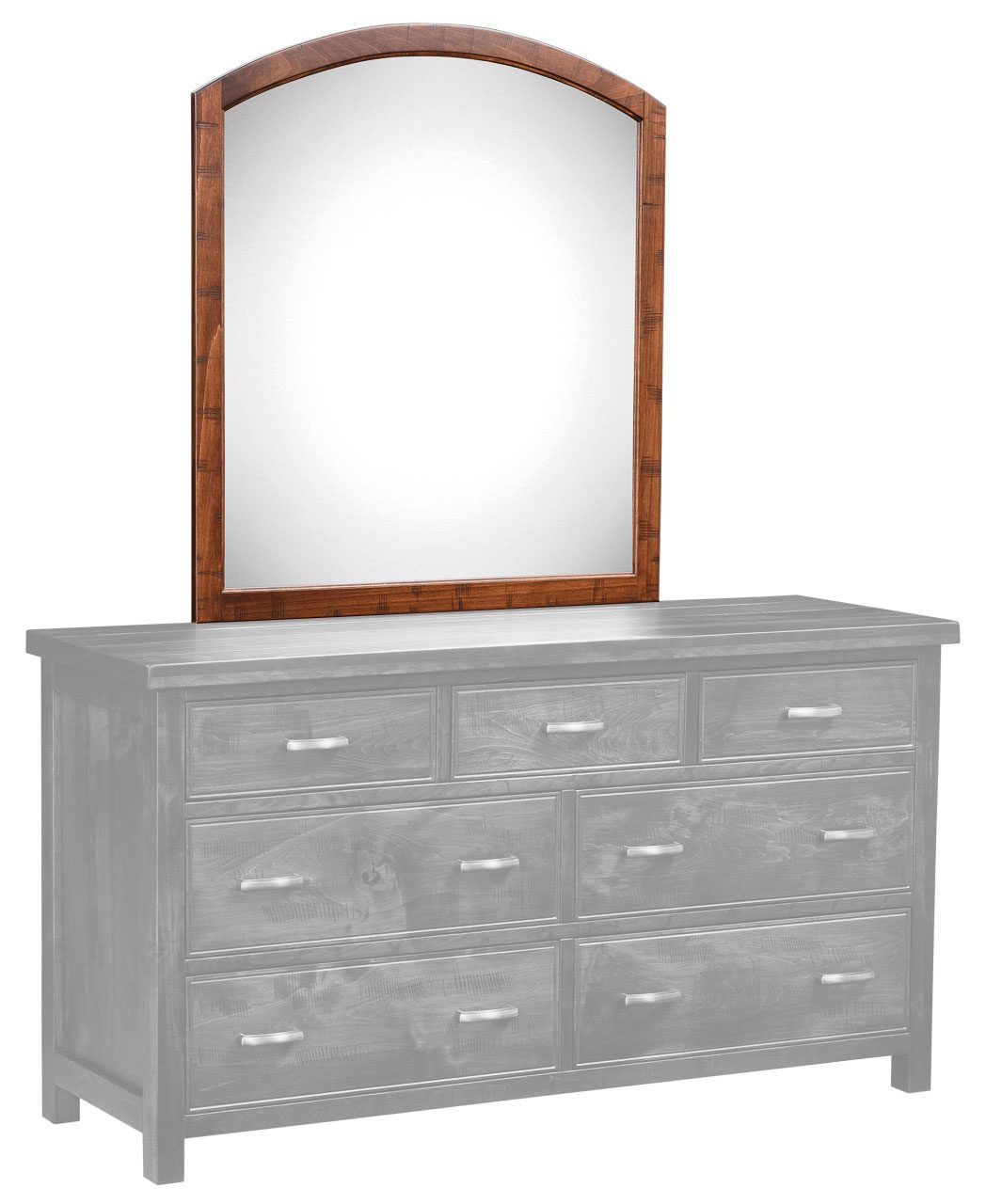
Amish Timbermill Arch Mirror
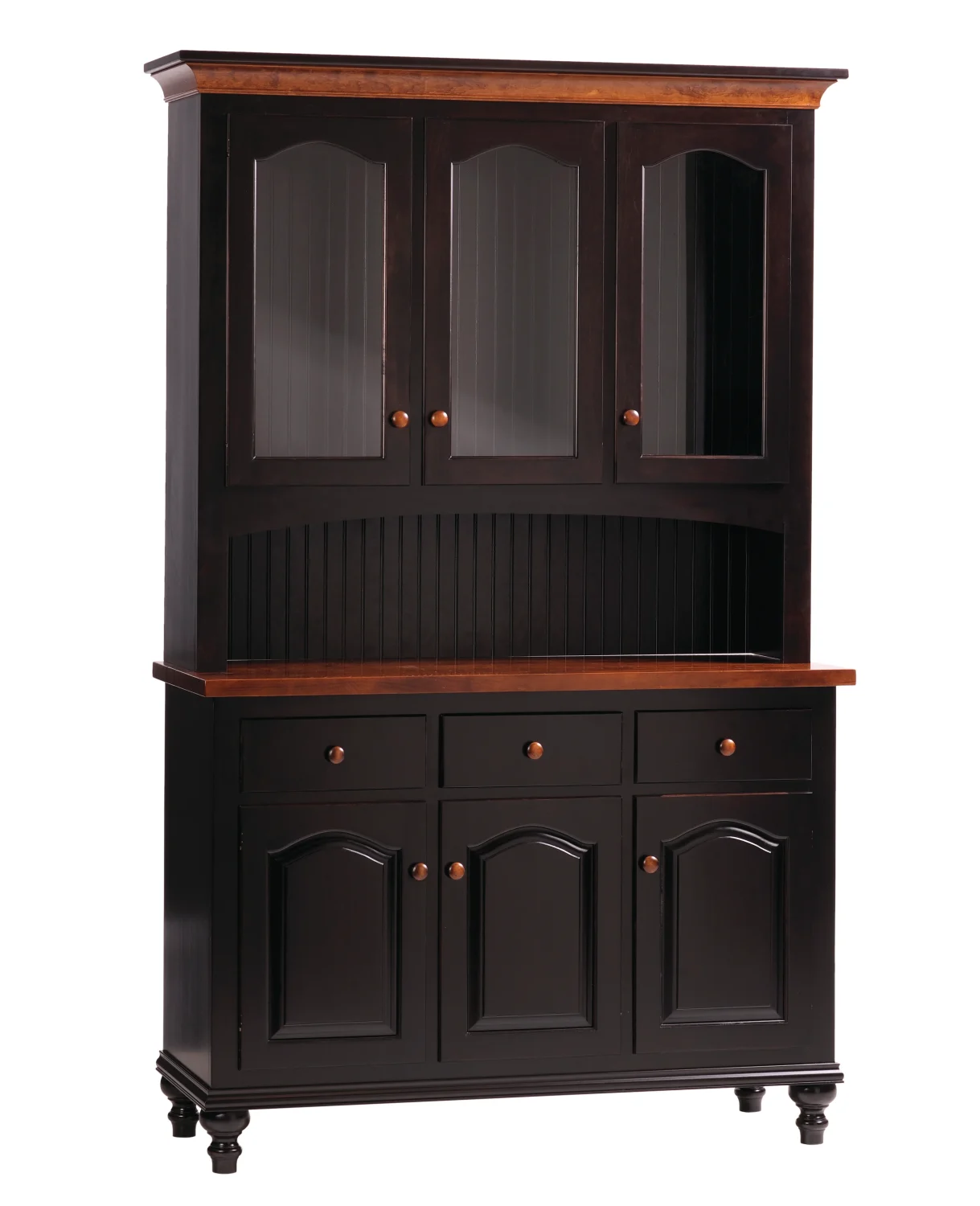
Amish Olympia 2 Door Hutch, Top Only Only
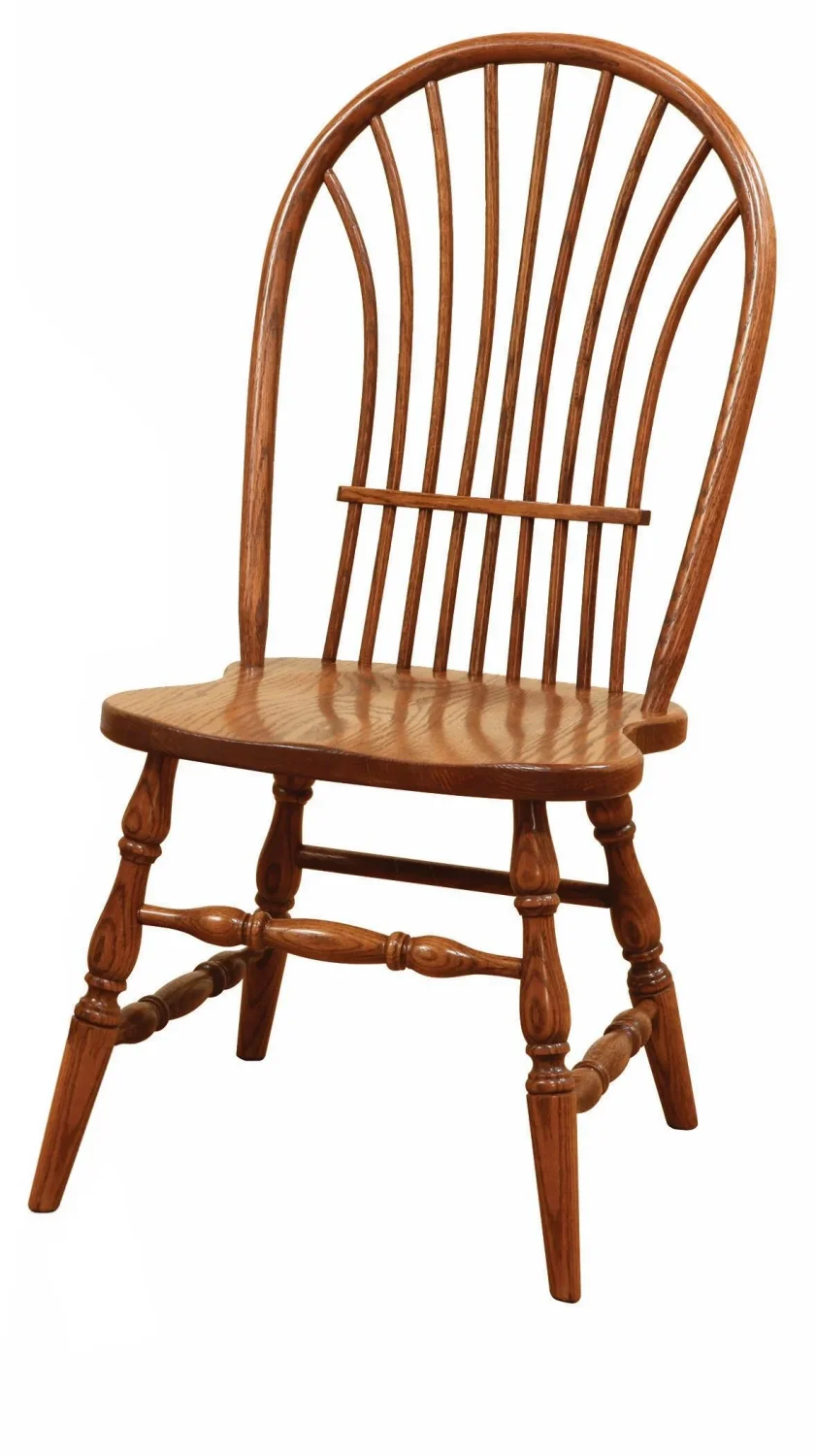
Amish Heritage Side Chair

Amish Duchess Nightstand with 1 Drawer and Open
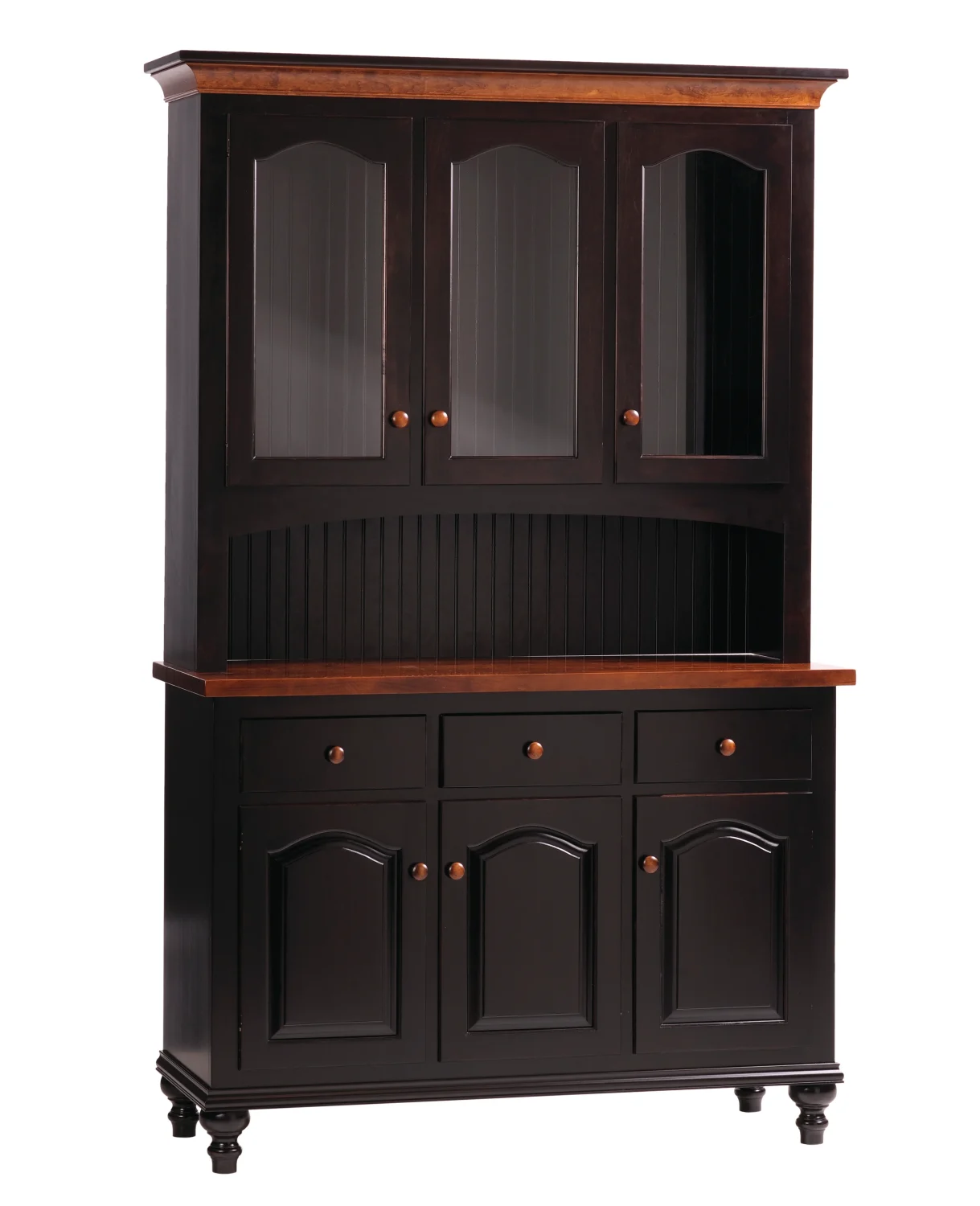
Amish Olympia 4 Door Hutch, Top Only Only
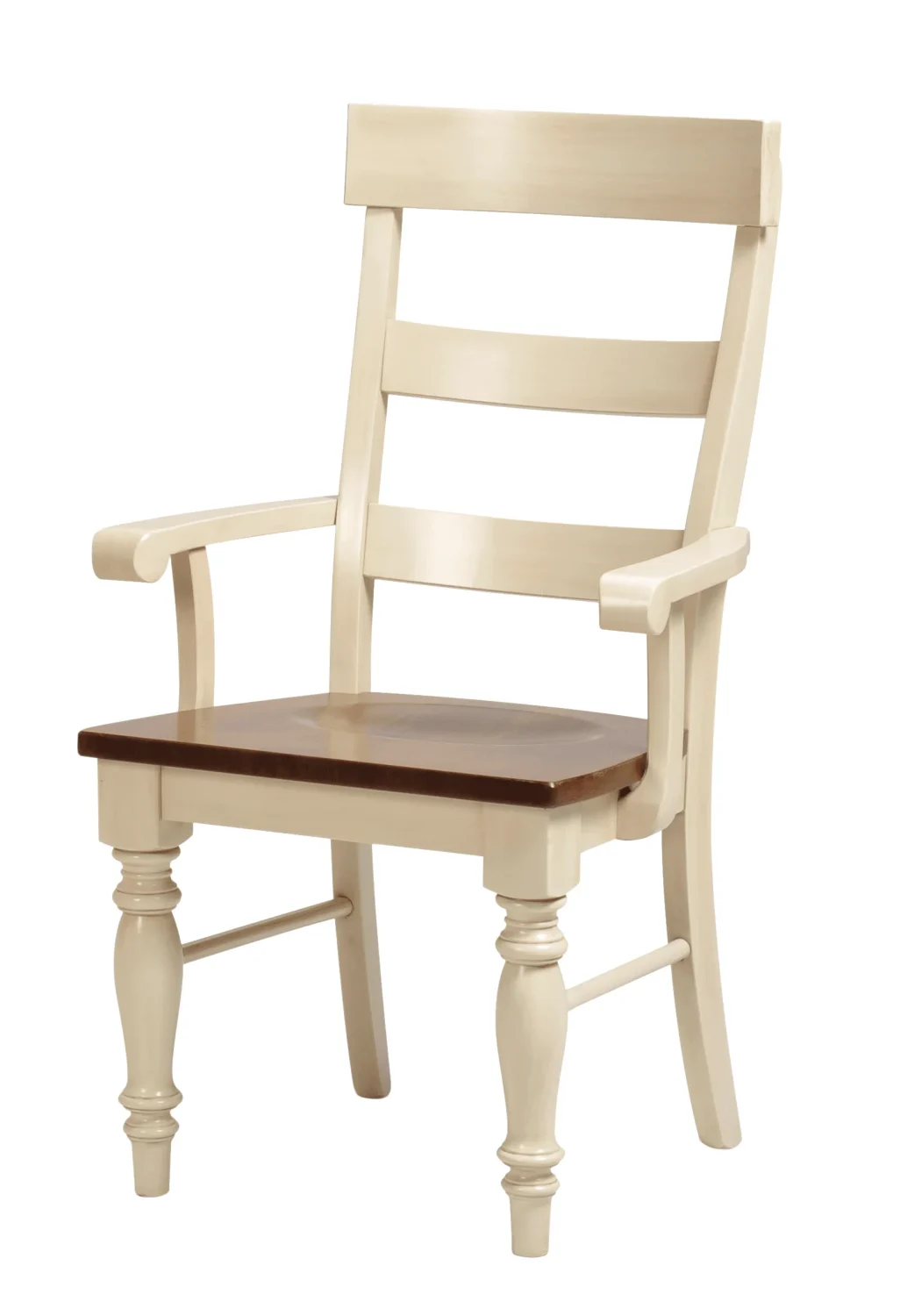
Amish Addison Arm Chair

Amish Duchess Lingerie Chest
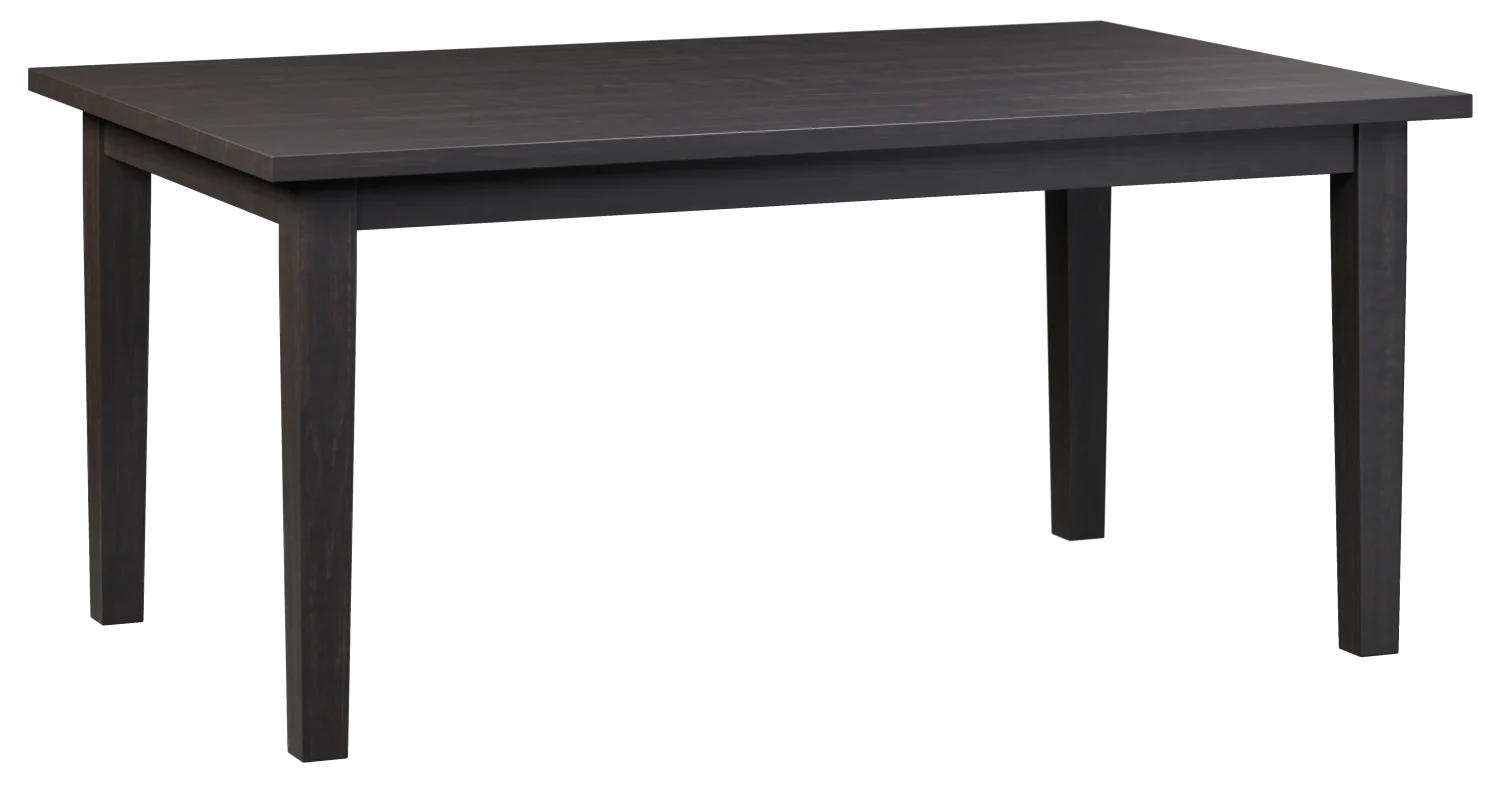
Amish Newbury Table
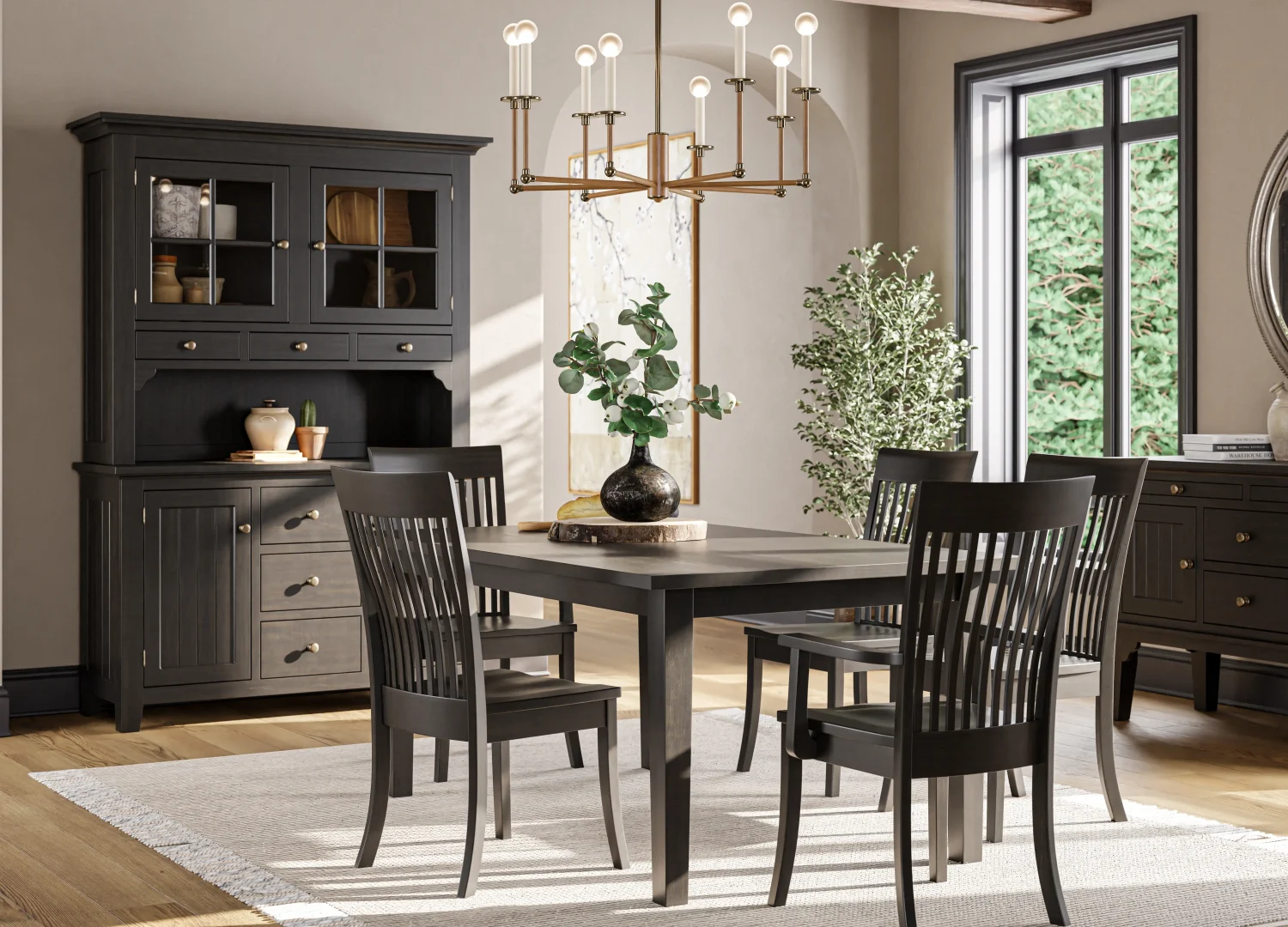
Newbury Collection
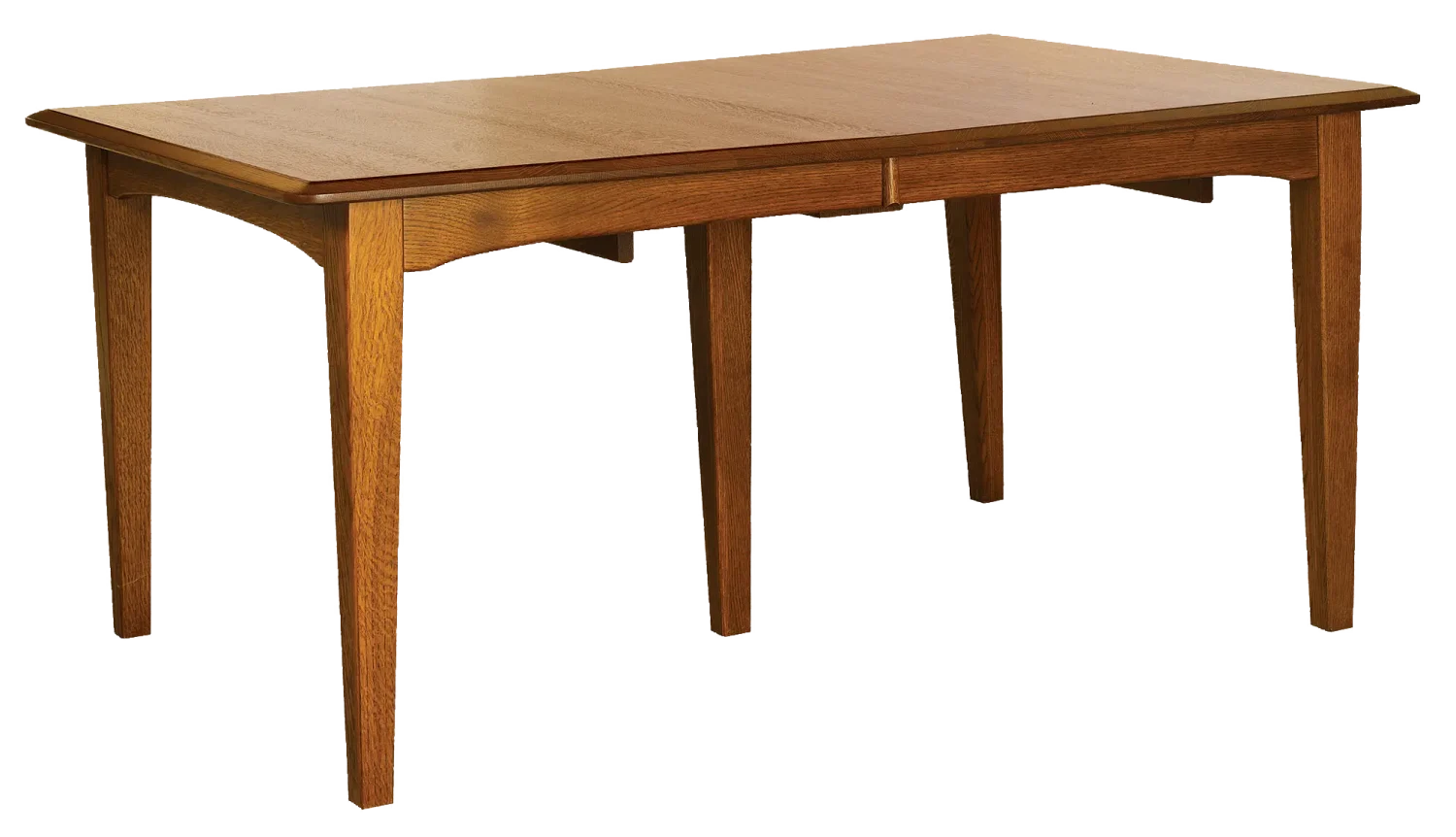
Amish Mary Ann Table – Solid Top
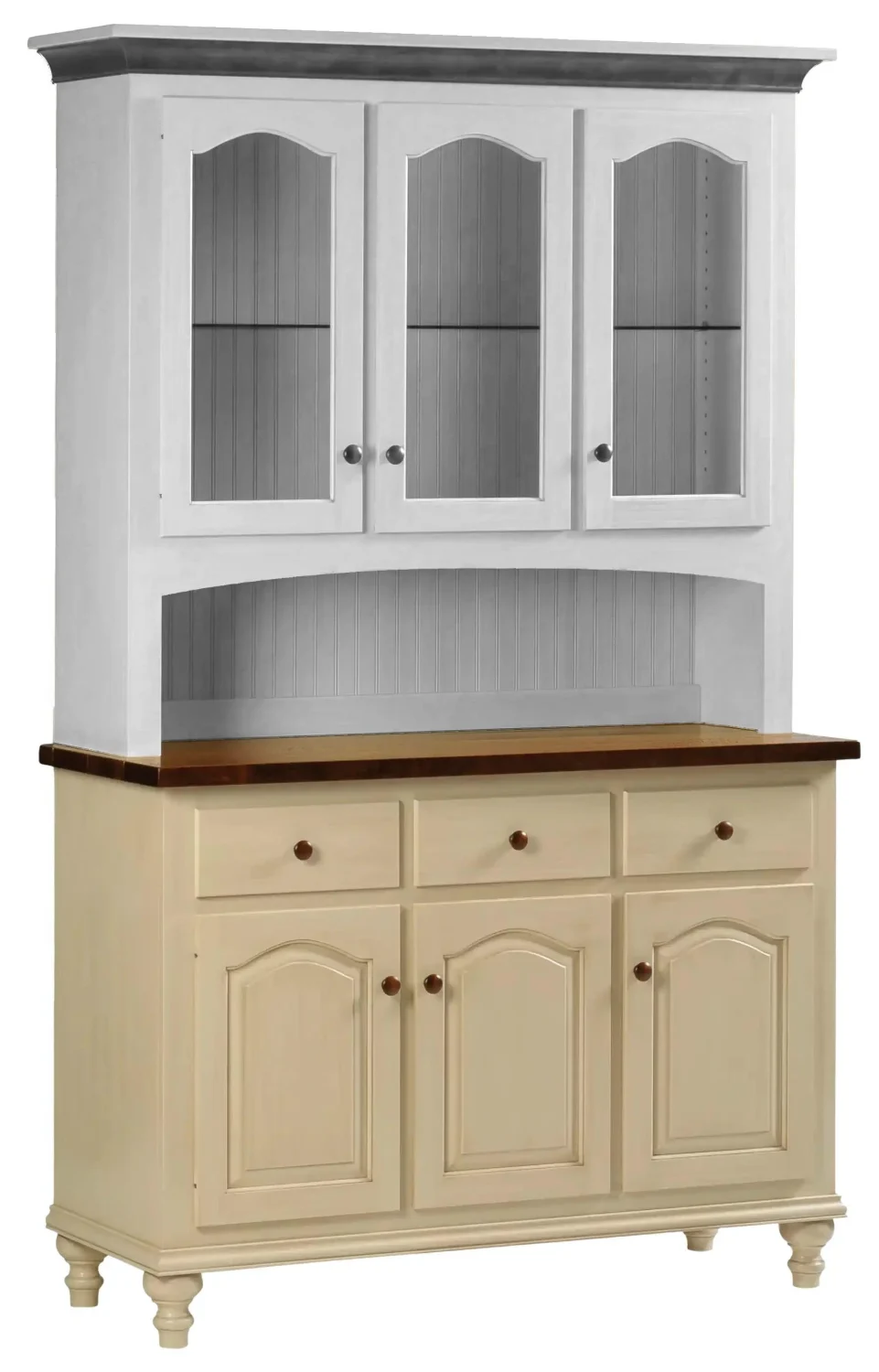
Amish Addison 3 Door Hutch, Base Only
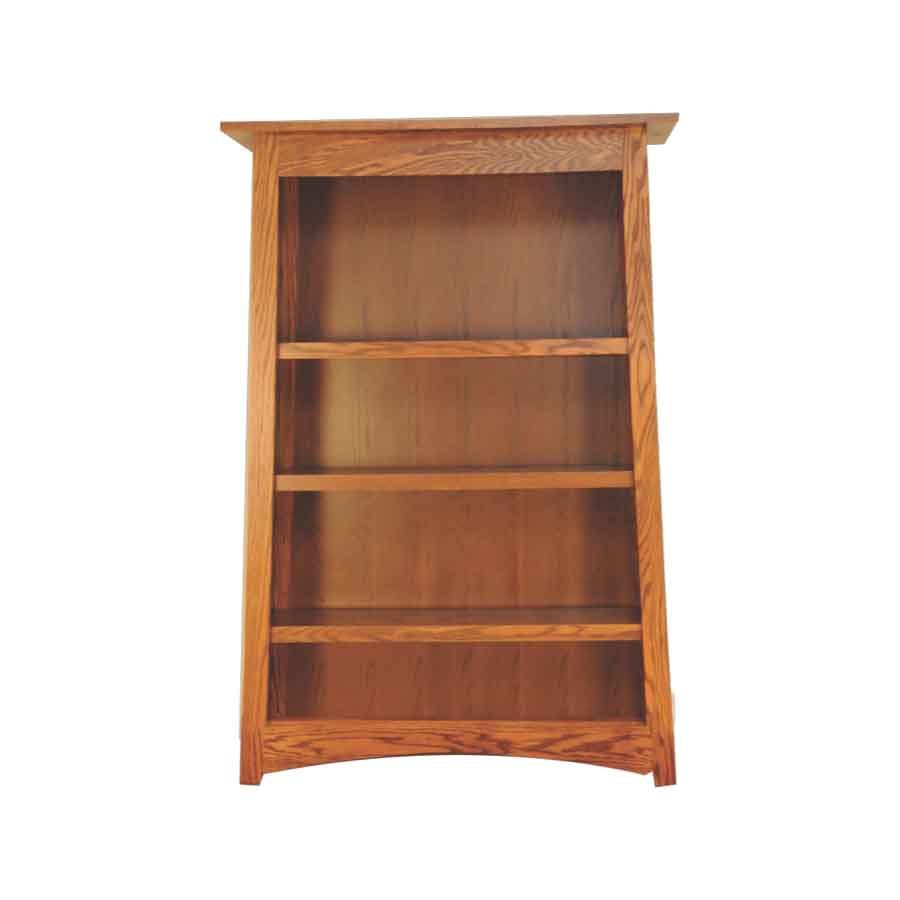
Amish Arts & Craft Bookshelf
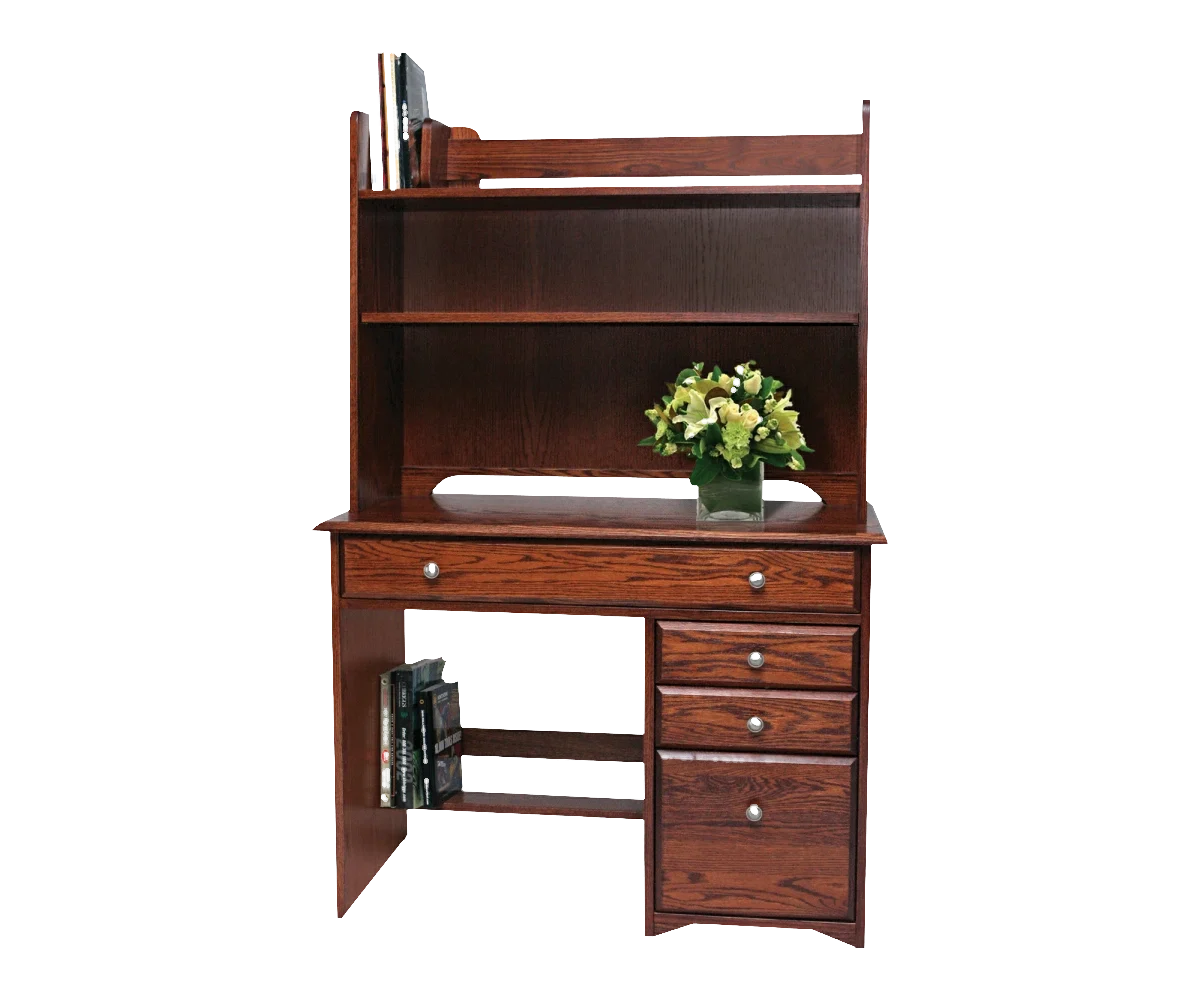
Amish Economy Desk (w/ Optional Hutch)
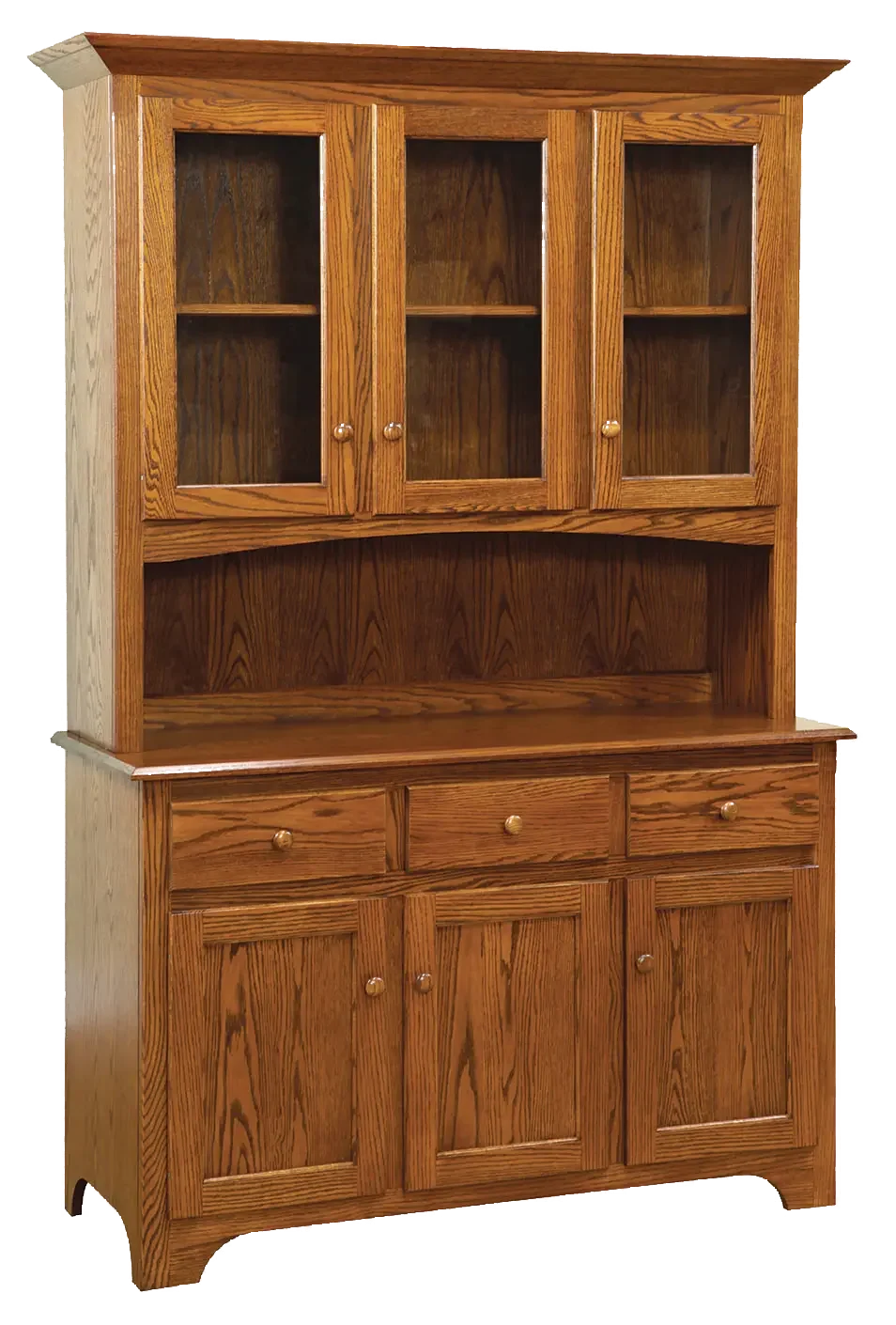
Amish Shaker 4 Door Hutch, Top Only

Amish Meridian 66″ Tall Dresser Only

Lexington Collection
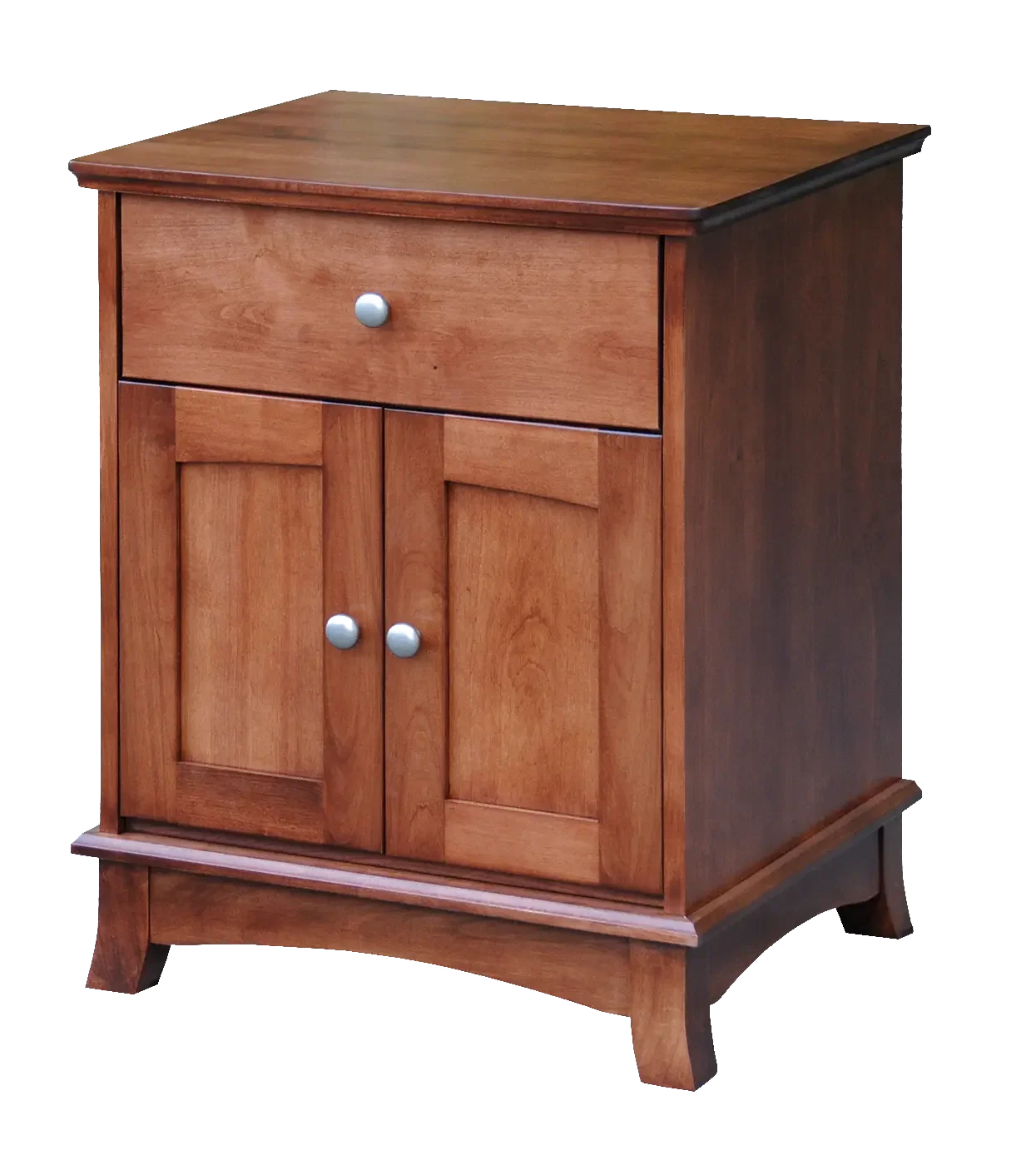
Amish Crescent Nightstand with 1 Drawer, 2 Doors
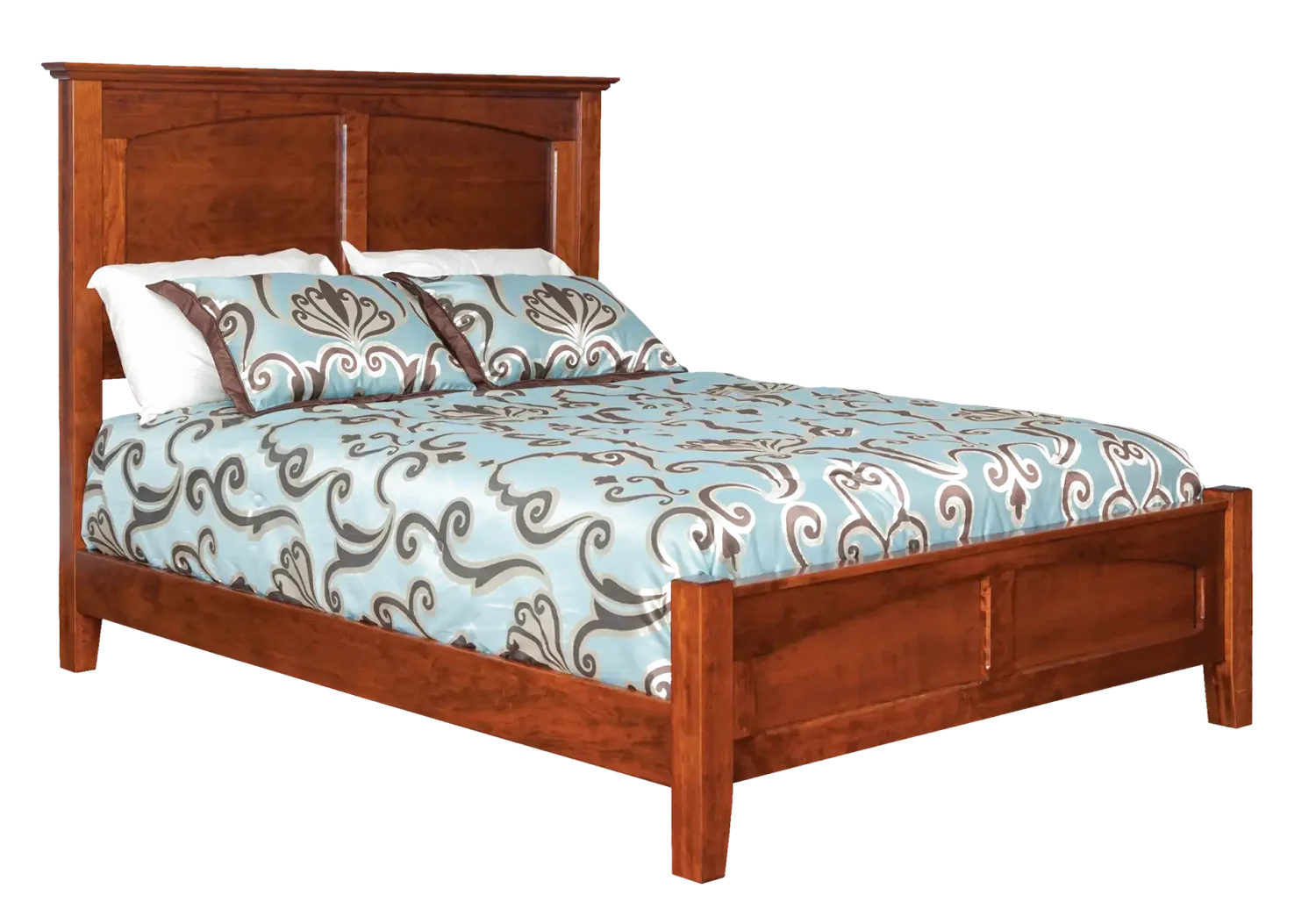
Amish Shaker Panel Bed
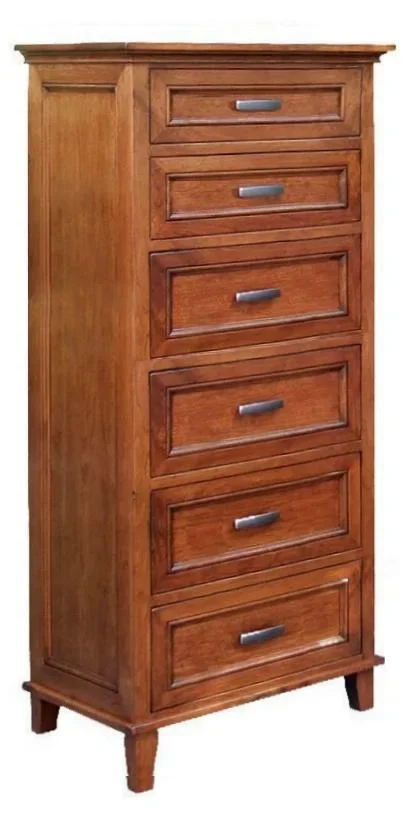
Amish Brooklyn Lingerie Chest

Farmhouse Bedroom Collection

Amish Craftsman Executive Desk

Amish Avon Bed

Amish Denali Bed

Amish Denali 1 Drawer Nightstand with Shelf
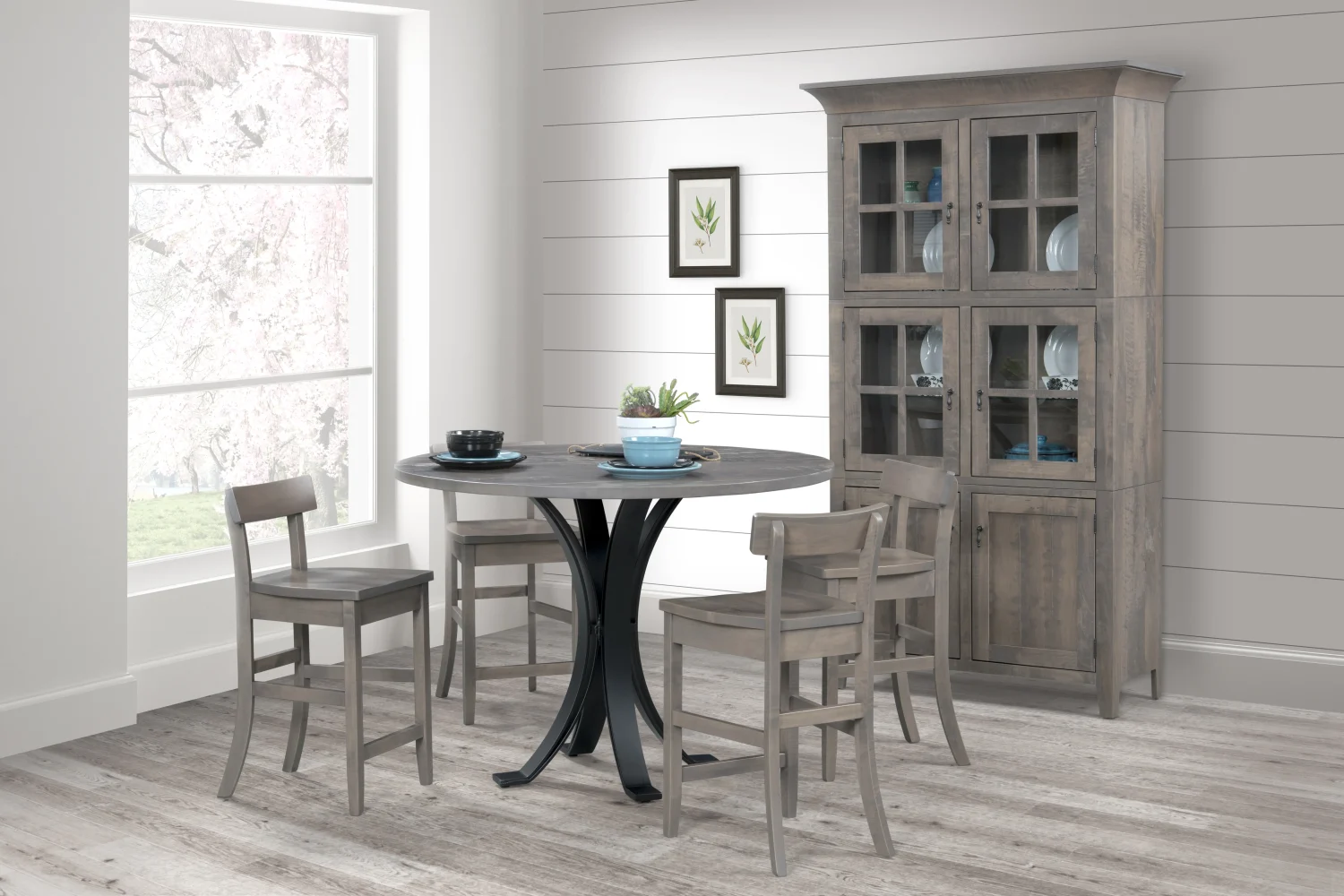
Lakeside Dining Collection
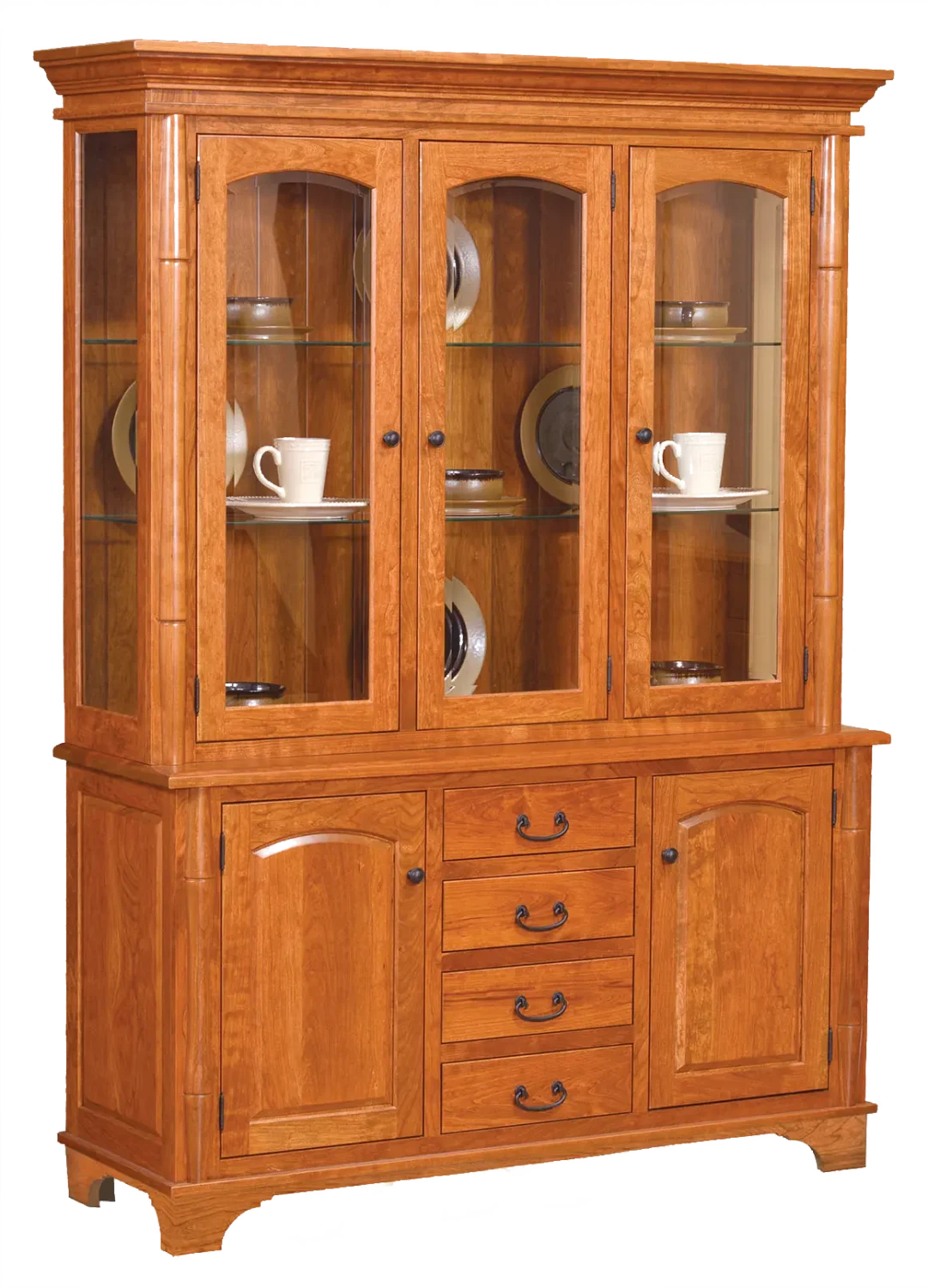
Amish Concord 3 Door Hutch, Top Only

Amish Traditional Four-Drawer File Cabinet*

Amish Country Bed
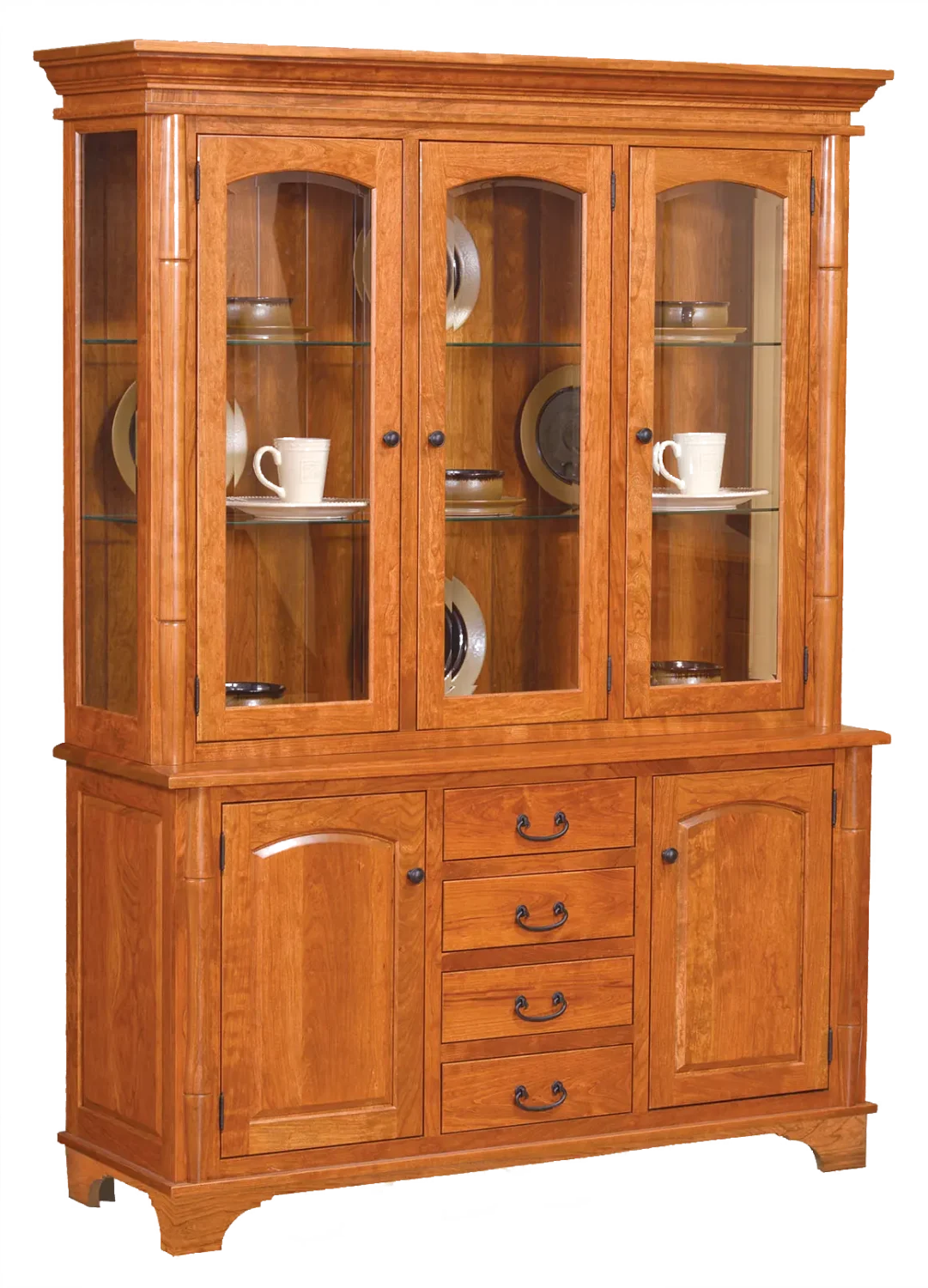
Amish Concord 3 Door Hutch, Base Only

Amish Farmhouse 3 Drawer Nightstand

Amish Farmhouse 1 Drawer 2 Door Nightstand

Amish Chloe 44″ Bench

Amish Beaded Panel Country Bed
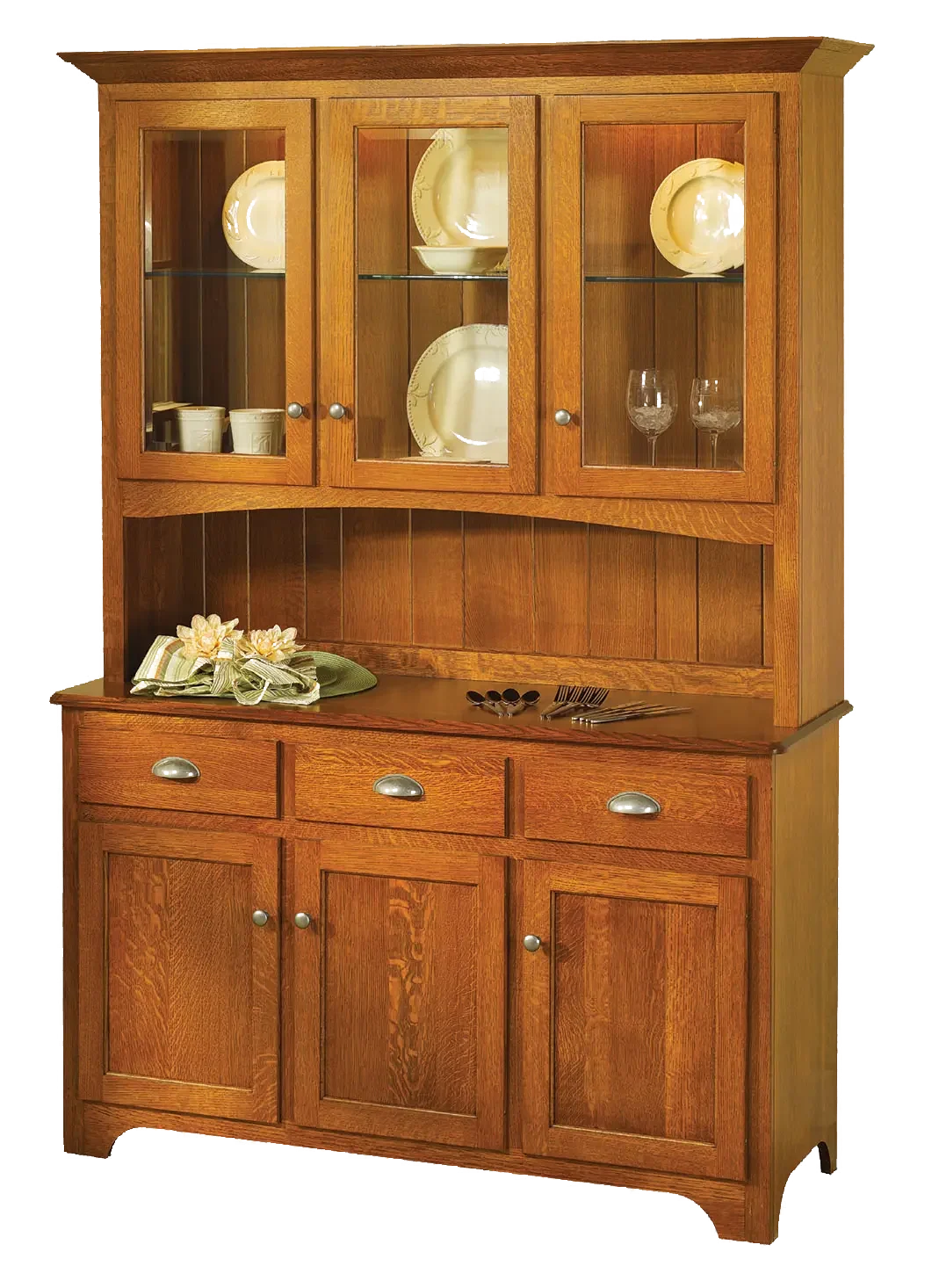
Amish Mary Ann 2 Door Hutch, Top Only

Duchess Bedroom Collection
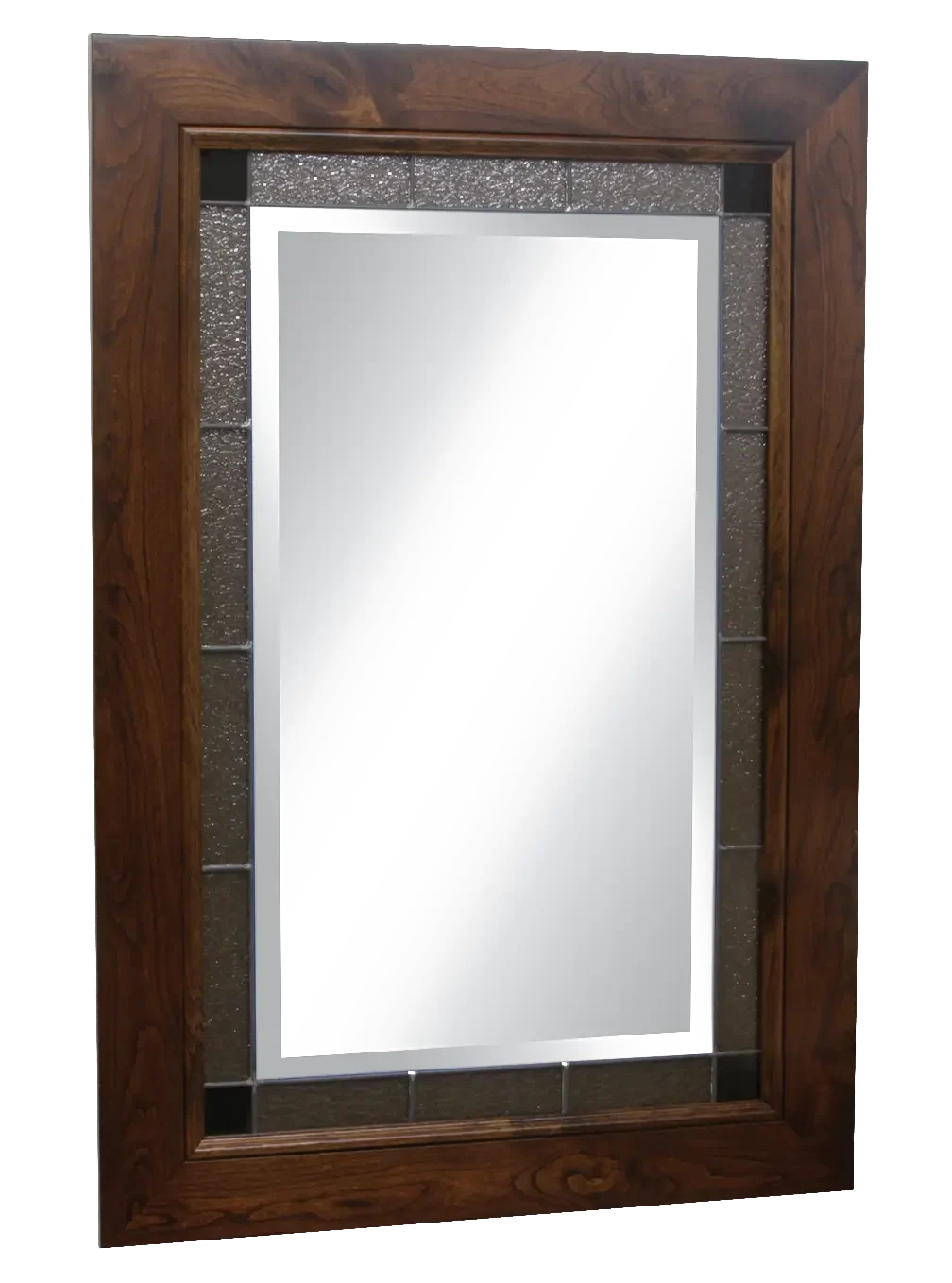
Amish Brooklyn Shaker Portrait Leaded Wall Mirror
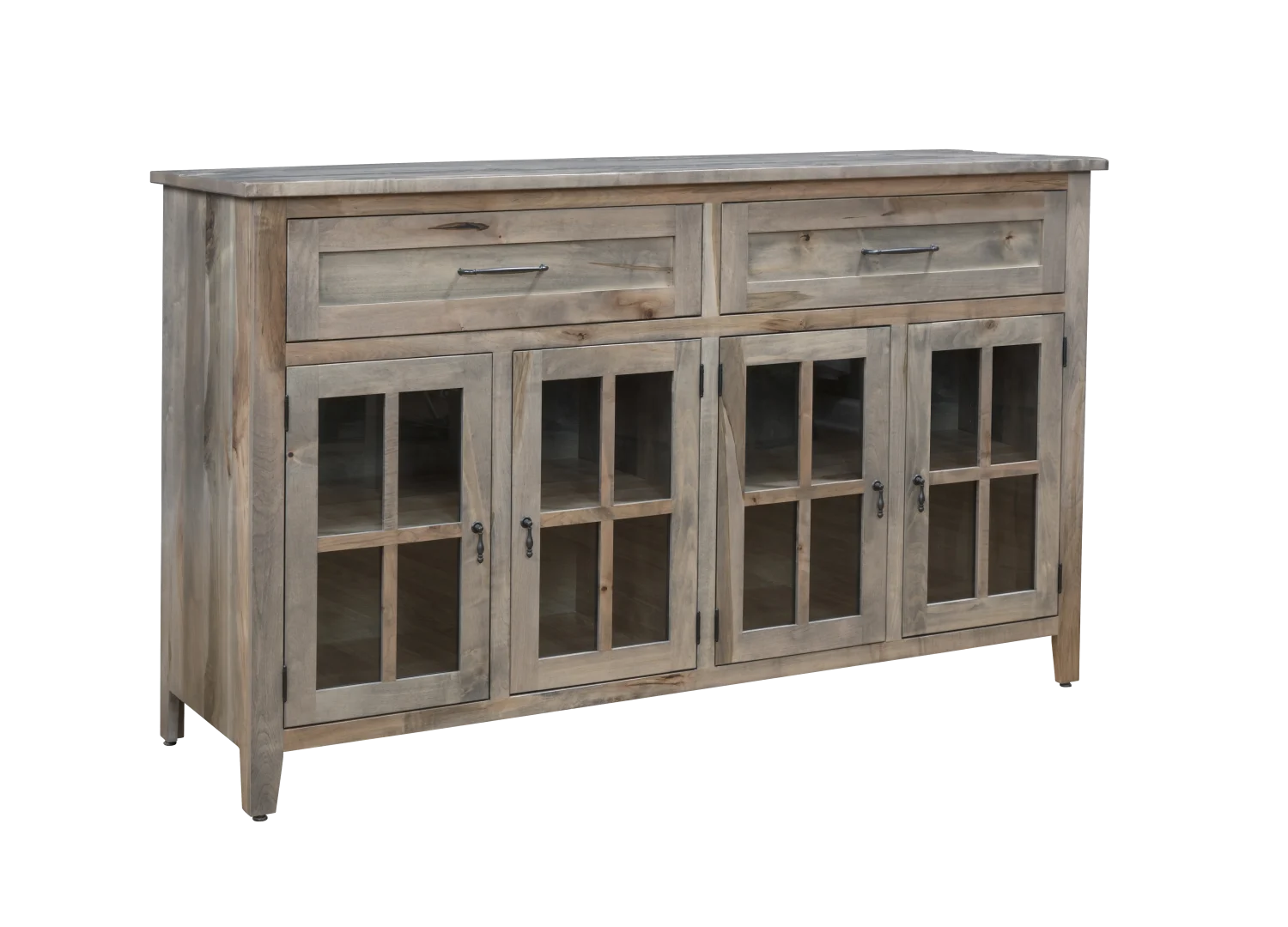
Amish Liberty Side Board
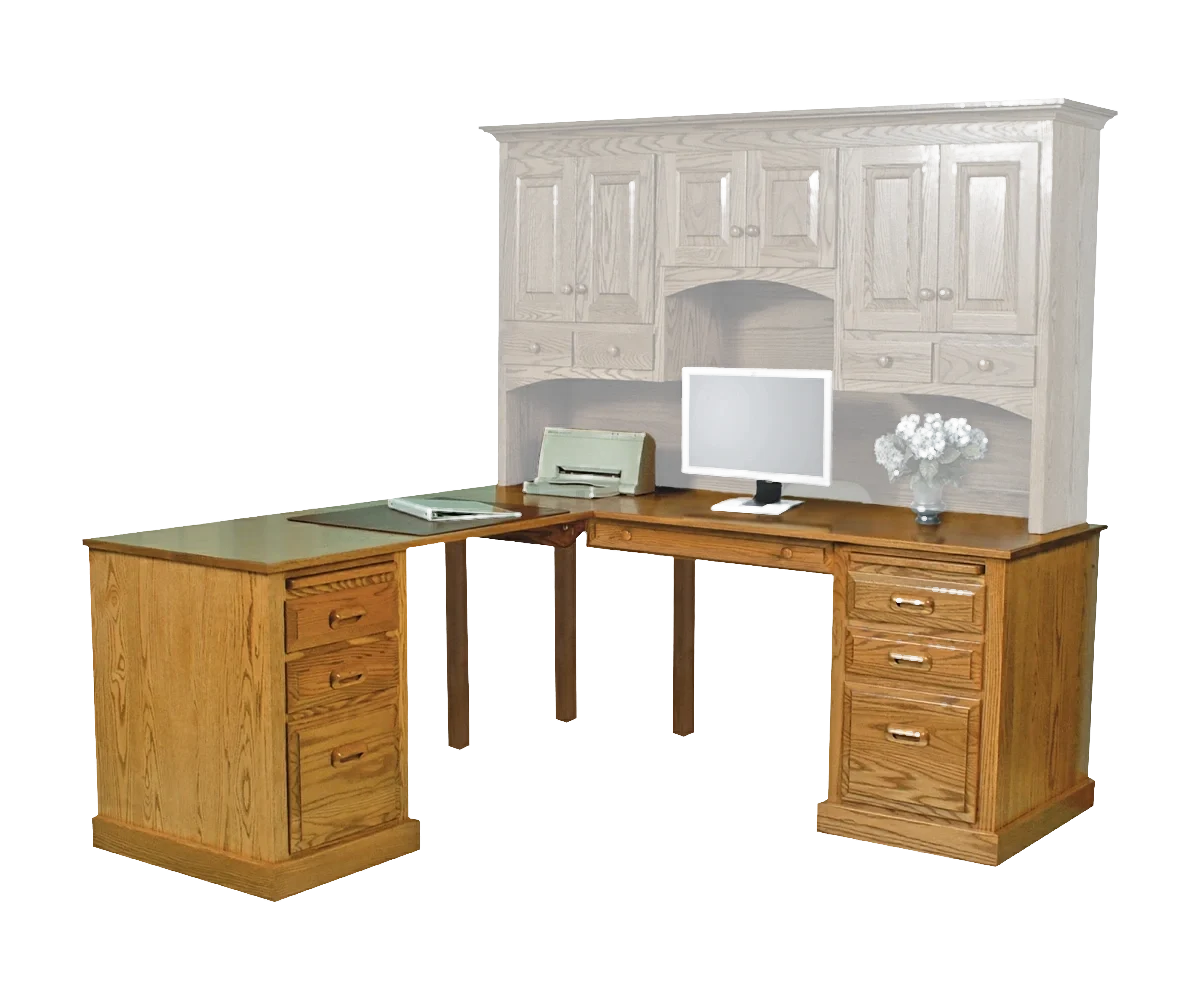
Amish Traditional Corner Computer Desk*

Amish Laurel Corner Computer Desk*
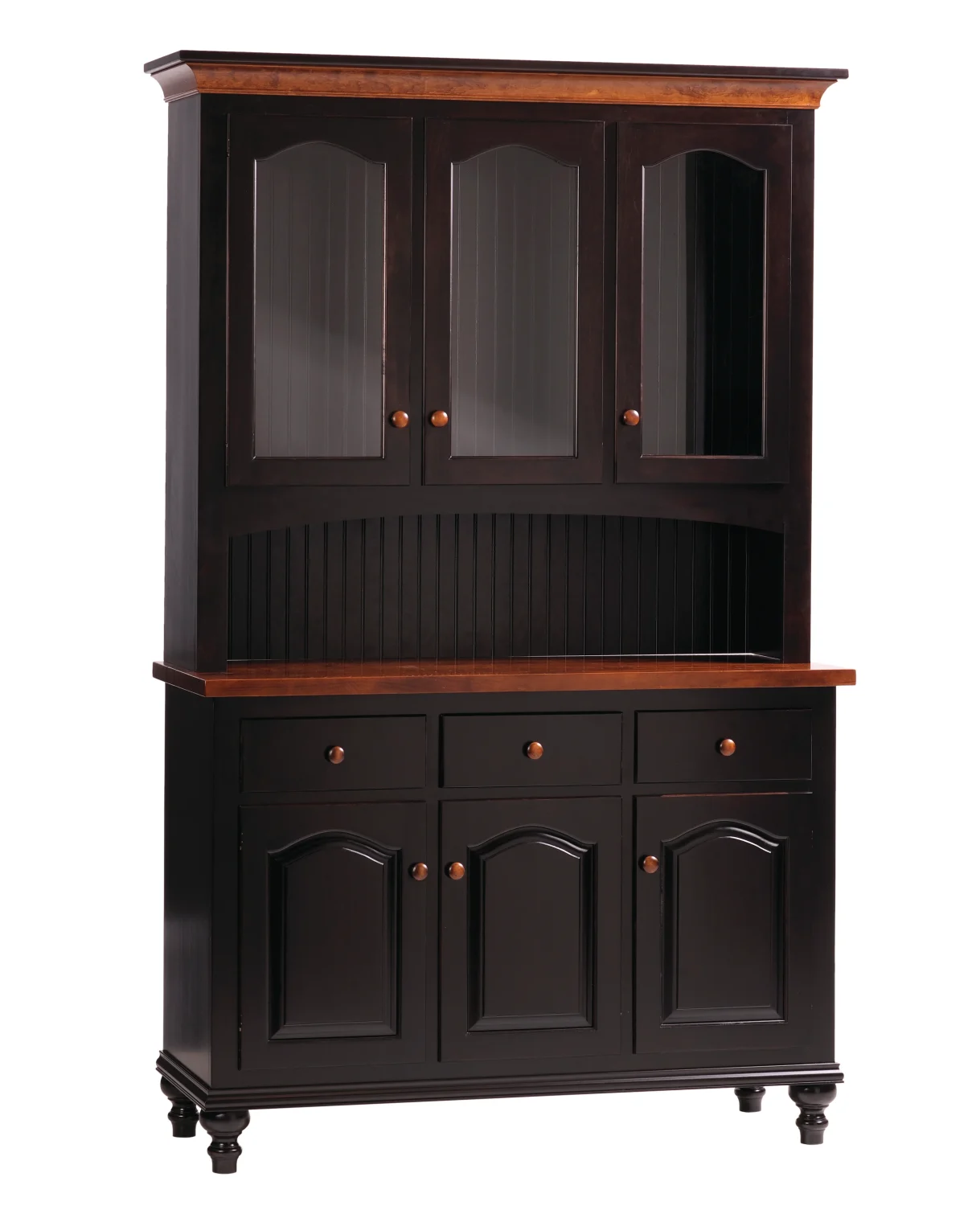
Amish Olympia 3 Door Hutch, Base Only Only
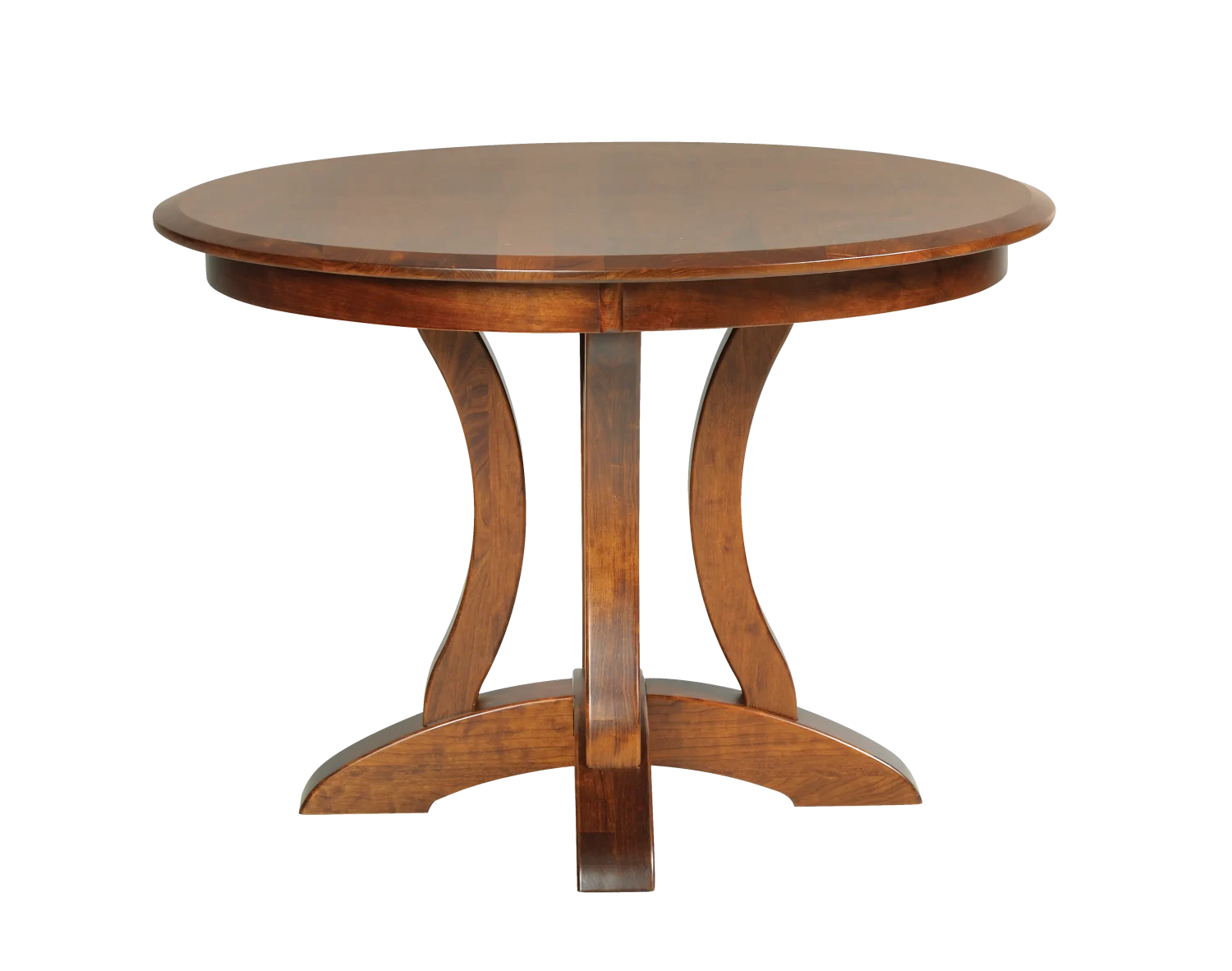
Amish Porter Table

Amish Brooklyn Nightstand with 3 Drawers
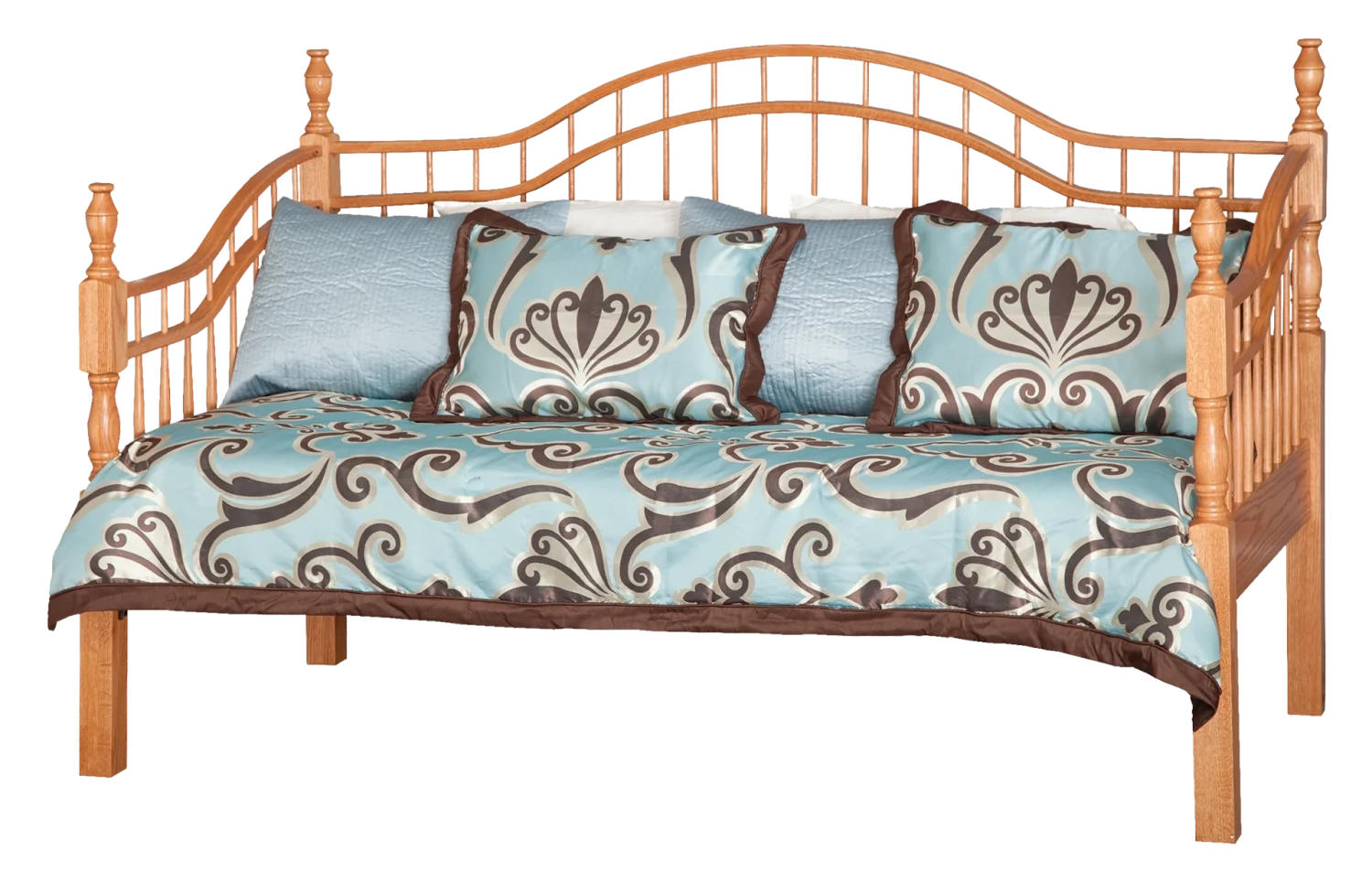
Amish Double Bow Day Bed

Amish Shaker Nightstand with 2 Drawer or 1 Drawer, 1 Door

Amish Traditional 48″ Bookcase* (Drawing)
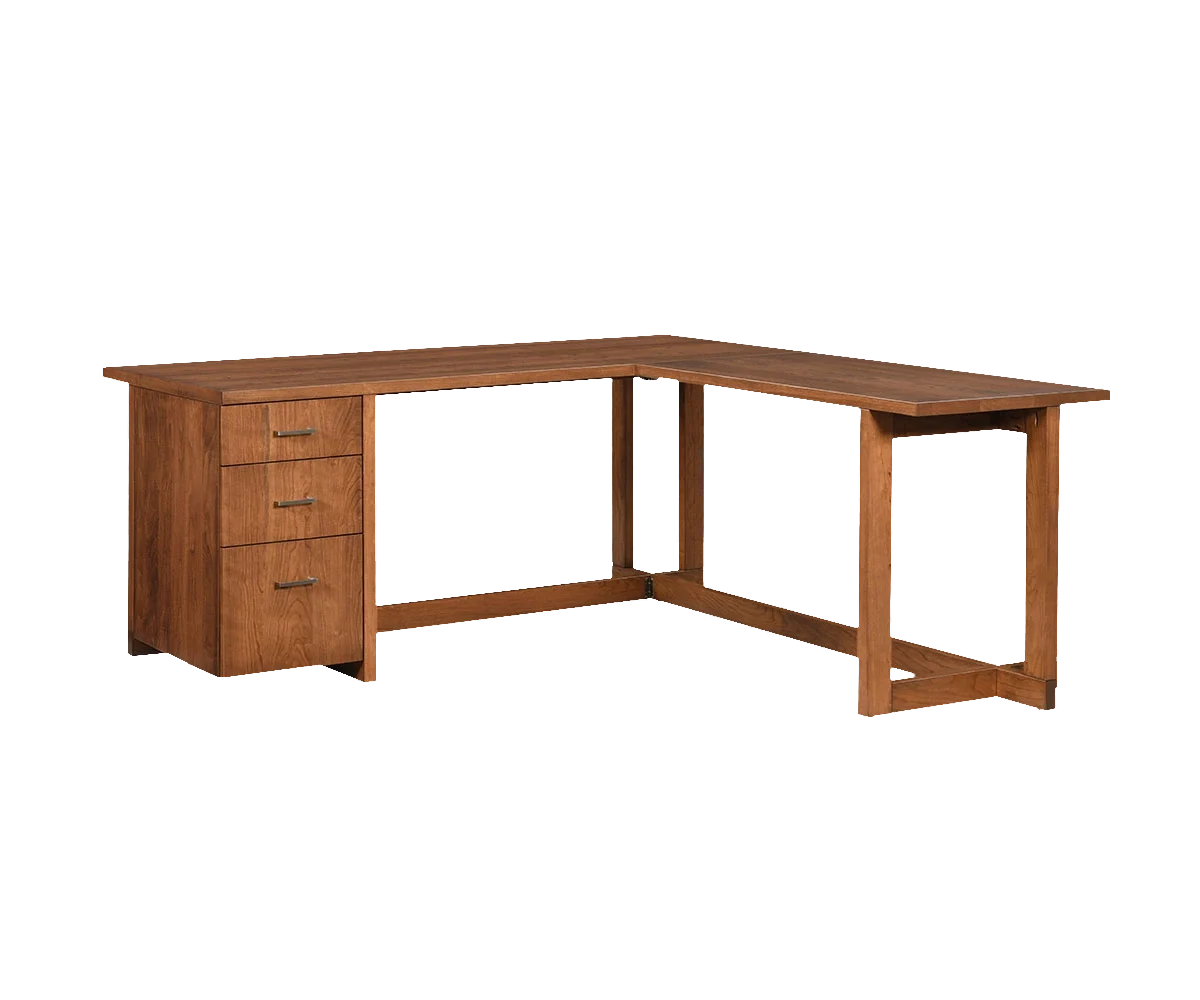
Amish Montrose L. Desk
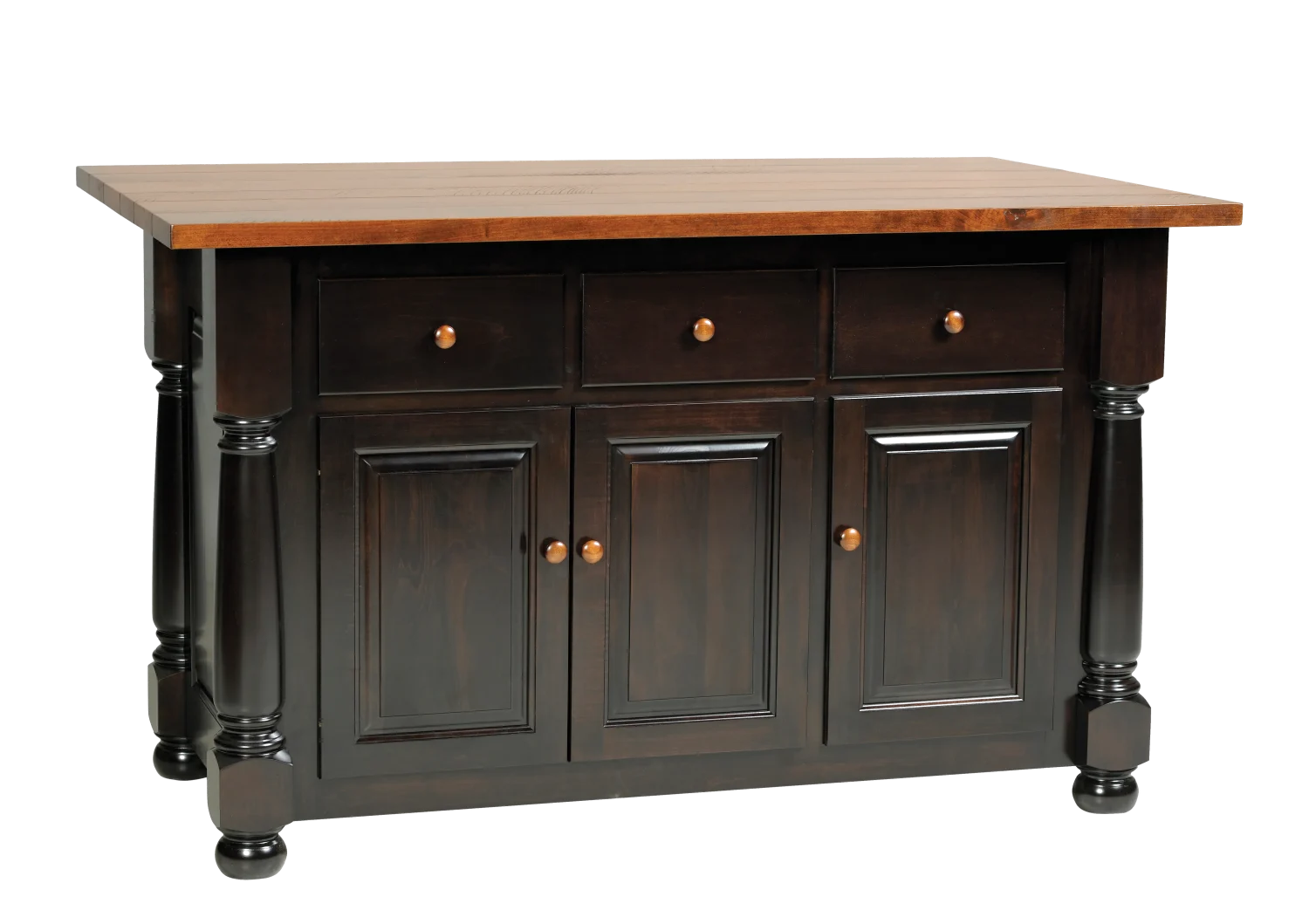
Amish Olympia Island – Base Only
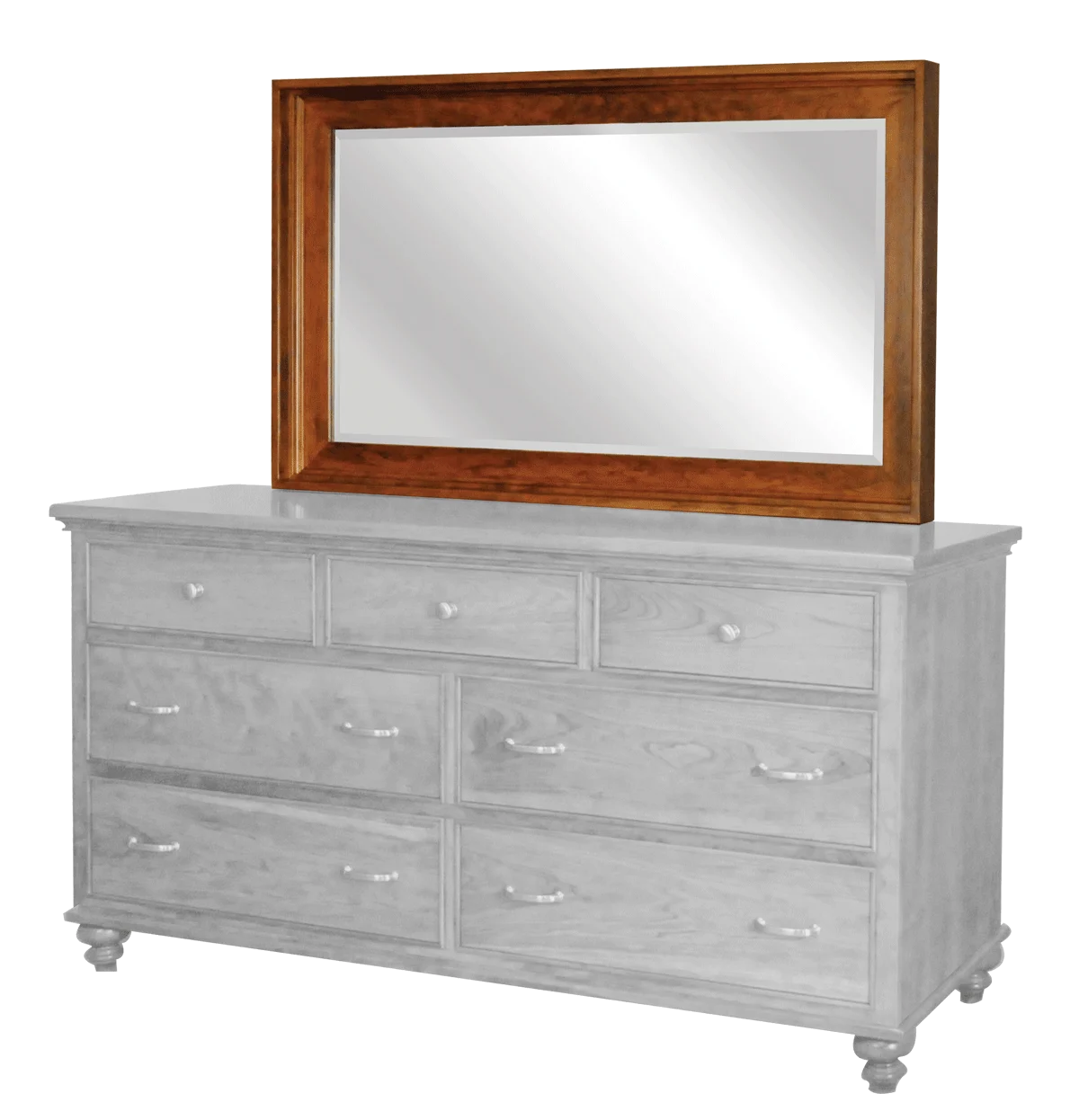
Amish Duchess Mirror Only (beveled)
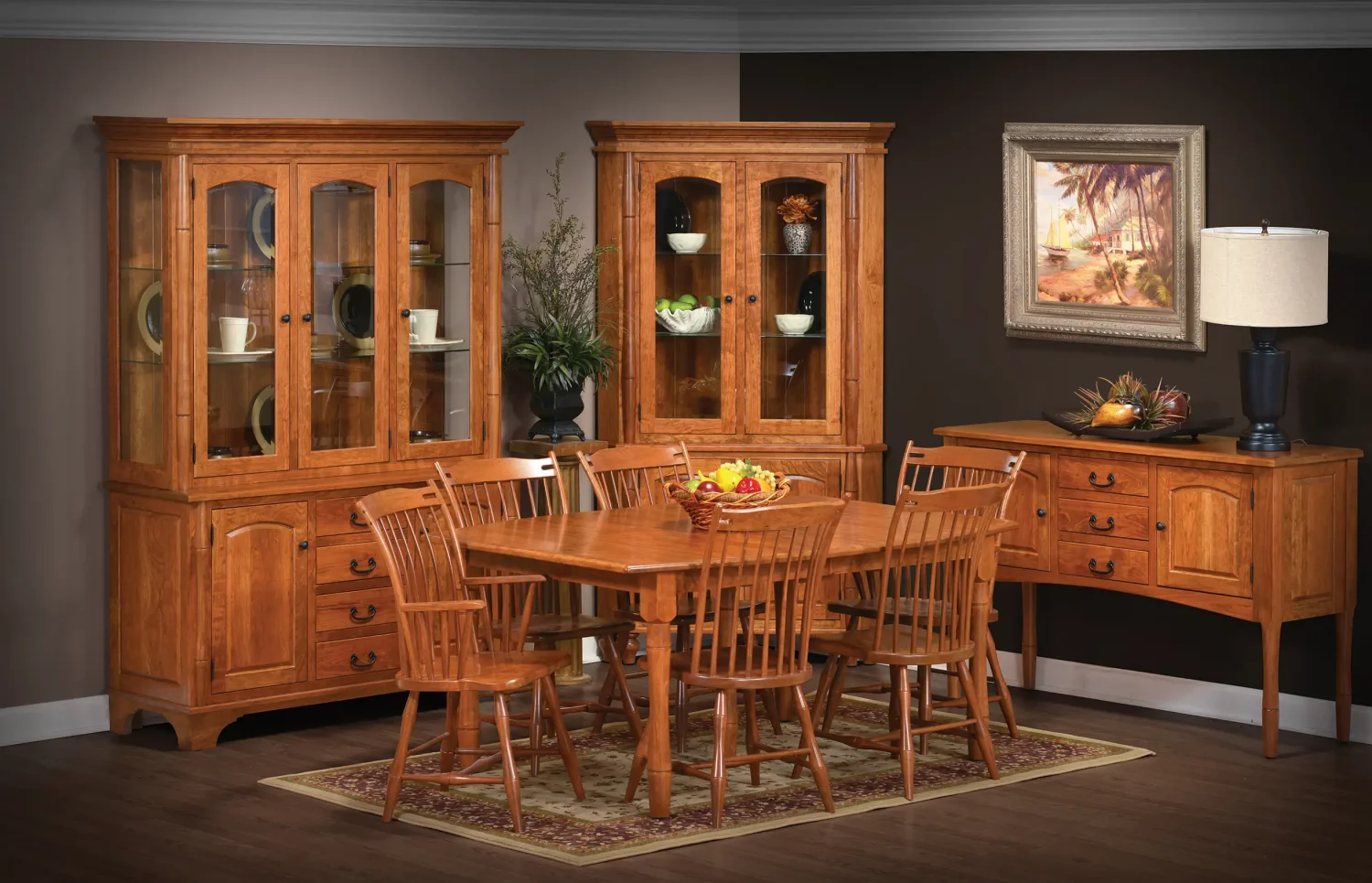
Concord Dining Collection
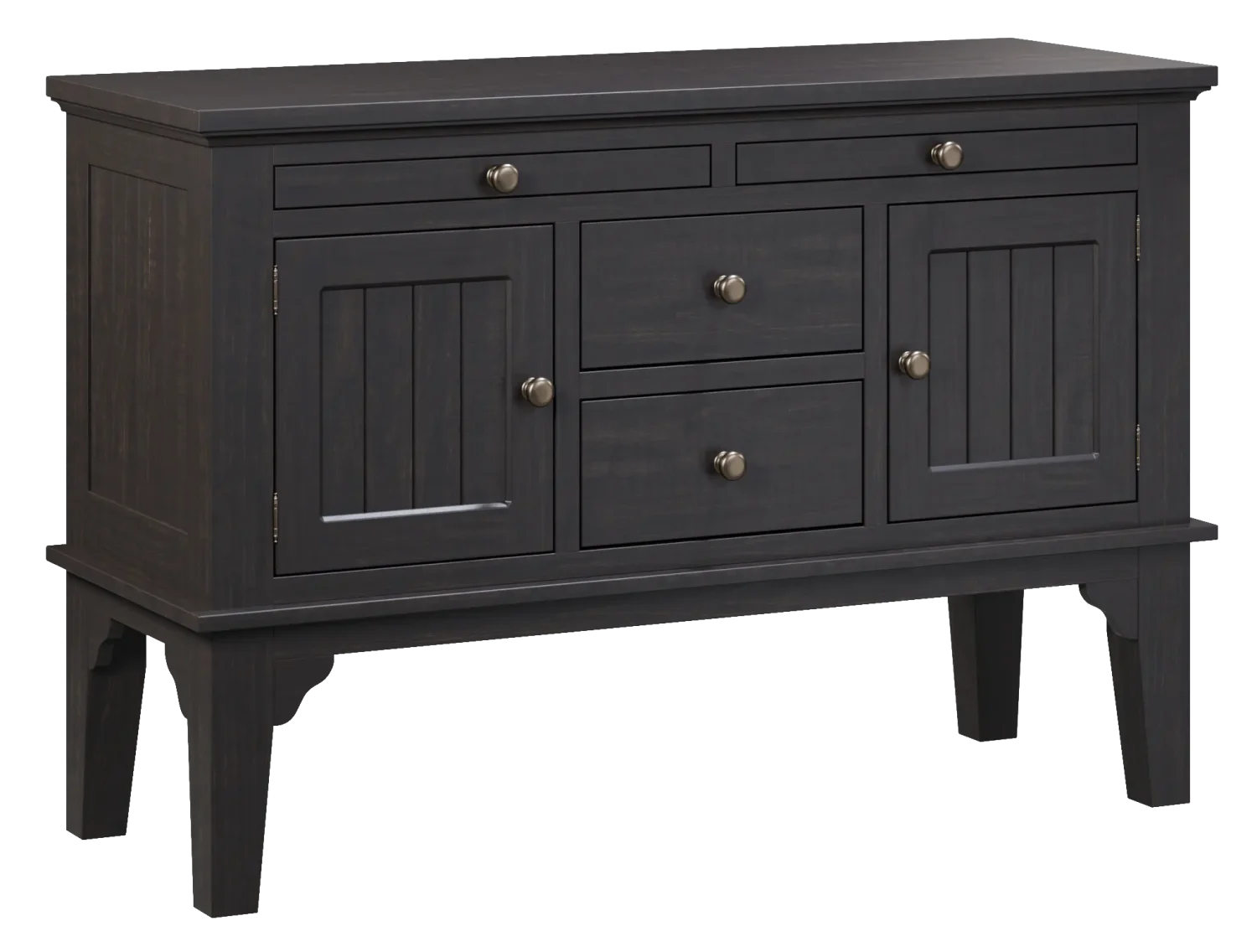
Amish Newbury Server

Amish Meridian 5 Drawer Chest
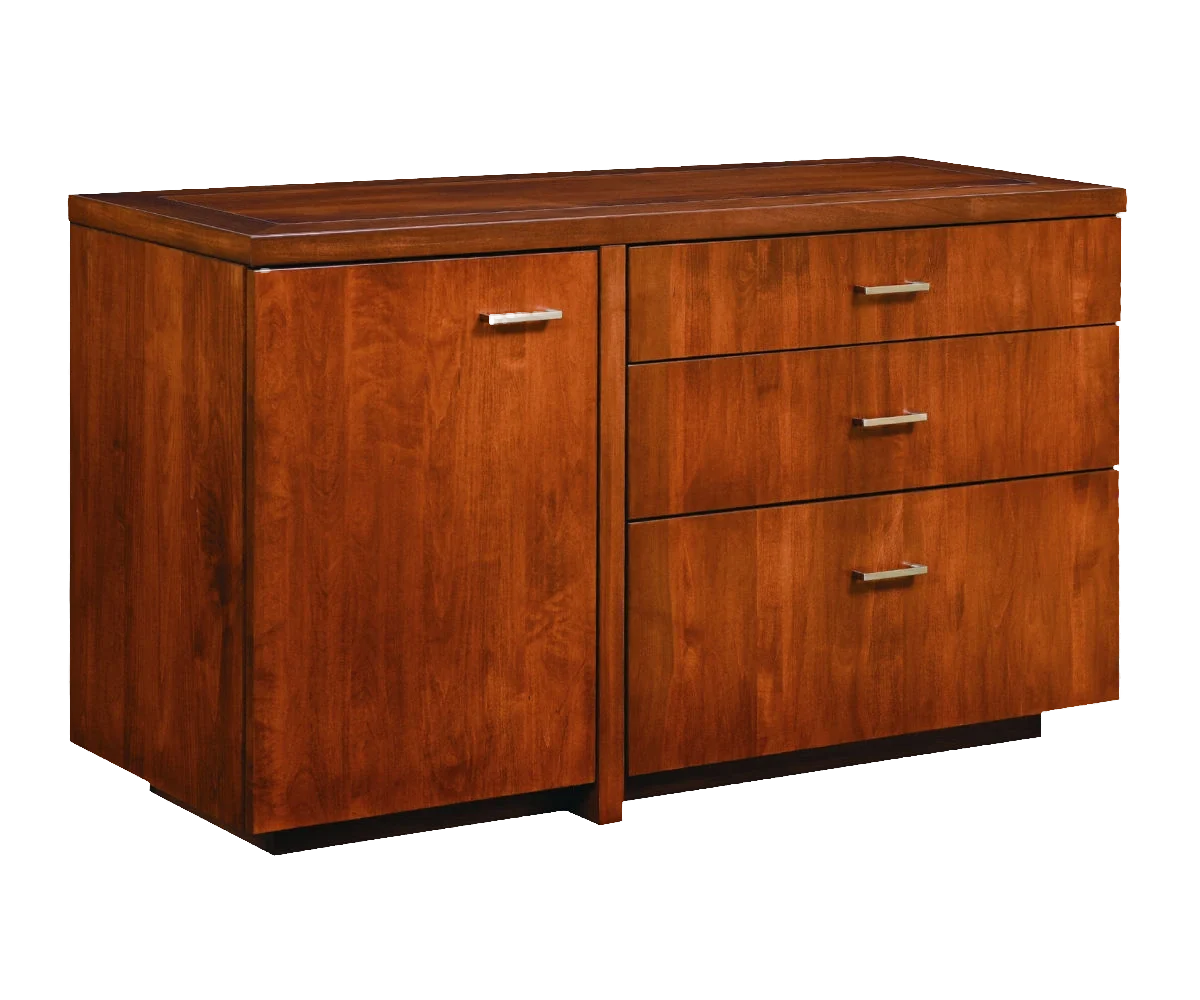
Amish Montrose Credenza

Amish Shaker Chifferobe with 5 Shelves
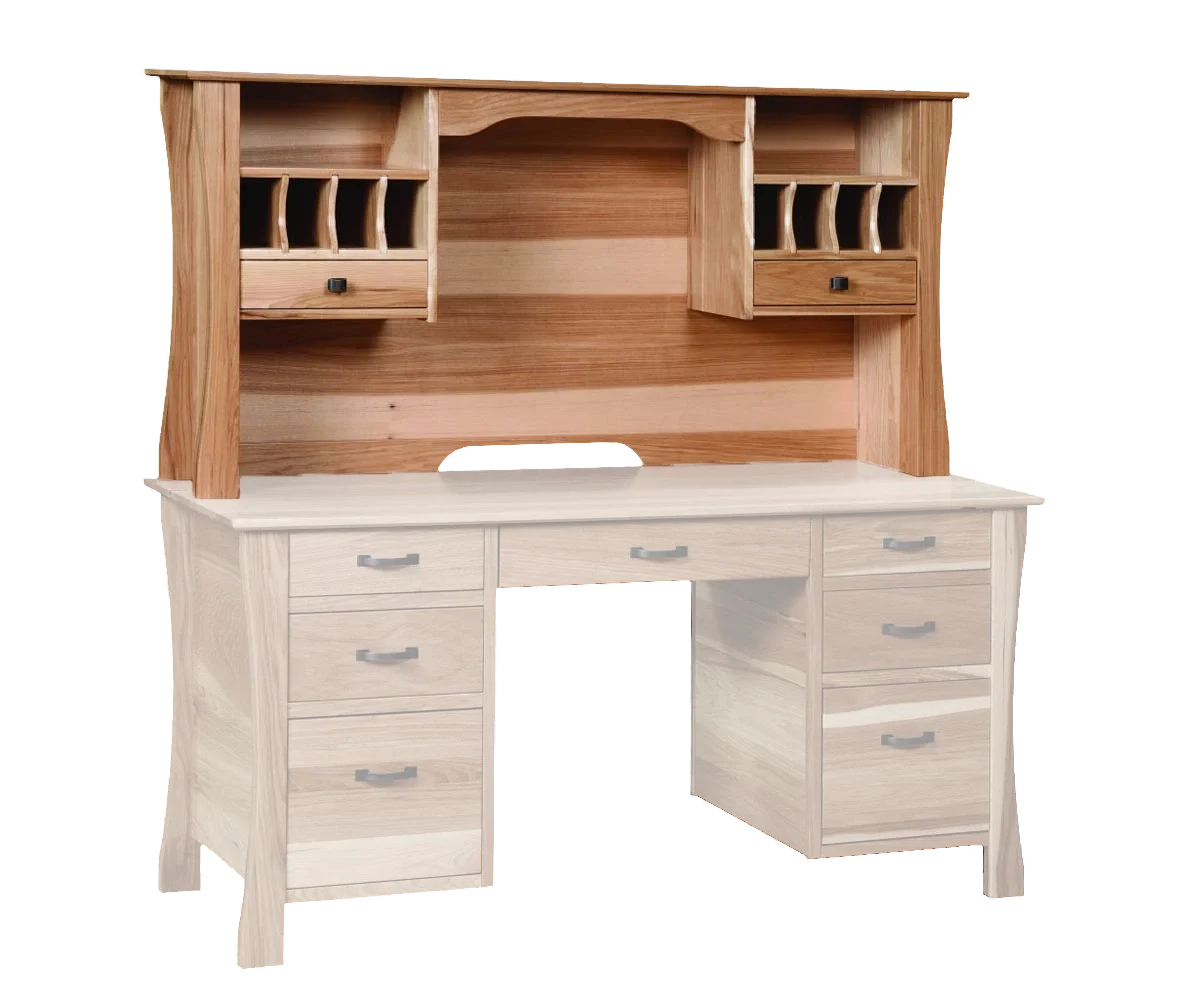
Amish Kapernaum Hutch Top

Amish Liberty Bench
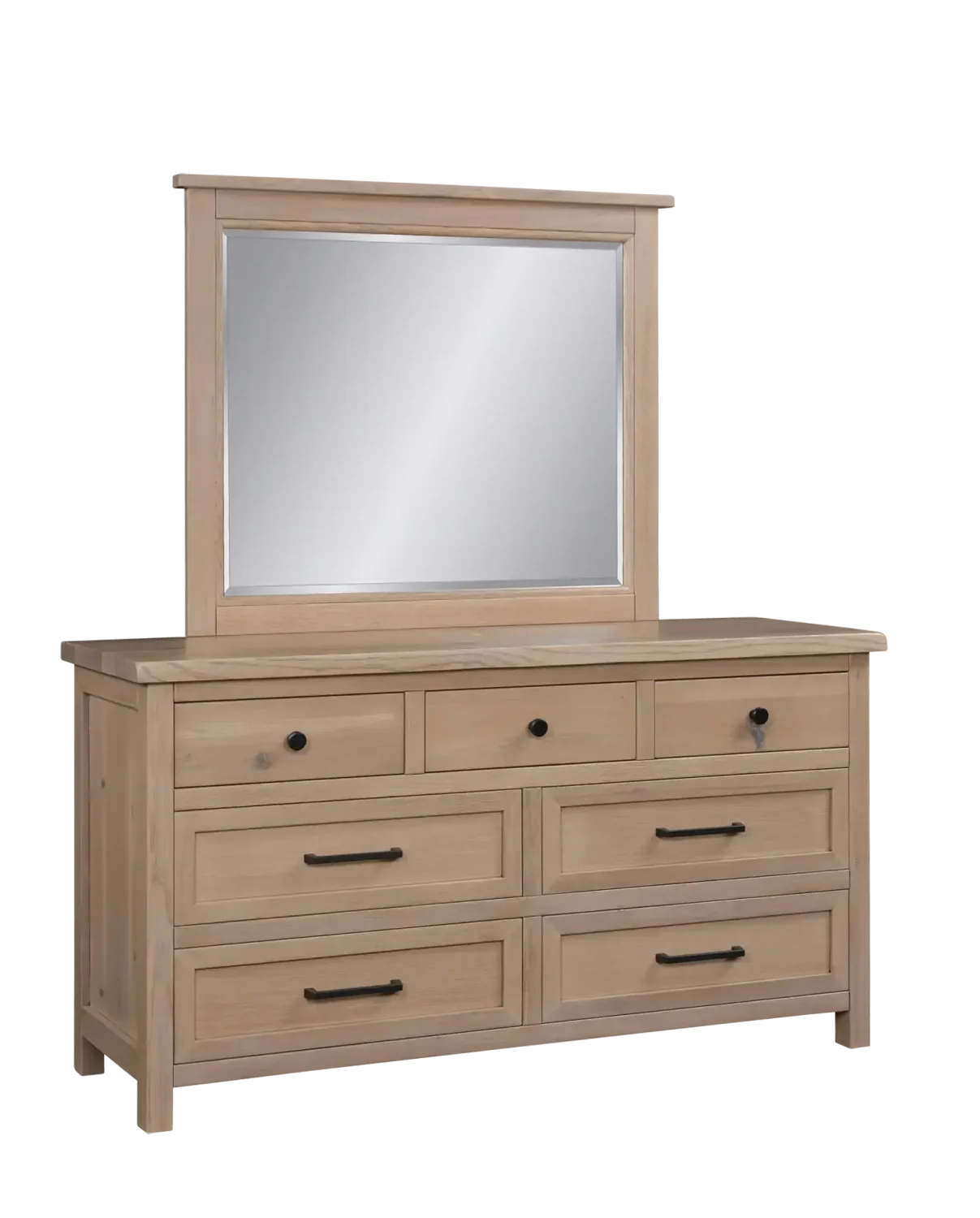
Amish Chloe Double Dresser Only
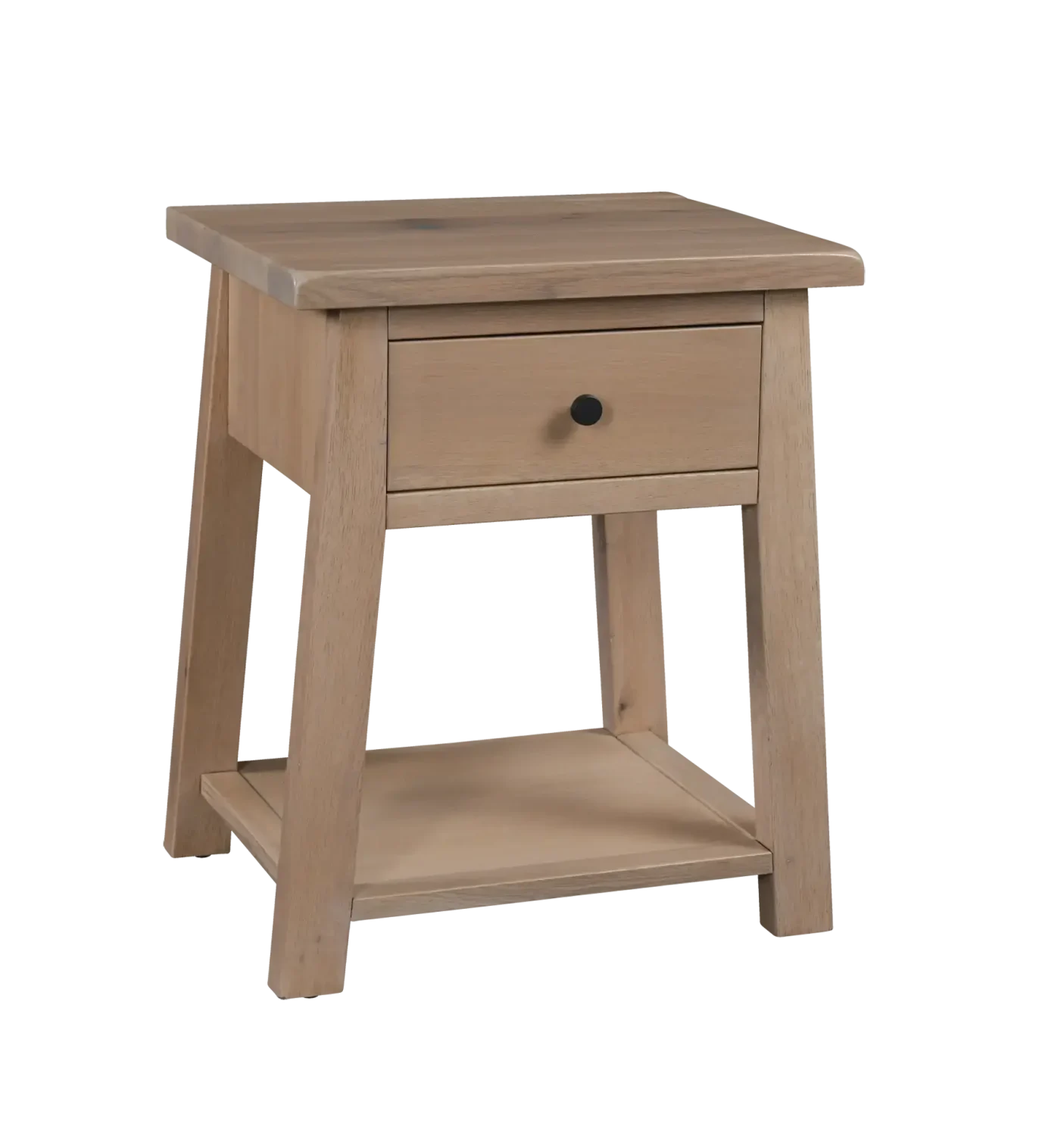
Amish Chloe 1 Drawer Nightstand with Shelf

Amish Economy 32″Bookcase
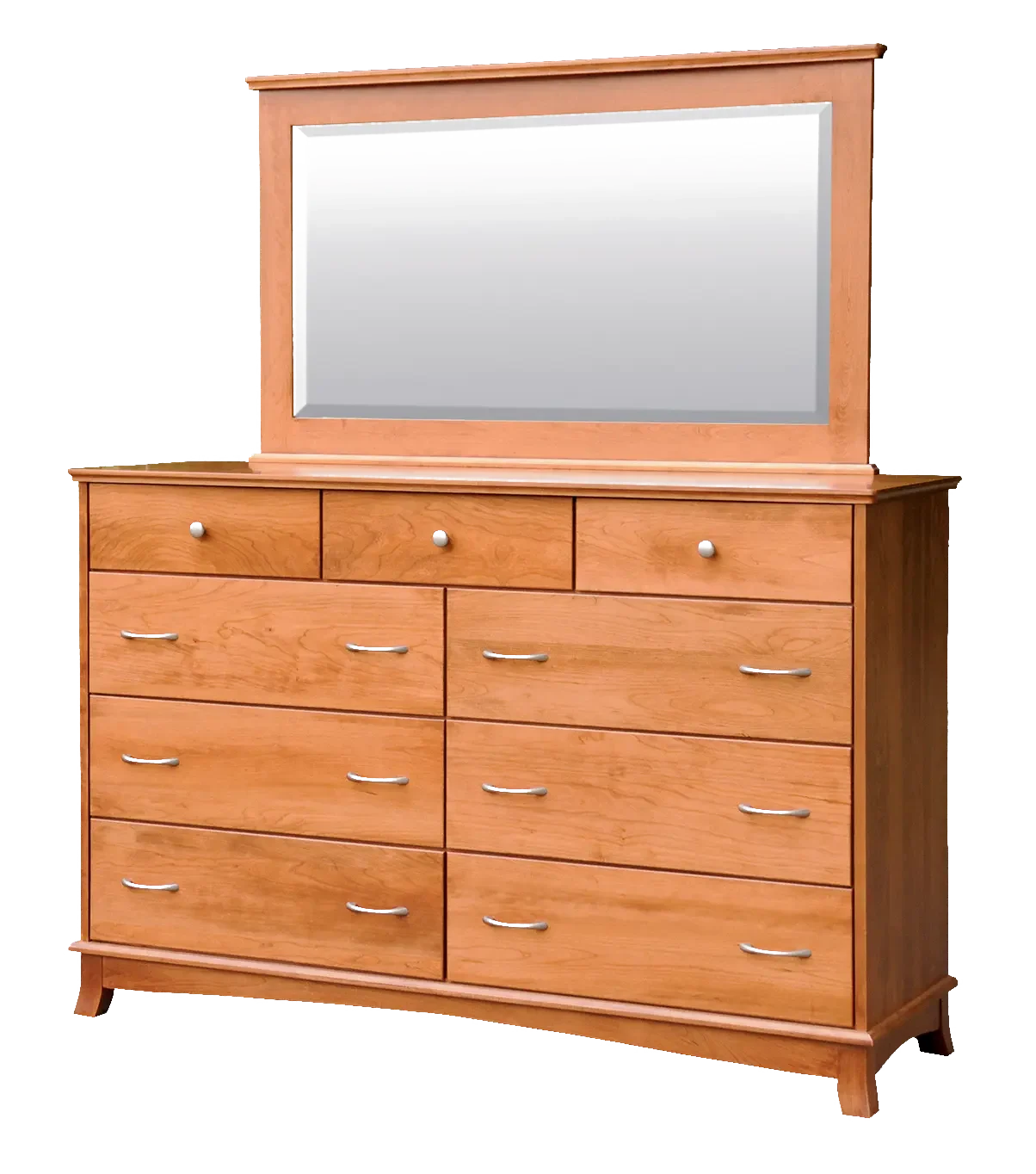
Amish Crescent 66″ Tall Dresser

Amish Empire Mission Spindle Bed

Amish Farmhouse Heritage Bed

Crescent Bedroom Collection

Amish Kapernaum Hutch Top
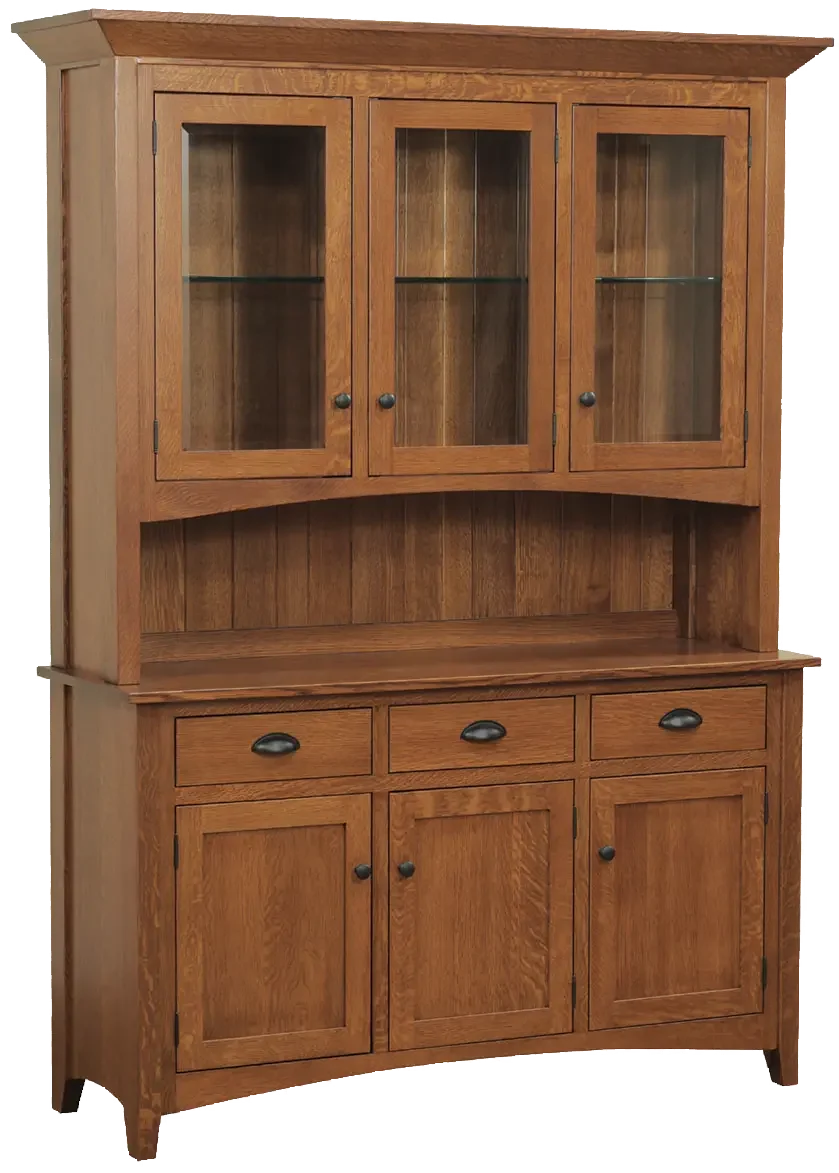
Amish Sara Ann 4 Door Hutch, Base Only

Charland Bedroom Collection
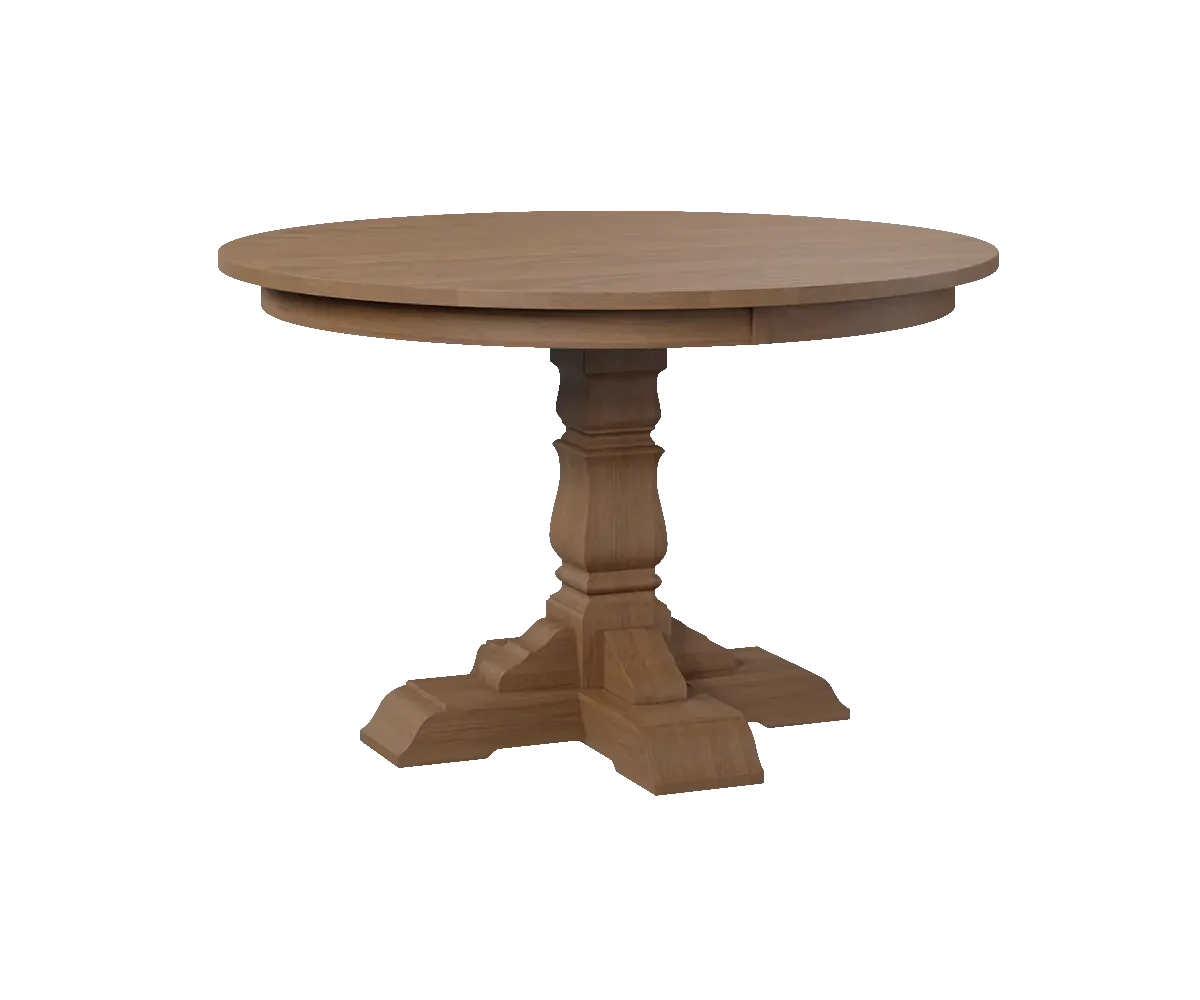
Amish Ashville Table
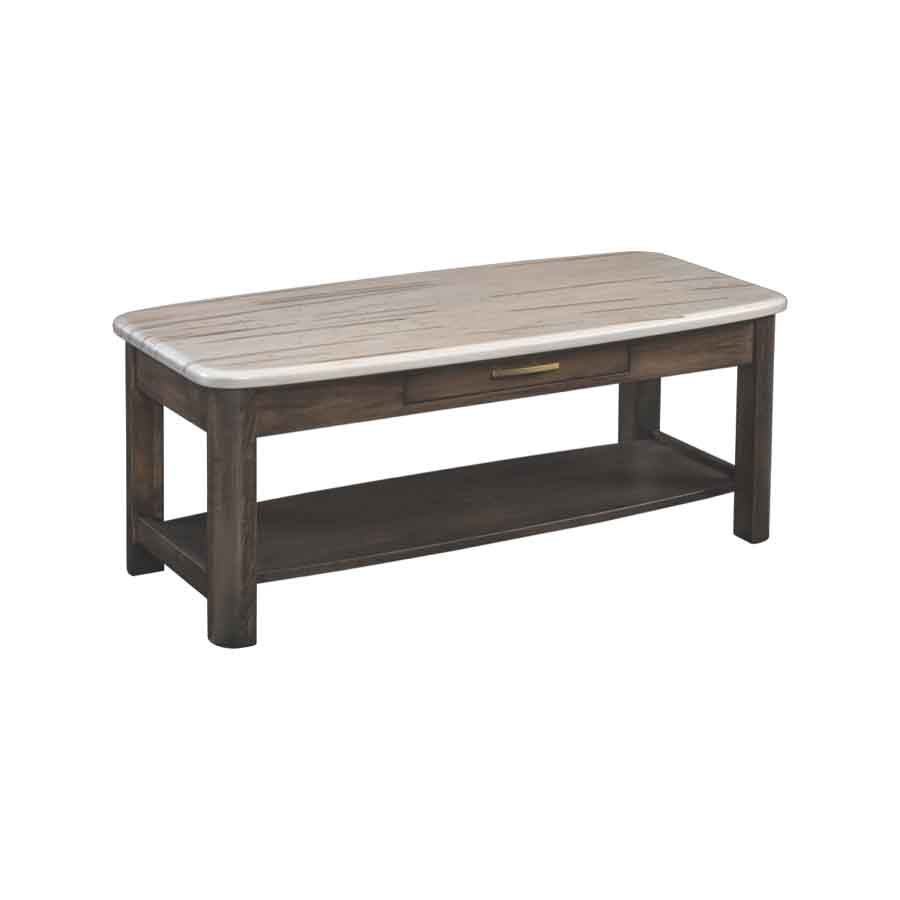
Amish Parkview Coffee Table
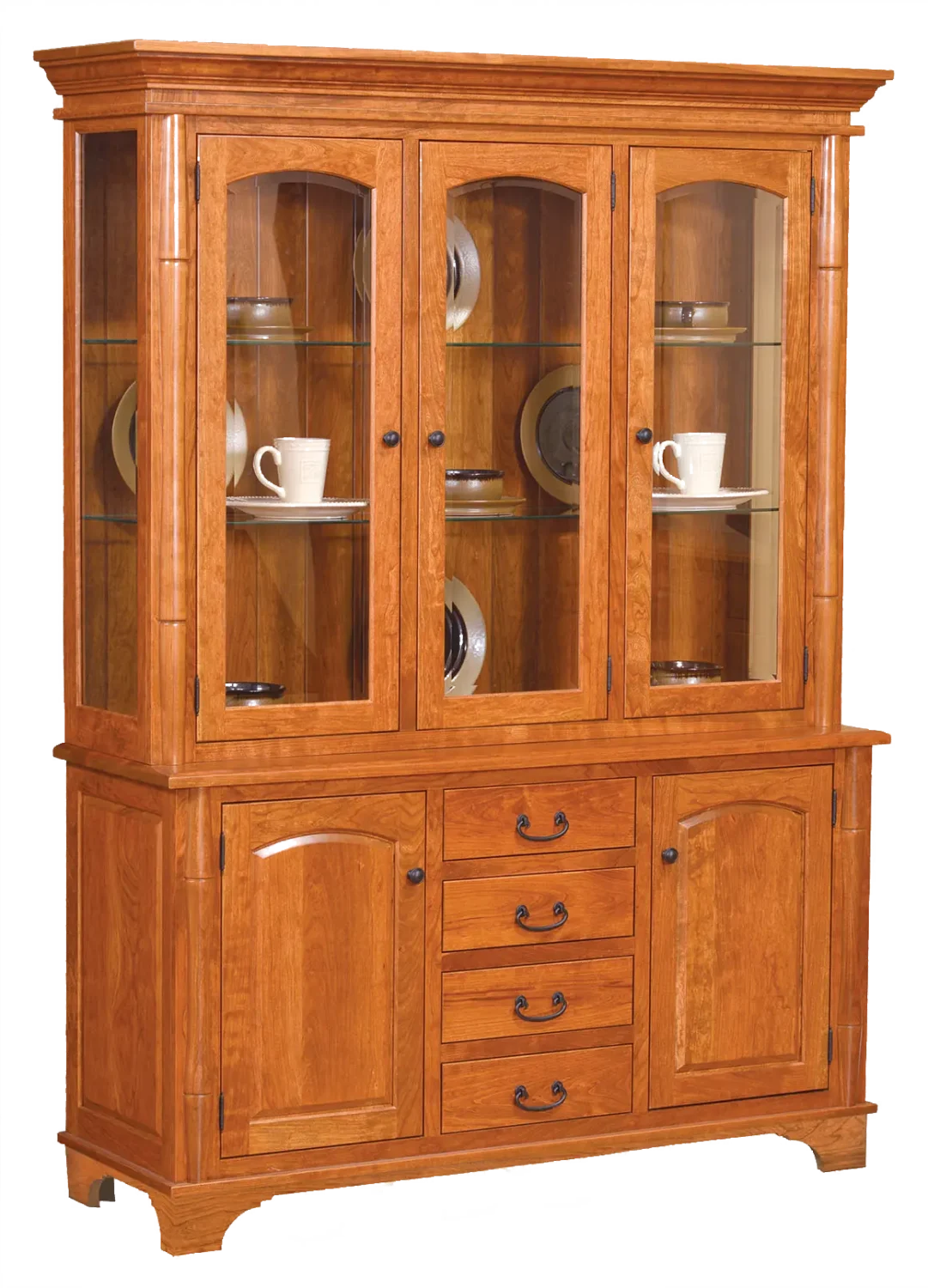
Amish Concord 4 Door Hutch, Top Only
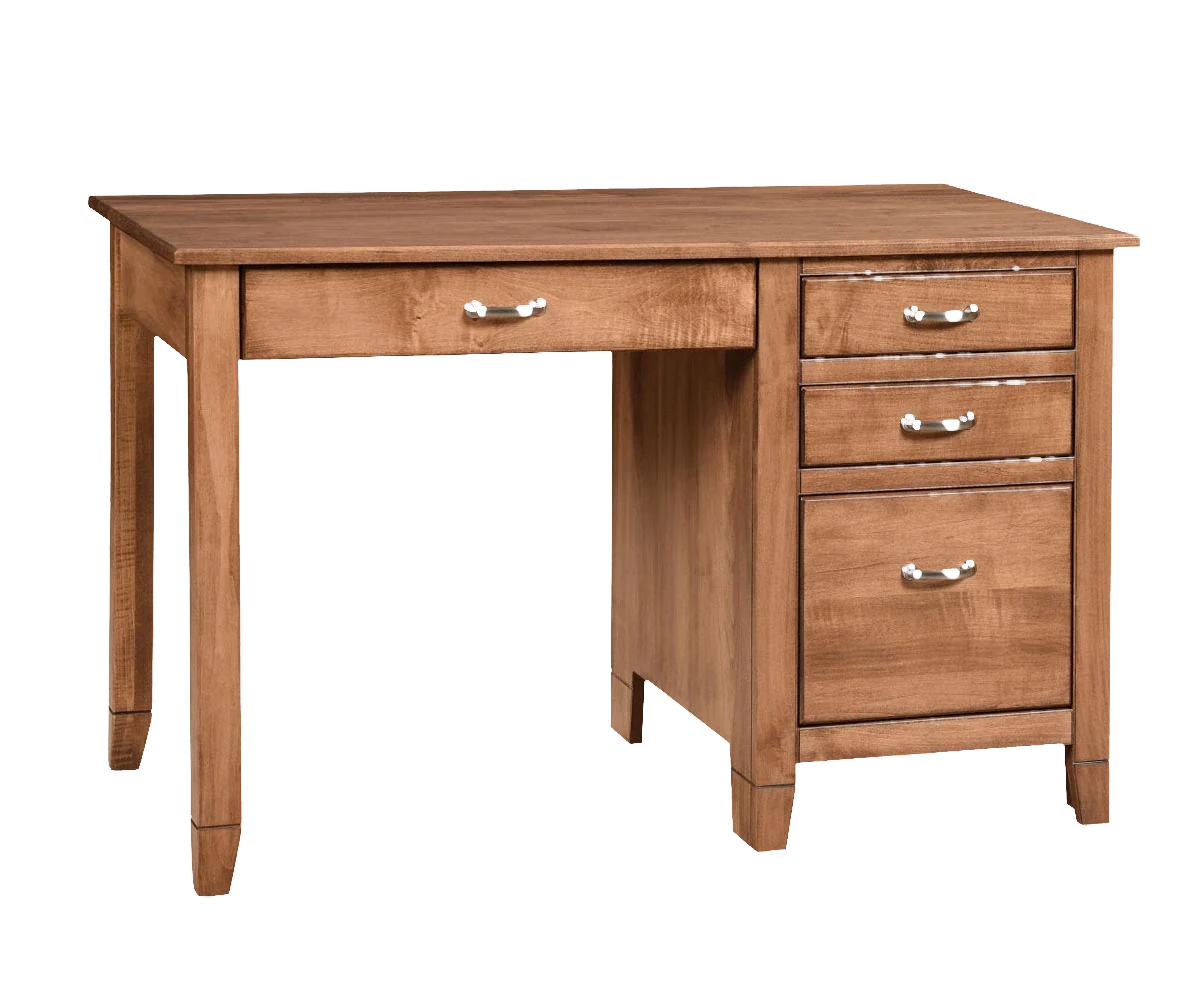
Amish Jacobsville Single Pedestal Desk
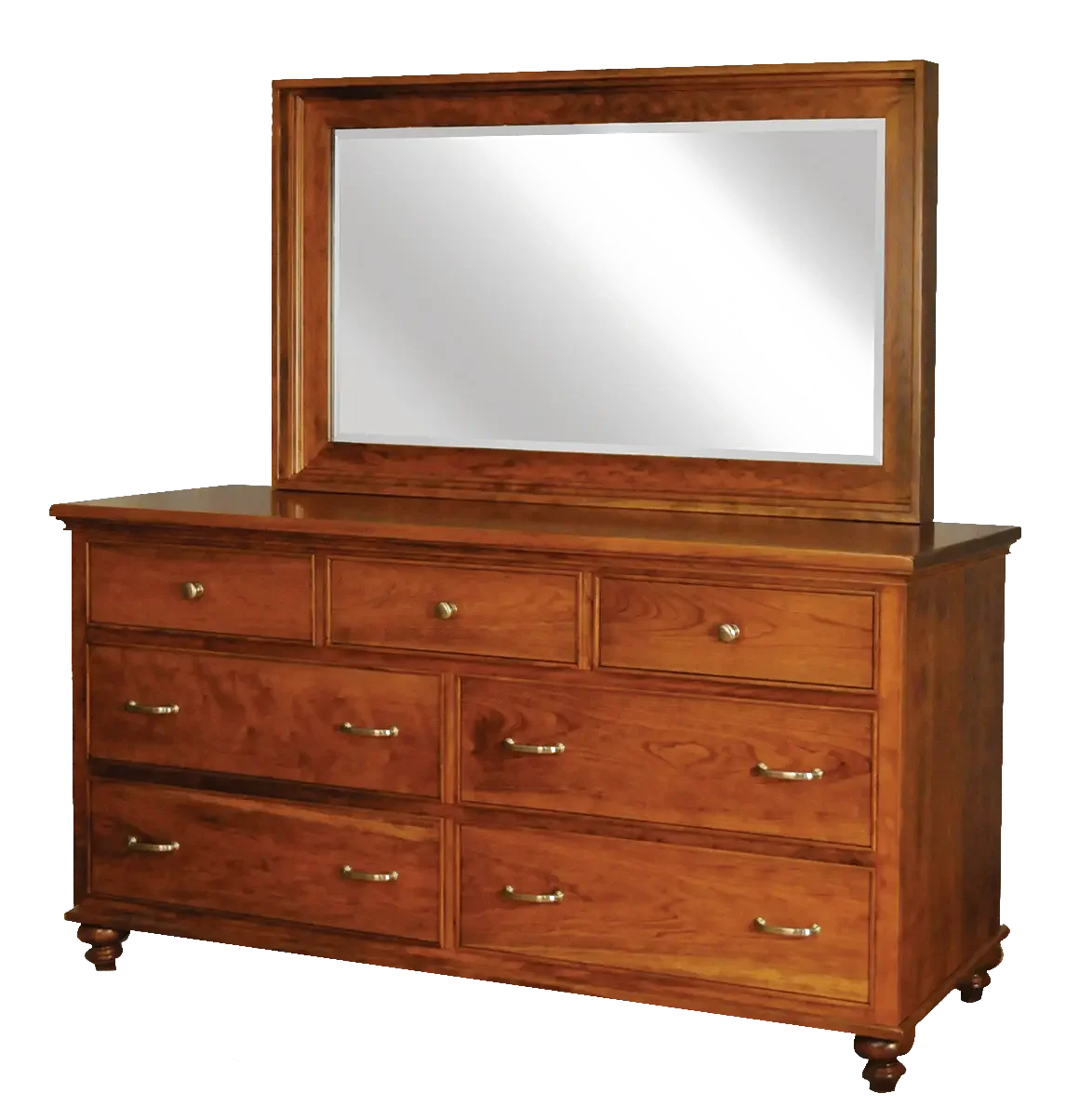
Amish Duchess Double Dresser Only
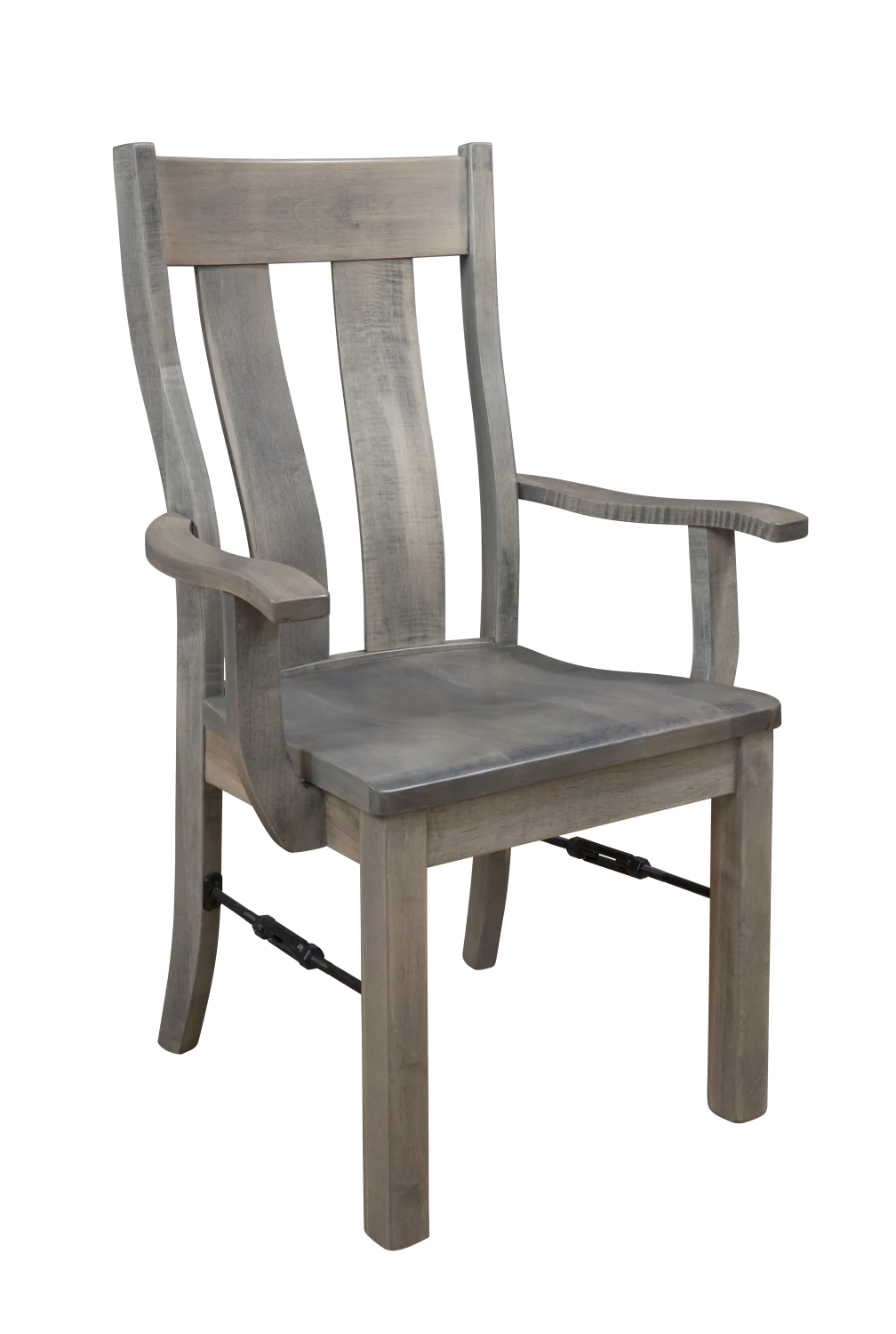
Amish Liberty Arm Chair

Amish Denali Deluxe Bed
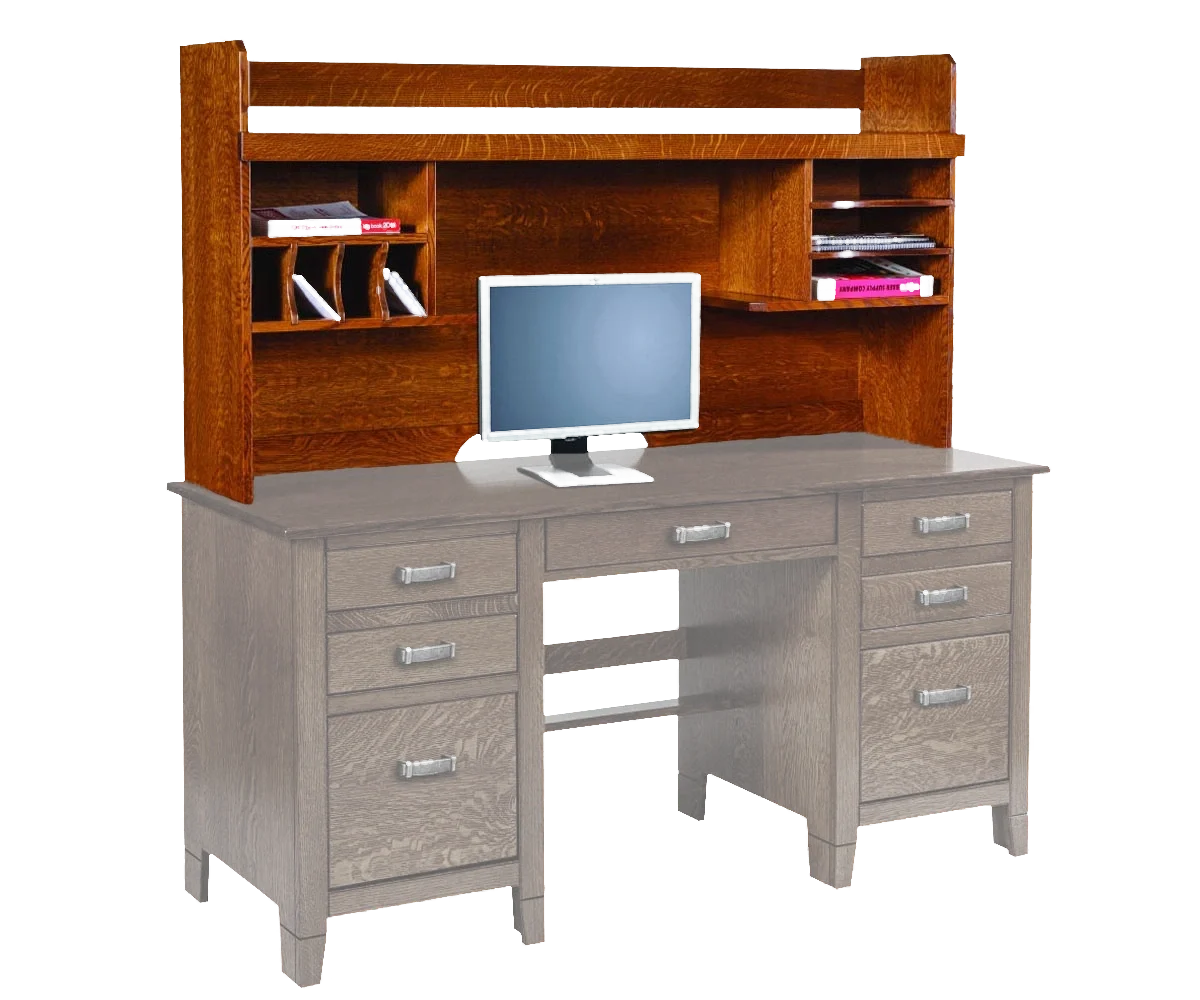
Amish Jacobsville Hutch Top

Amish Ashville Corner Hutch, Base Only

Amish Chloe 3 Drawer Nightstand

Amish Kingston 66″ Tall Dresser (9 Drawers)

Amish Denali Nightstand with 1 Drawer, 2 Doors
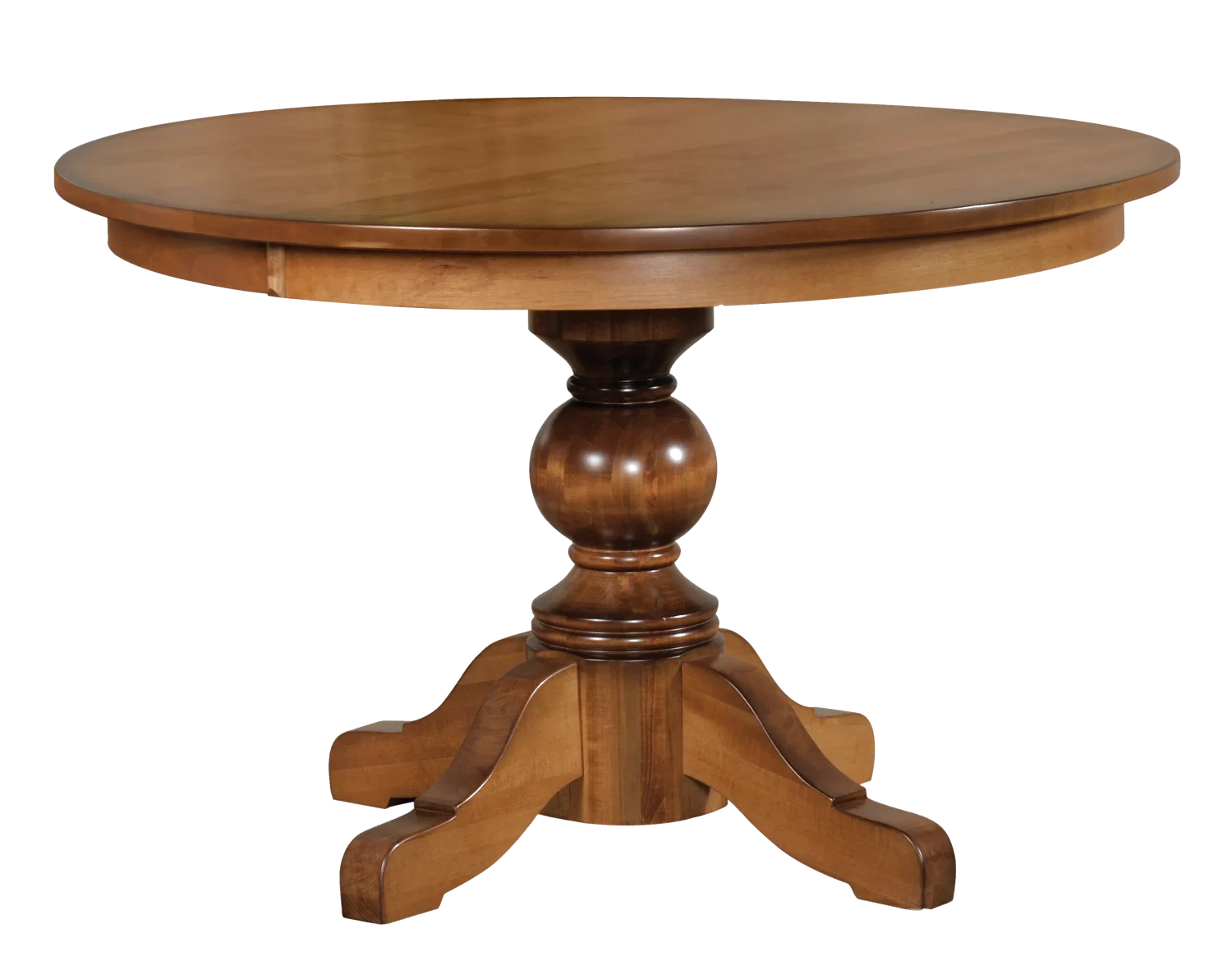
Amish Kimberly Table
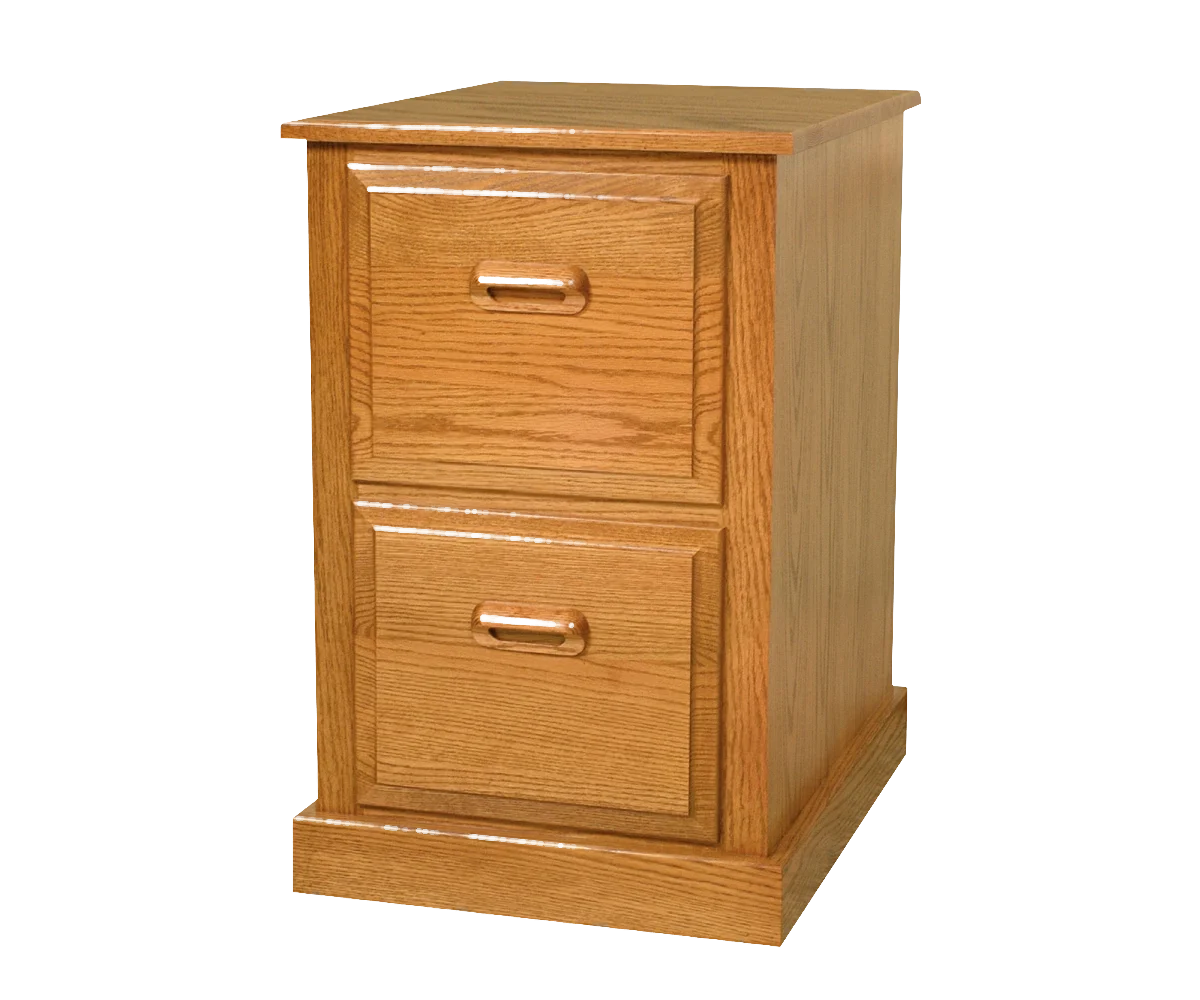
Amish Traditional Two-Drawer File Cabinet*

Parkview Collection

Amish Addison Table

Amish Kingston Fabric Panel Bed
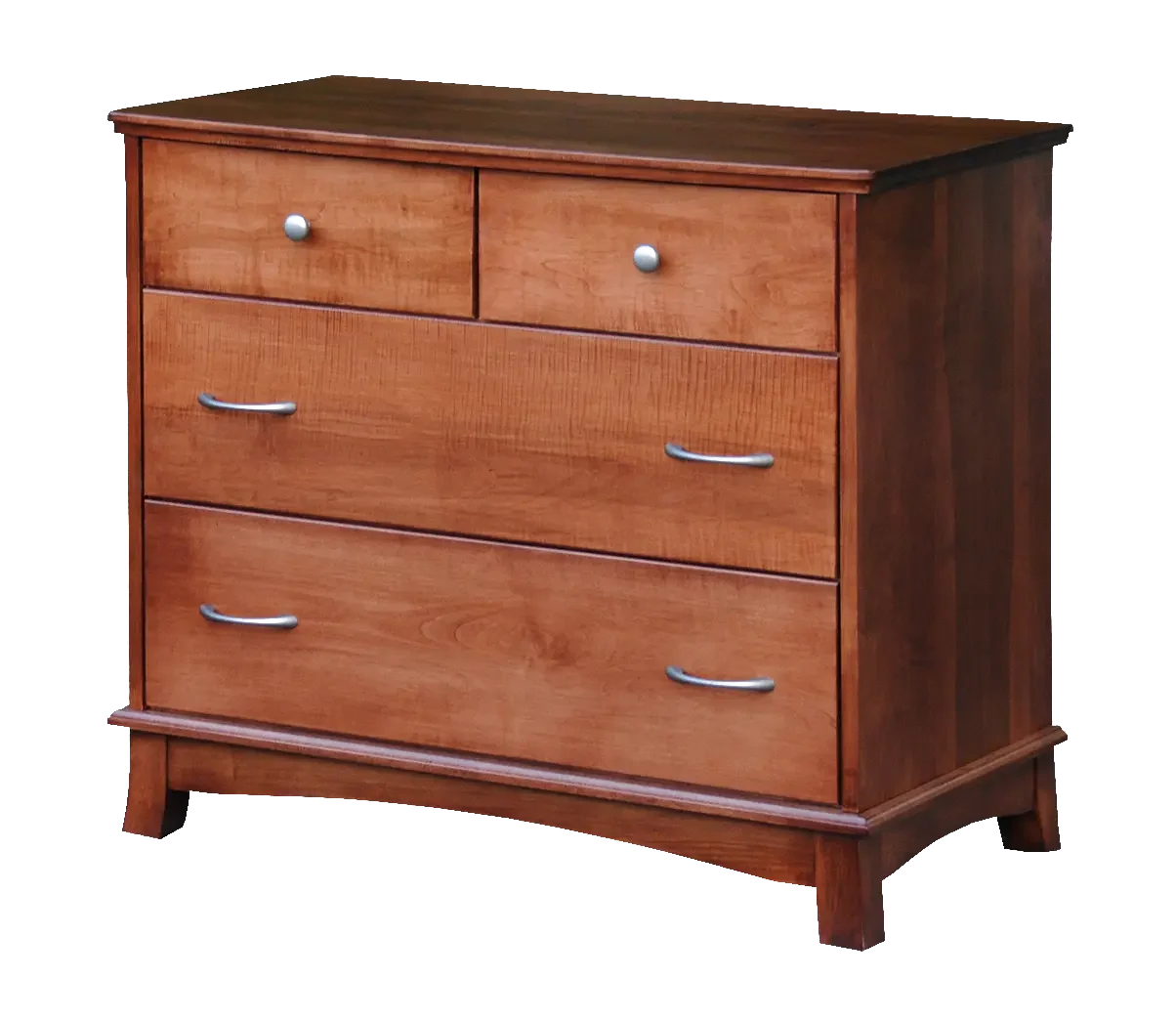
Amish Crescent 4 Drawer Chest

Amish Easy Tymes 6-Drawer Chest

Amish Lake Mills Drop Down Desk
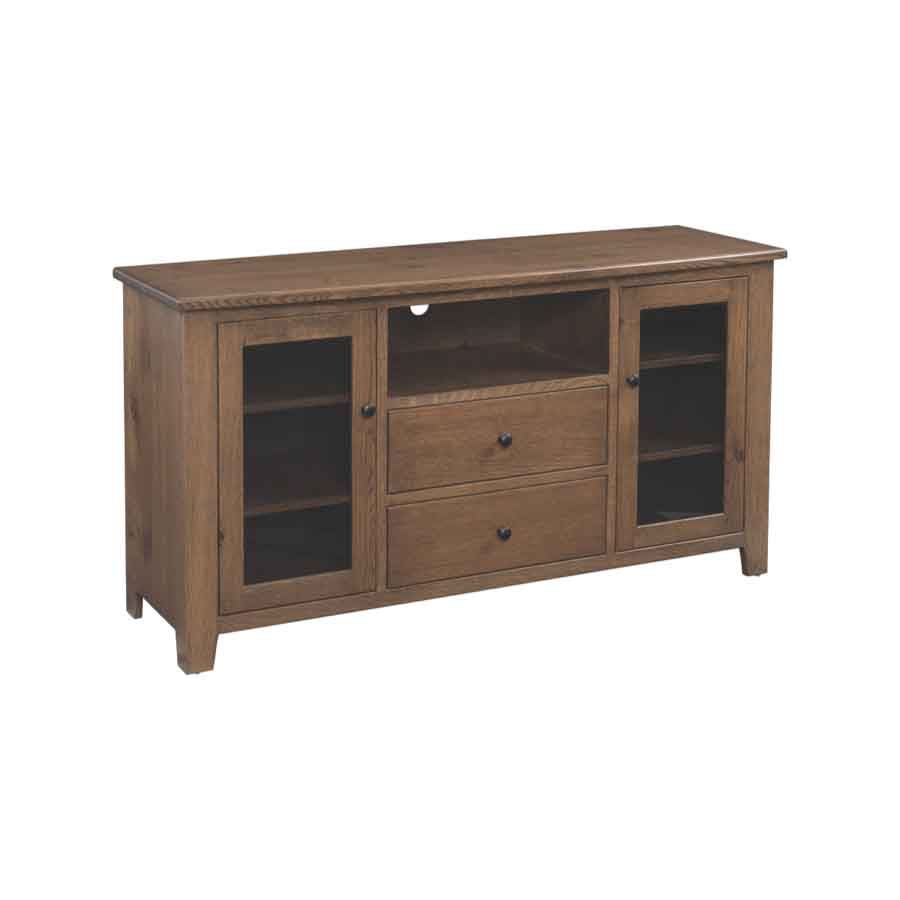
Amish Cody TV Stand
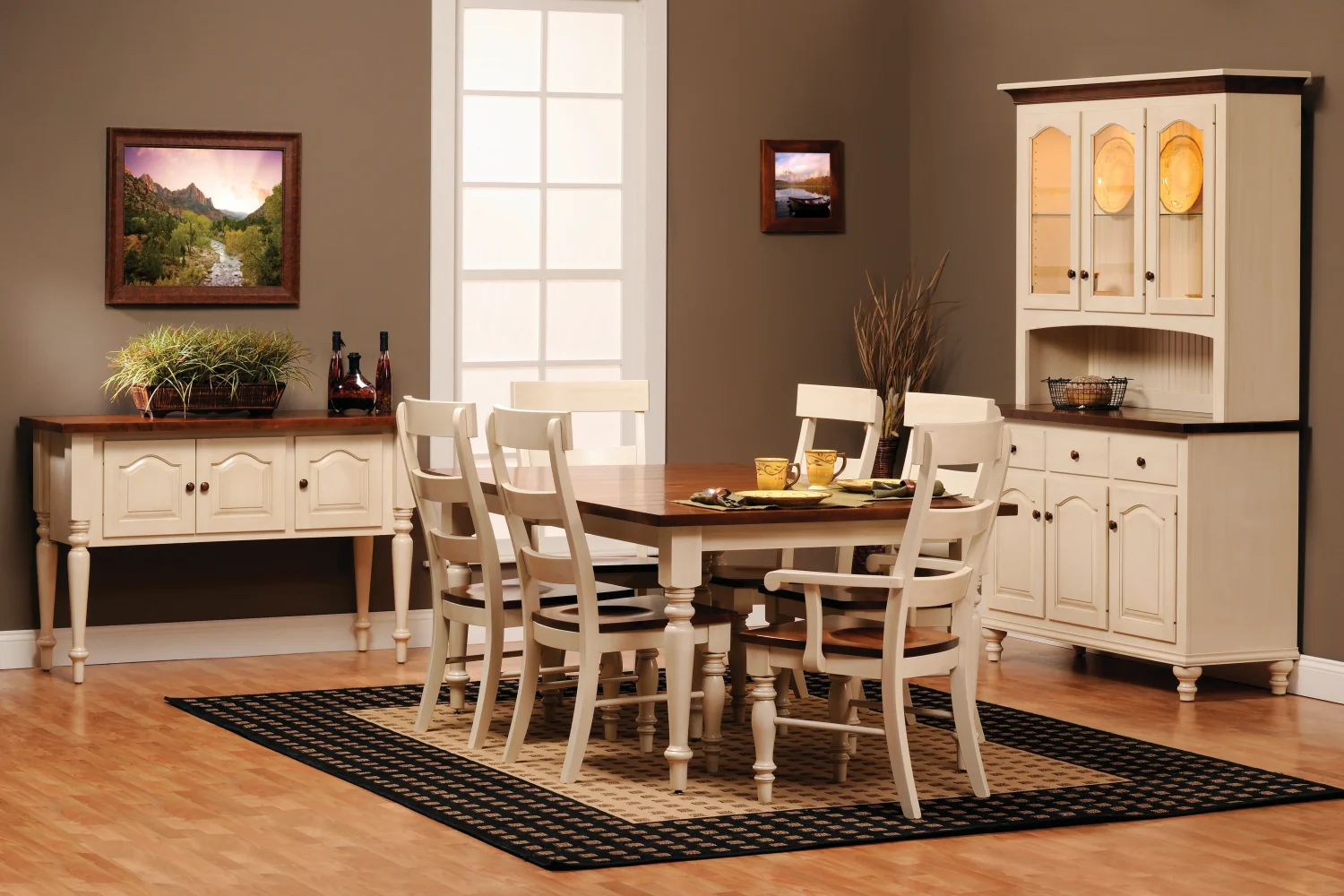
Addison Collection
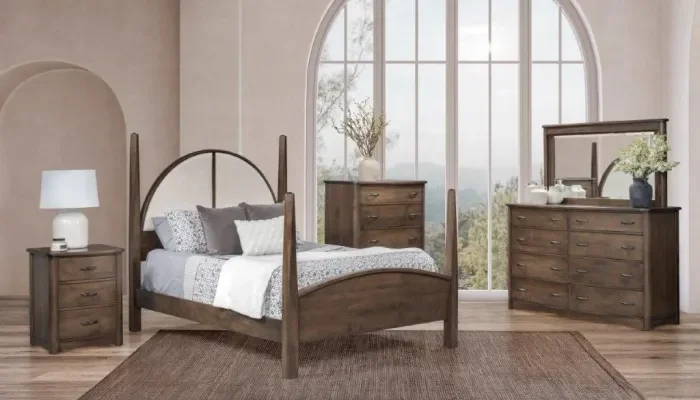
Meridian Bedroom Collection
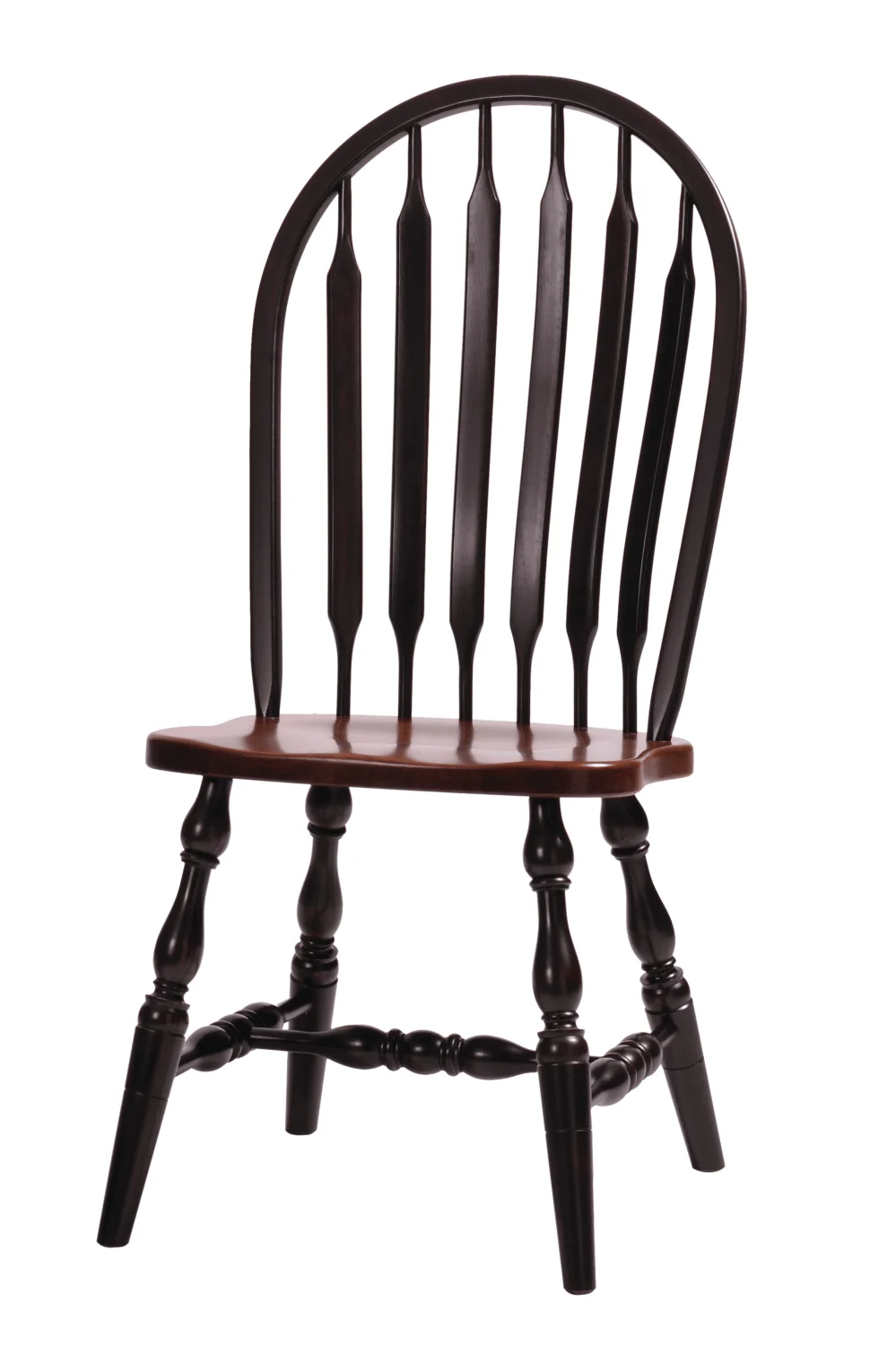
Amish Olympia Side Chair
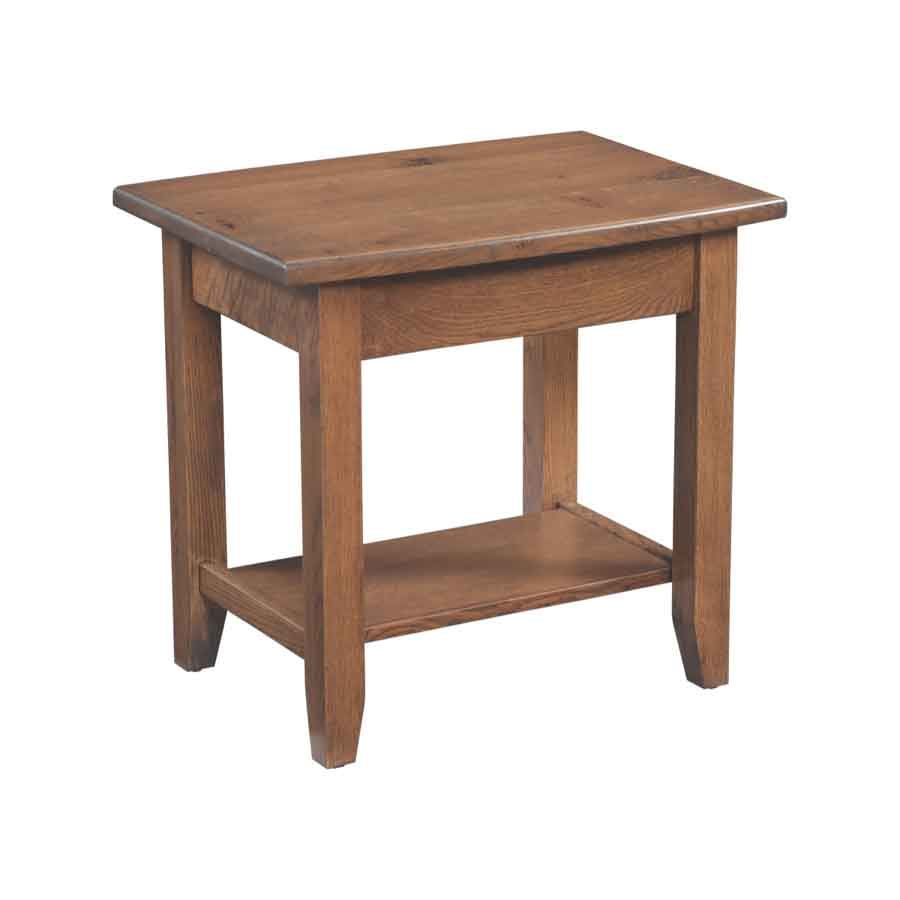
Amish Cody End Table
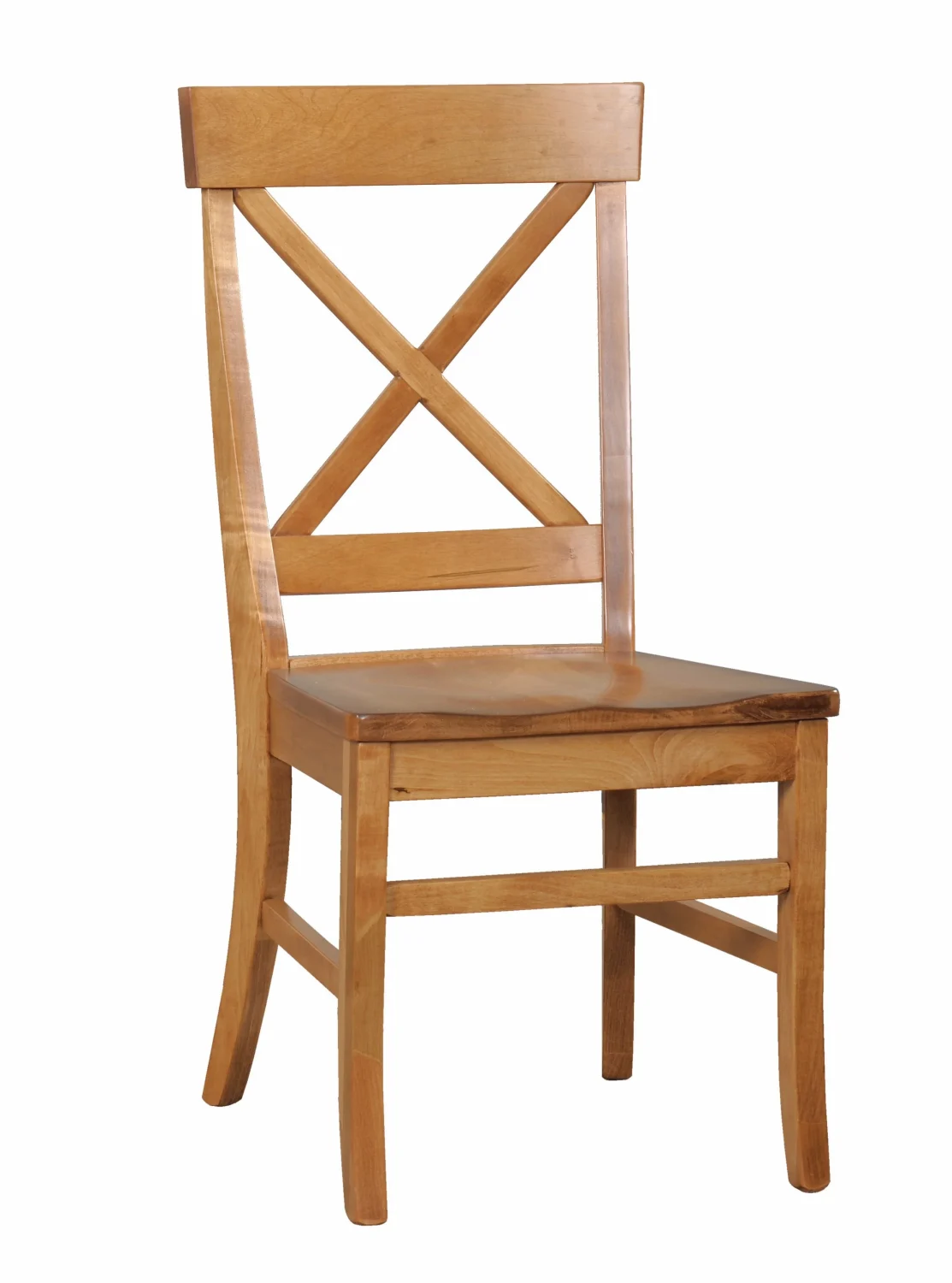
Amish Kimberly Chair
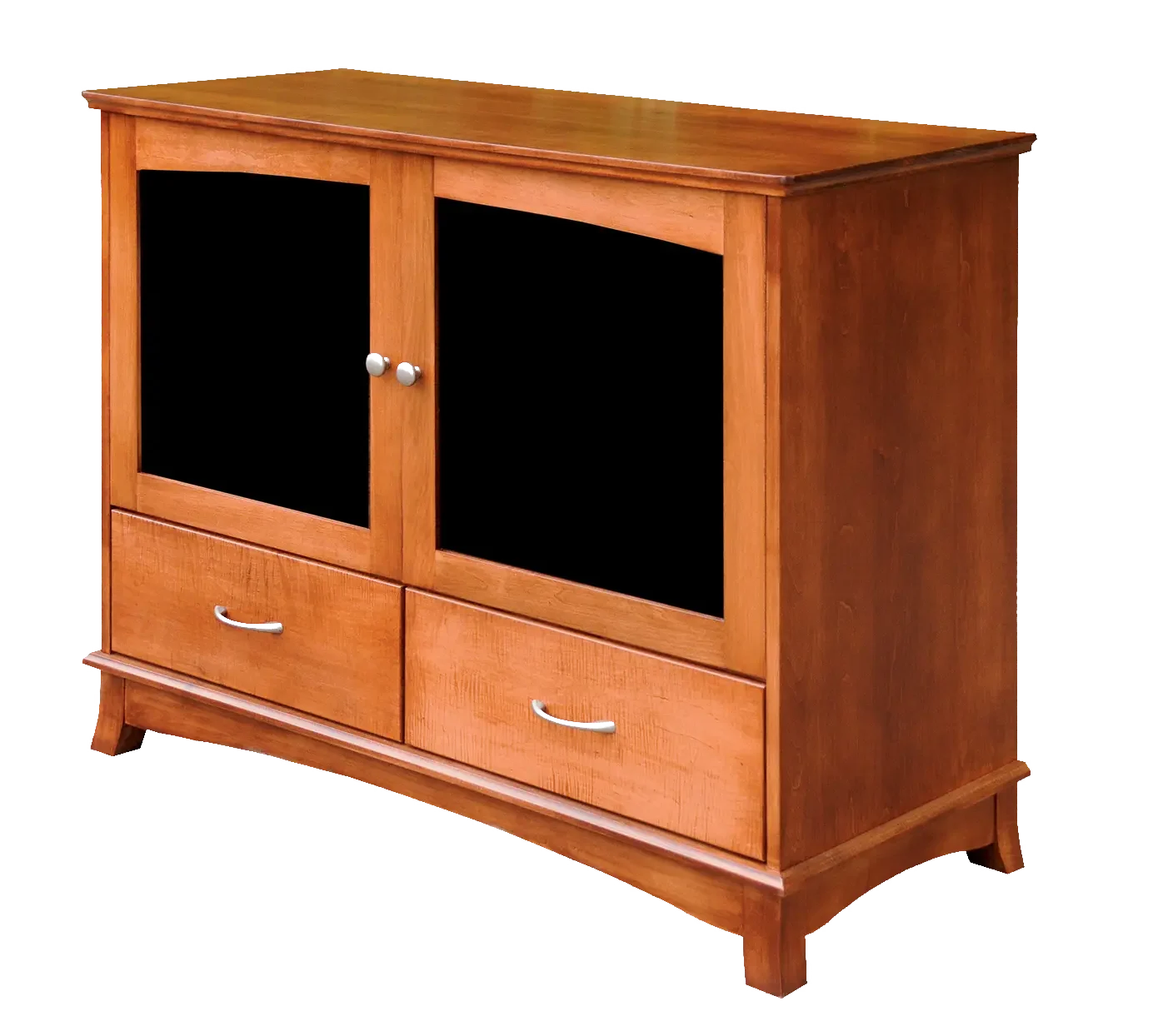
Amish Crescent 48″ Plasma TV Stand
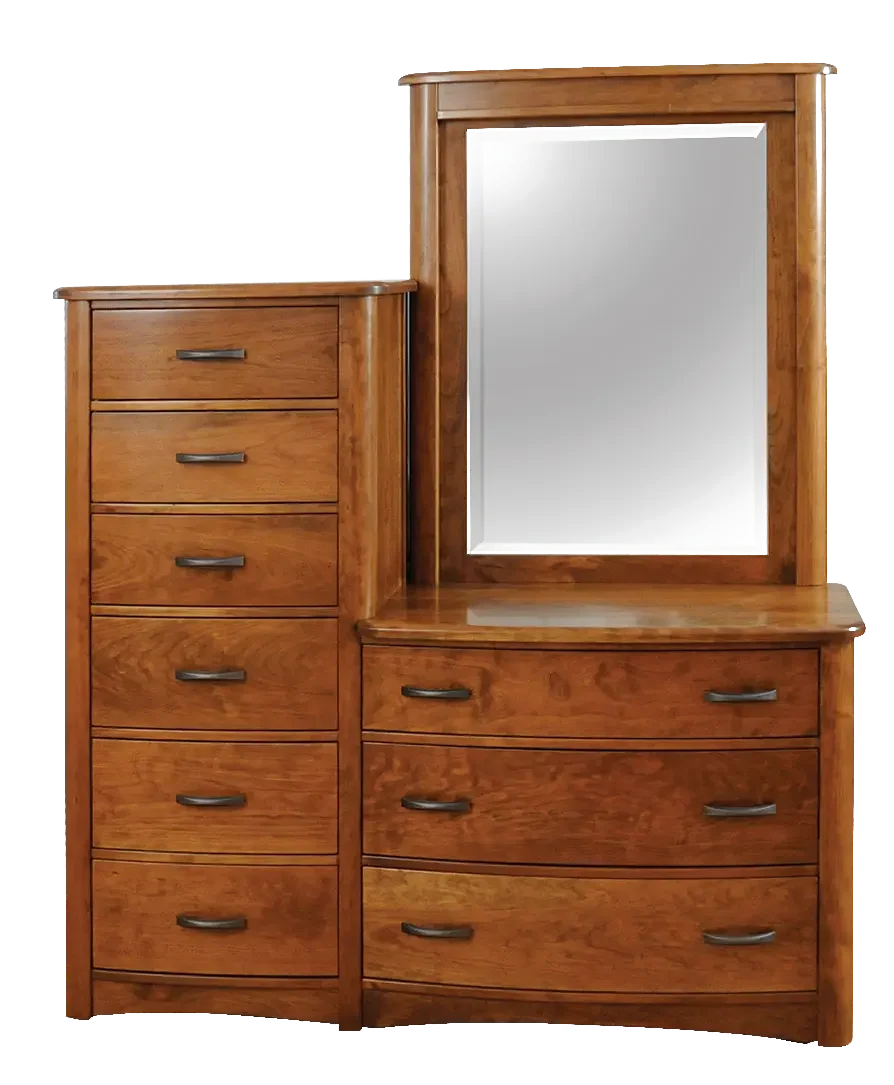
Amish Meridian Chesser with Mirror

Amish Charland Bed
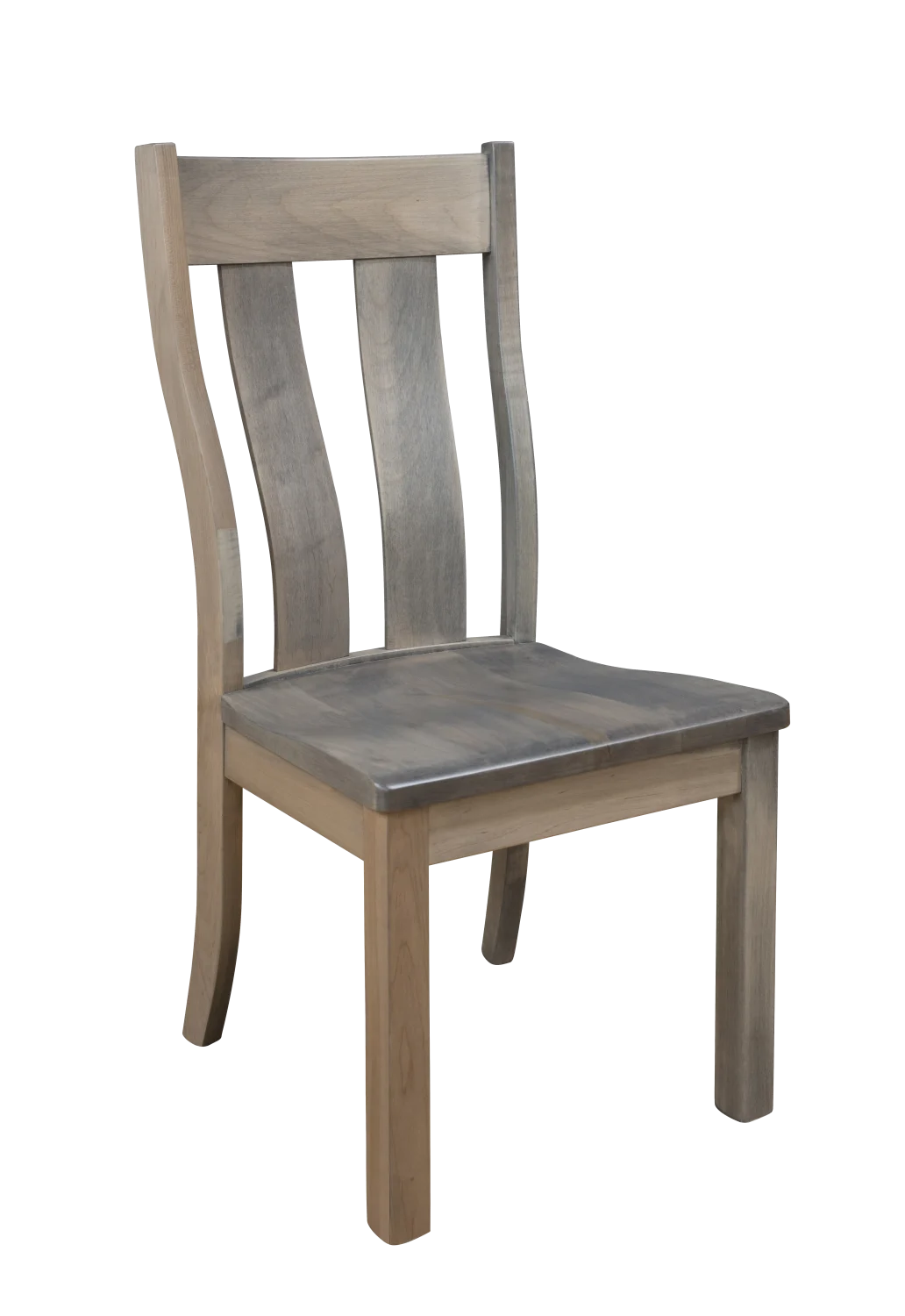
Amish Liberty Side Chair
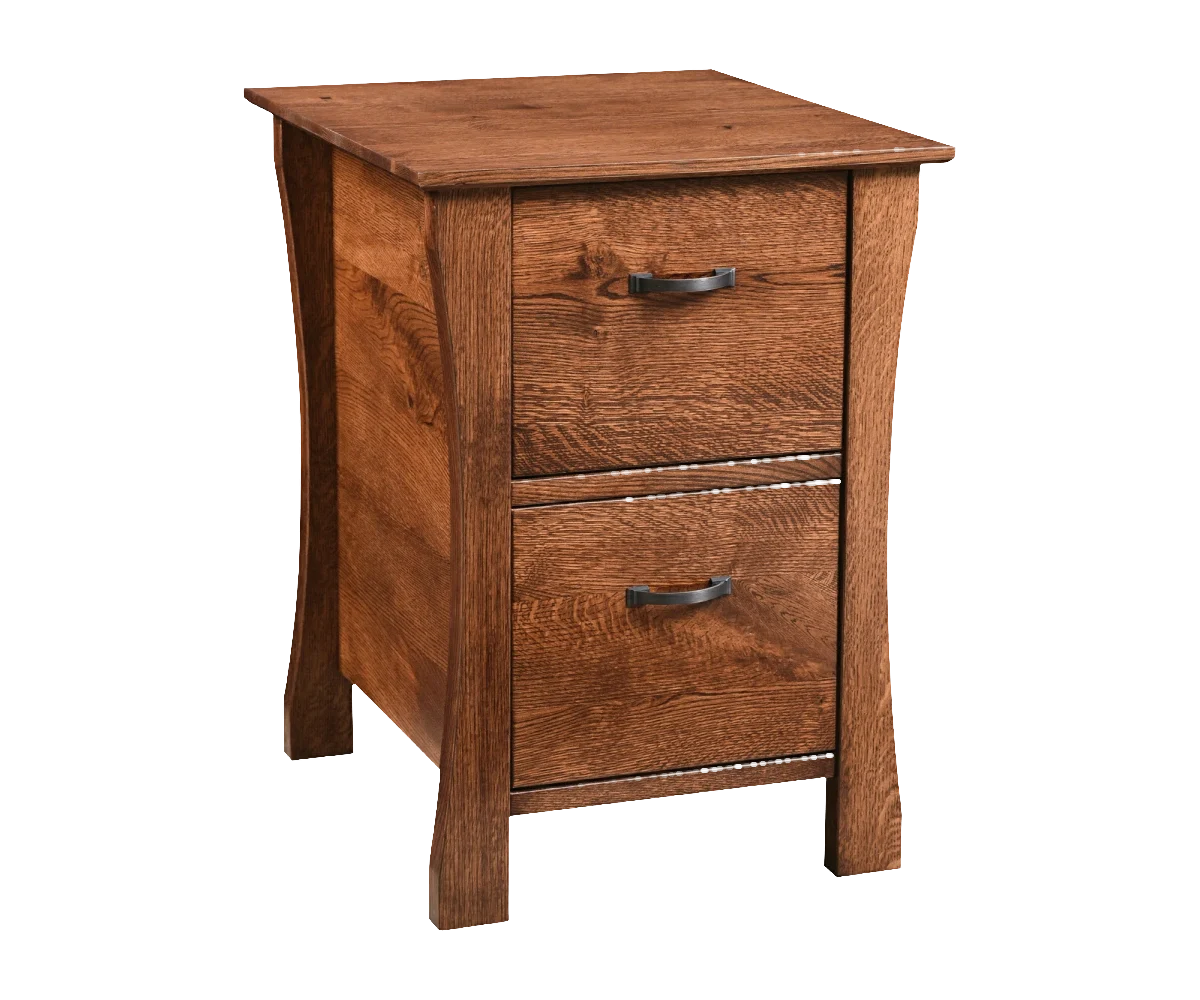
Amish Kapernaum 2 Drawer File Cabinet
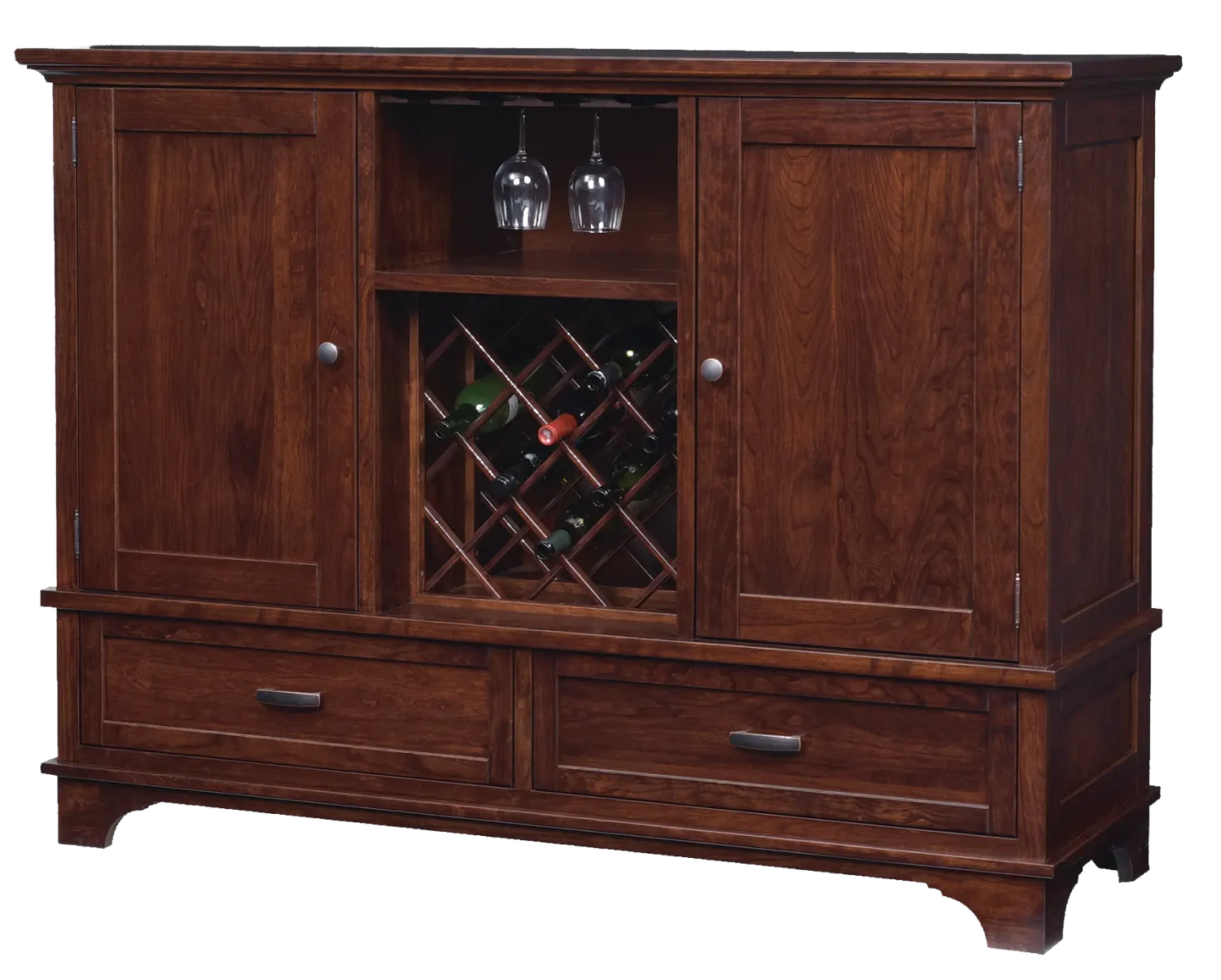
Amish Arlington Wine Cabinet

Amish Bloomfield Armoire
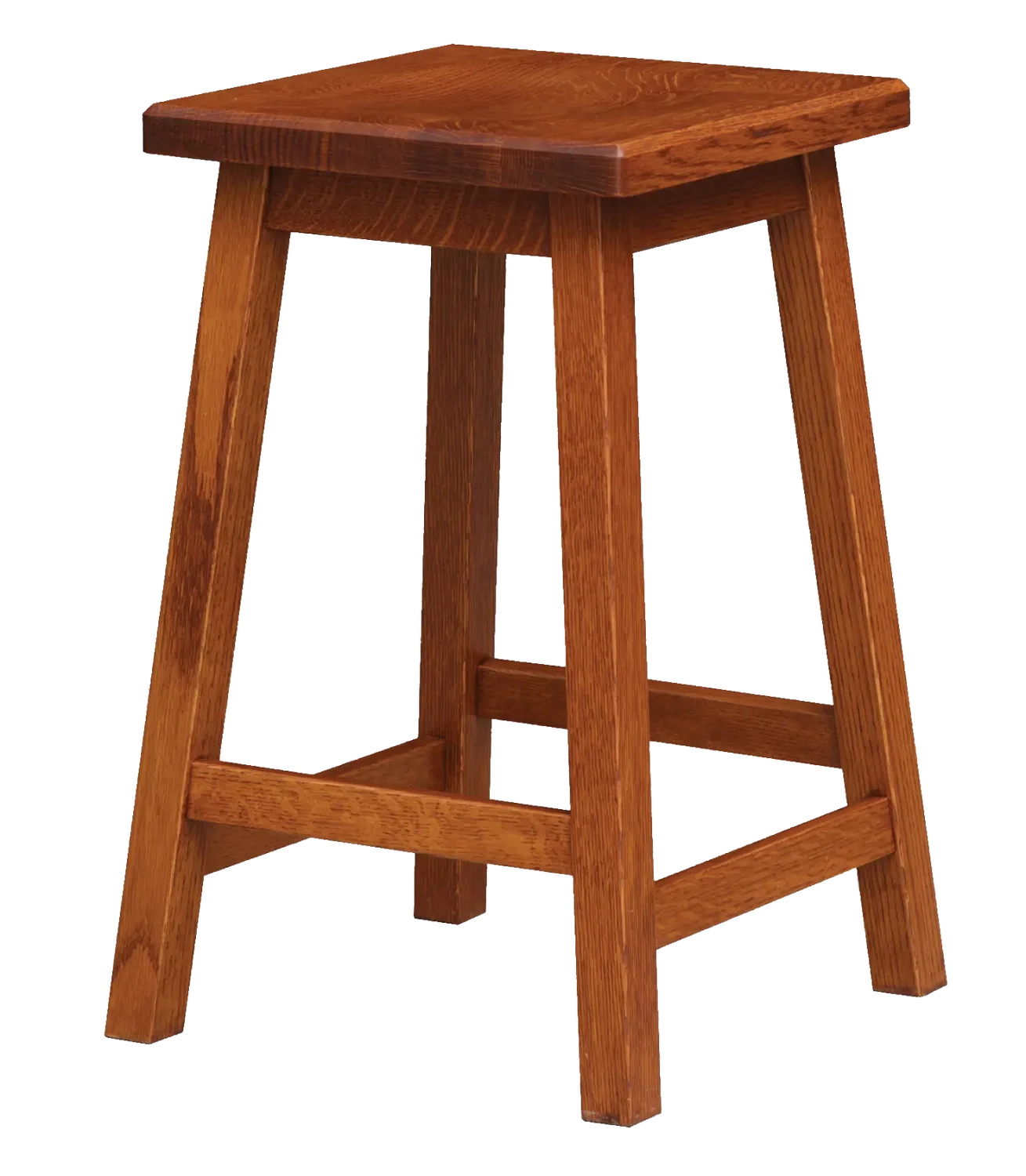
Amish Barrel Square Stool

Amish Brooklyn Nightstand with 2 Drawers
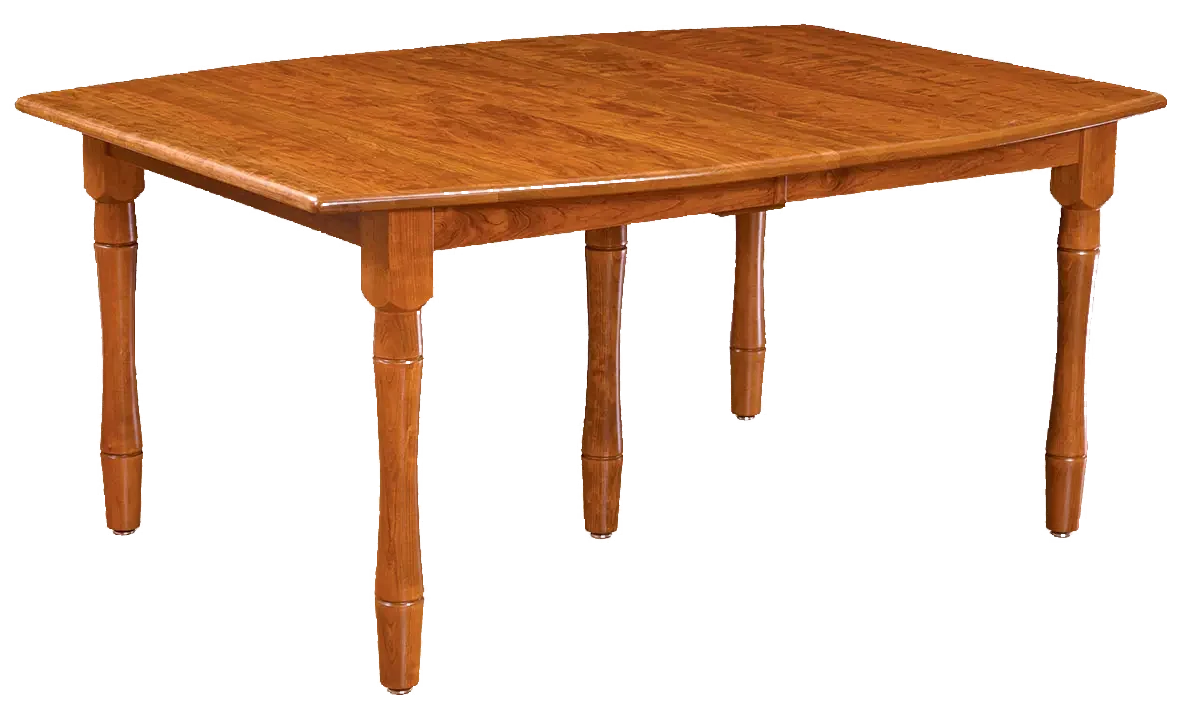
Amish Concord Table – Solid Top
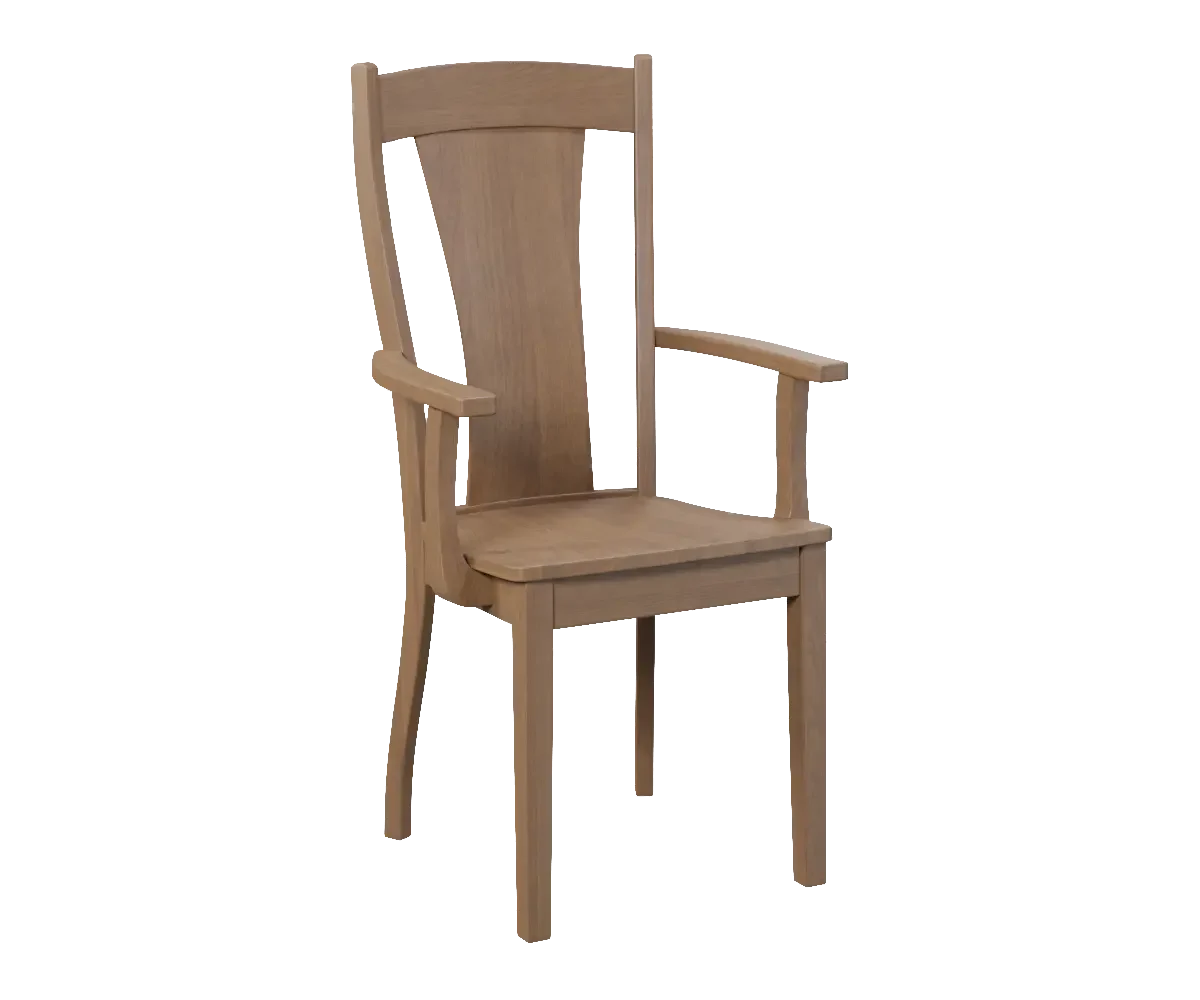
Amish Ashville Arm Chair
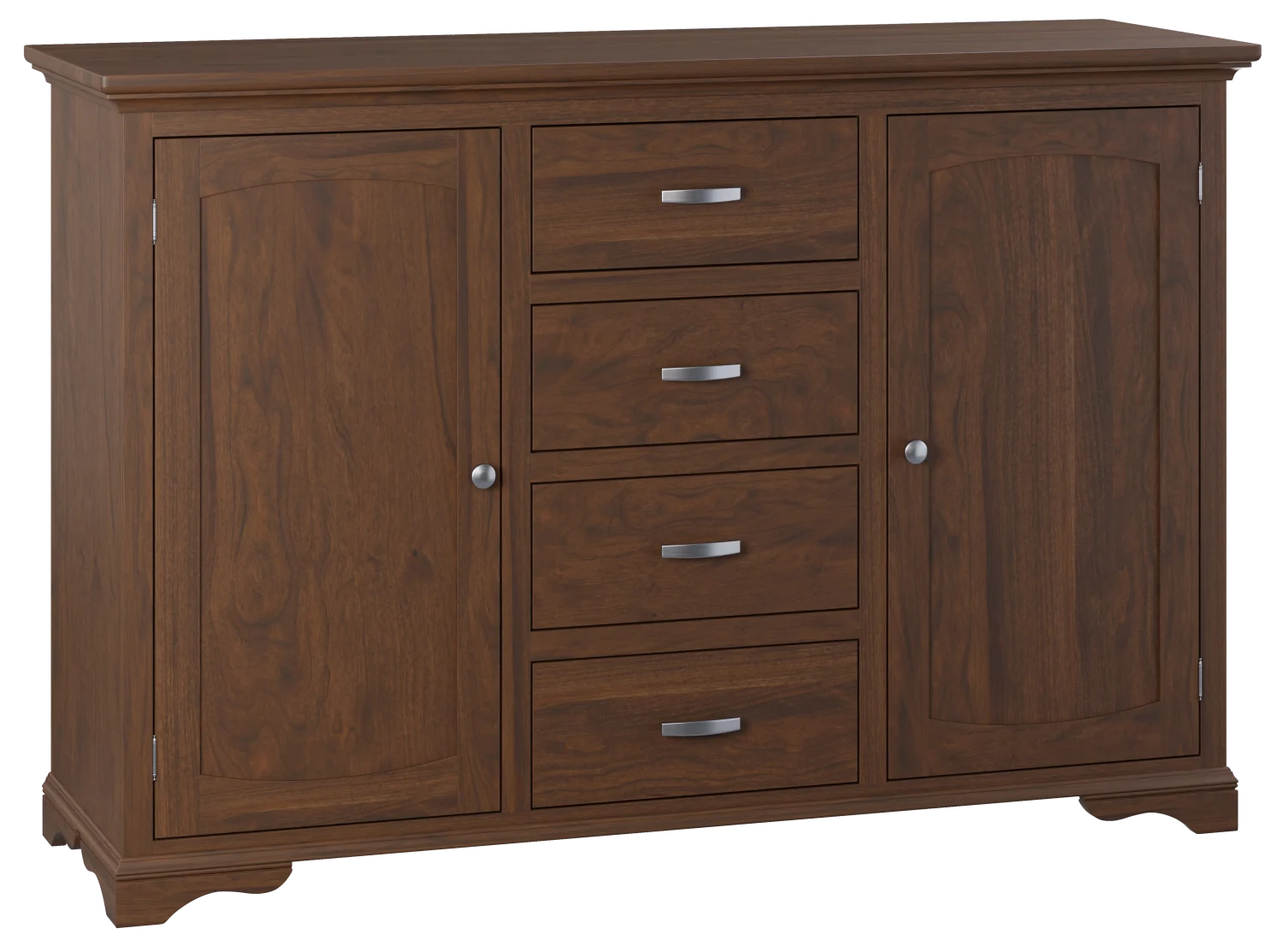
Amish Oak Harbor Buffet

Amish Farmhouse Heritage Armoire

Traditional Collection

Amish Shaker Armoire 2 Piece (with Hidden Drawers)
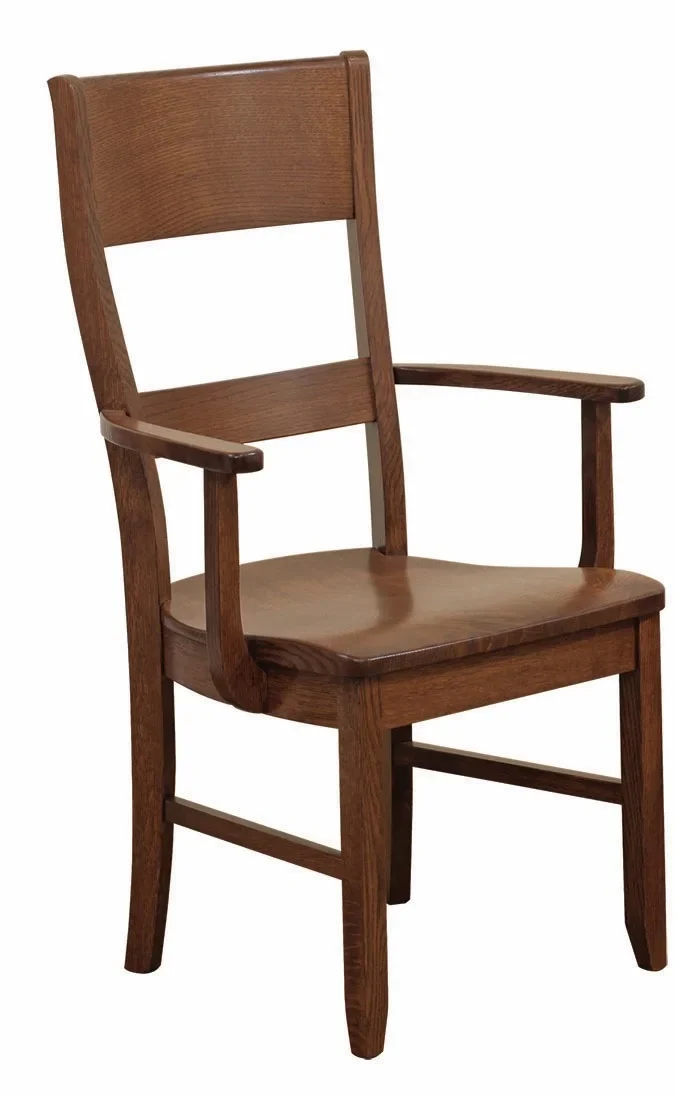
Amish Sara Ann Arm Chair
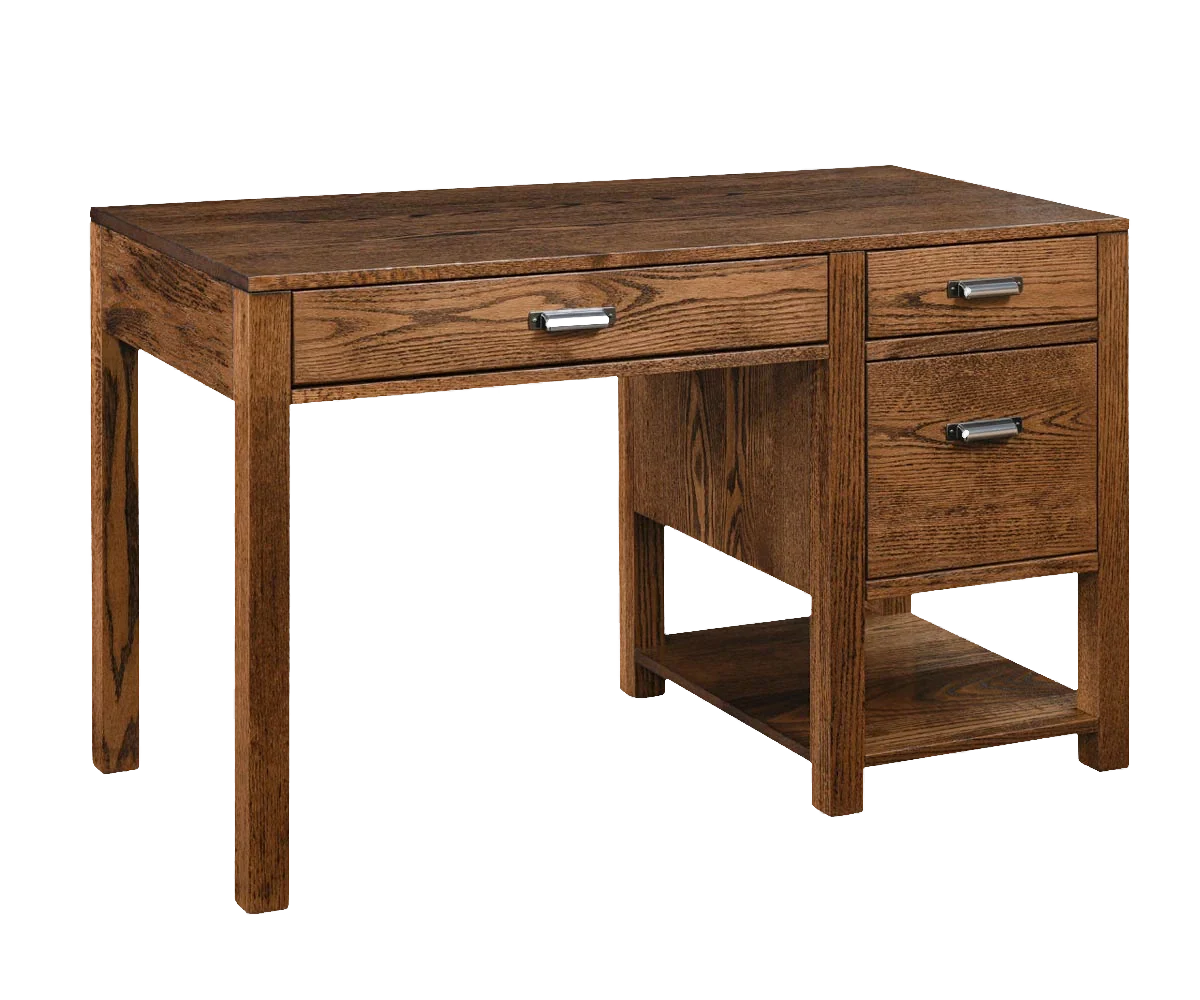
Amish Wakefield Single Pedestal Desk

Amish Crescent 2 Drawer Jewelry Box with Mirror Harp’s

Amish Denali Mirror Only
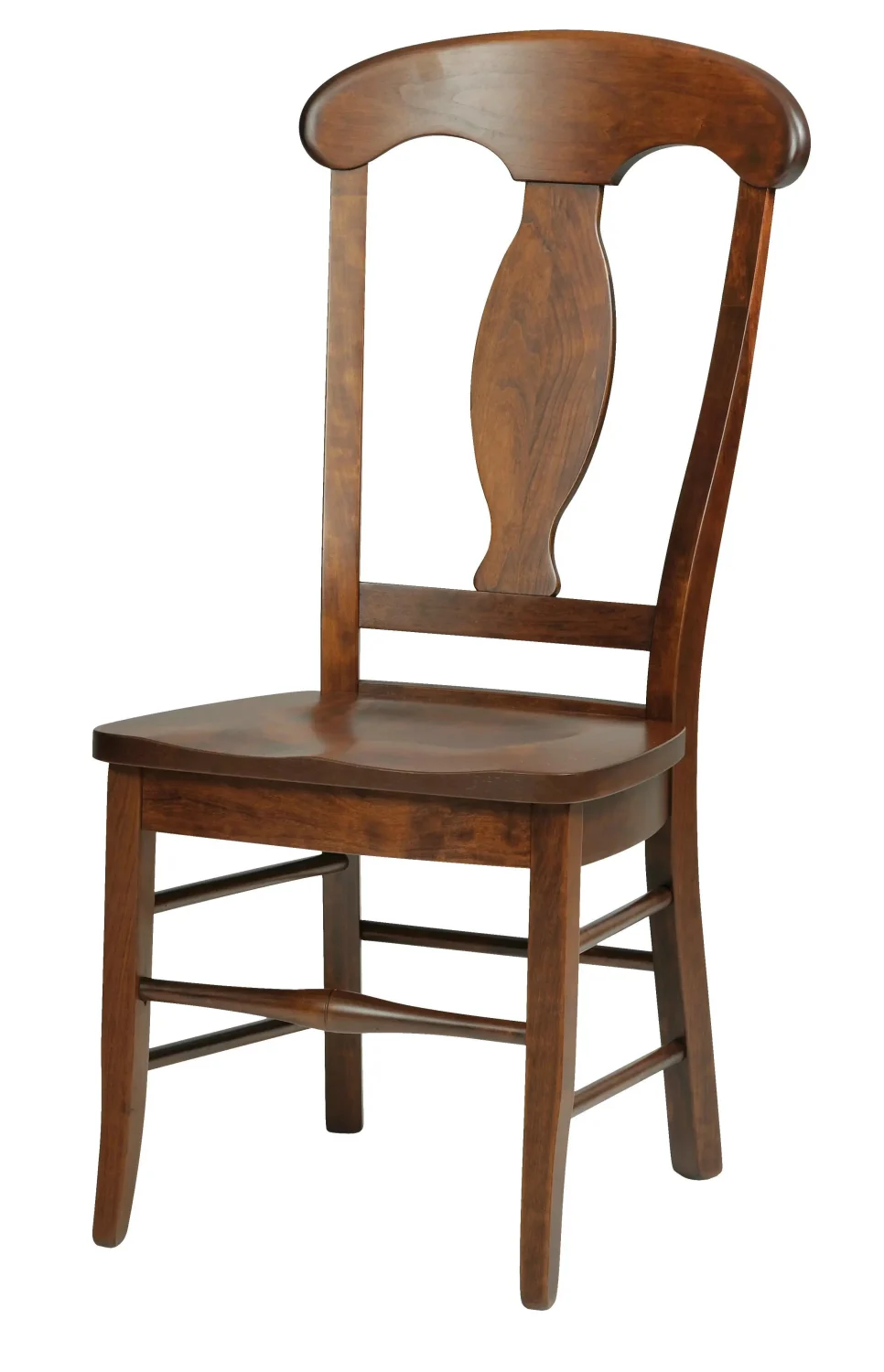
Amish Porter Side Chair
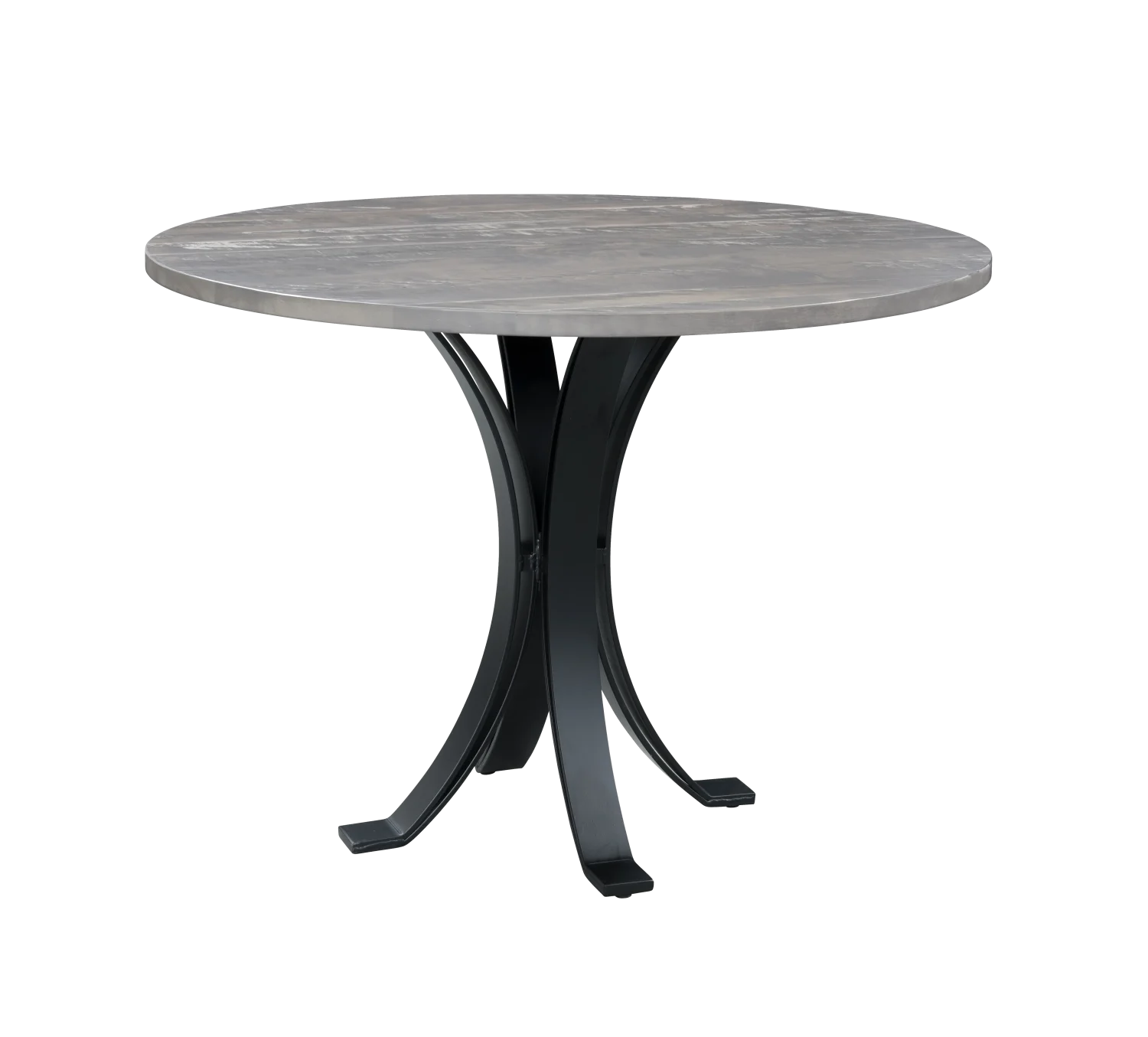
Amish Lakeside Table – Counter Height (36″)
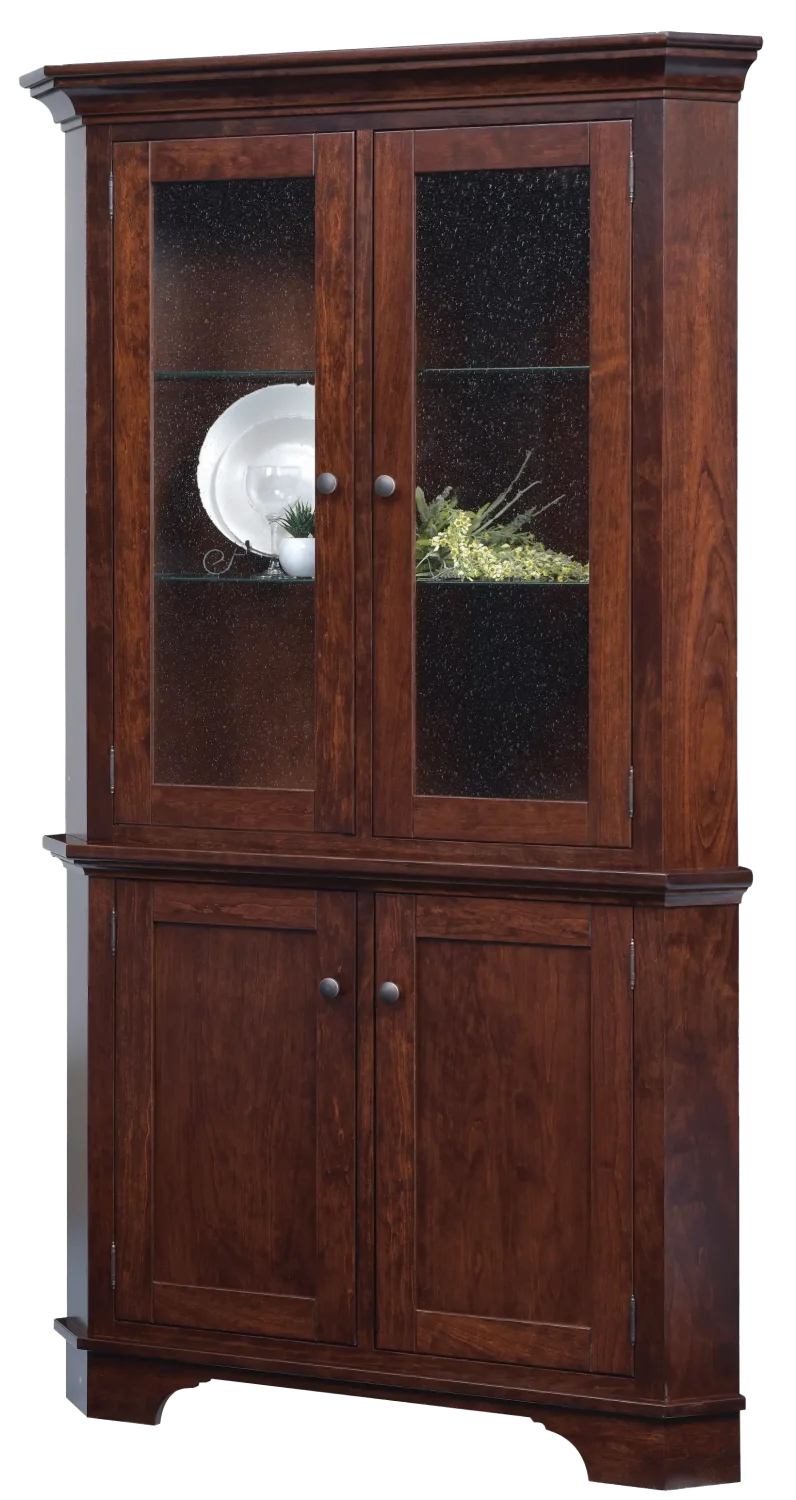
Amish Arlington Corner Hutch, Base Only

Amish Shaker 2 Door Corner Hutch, Base Only
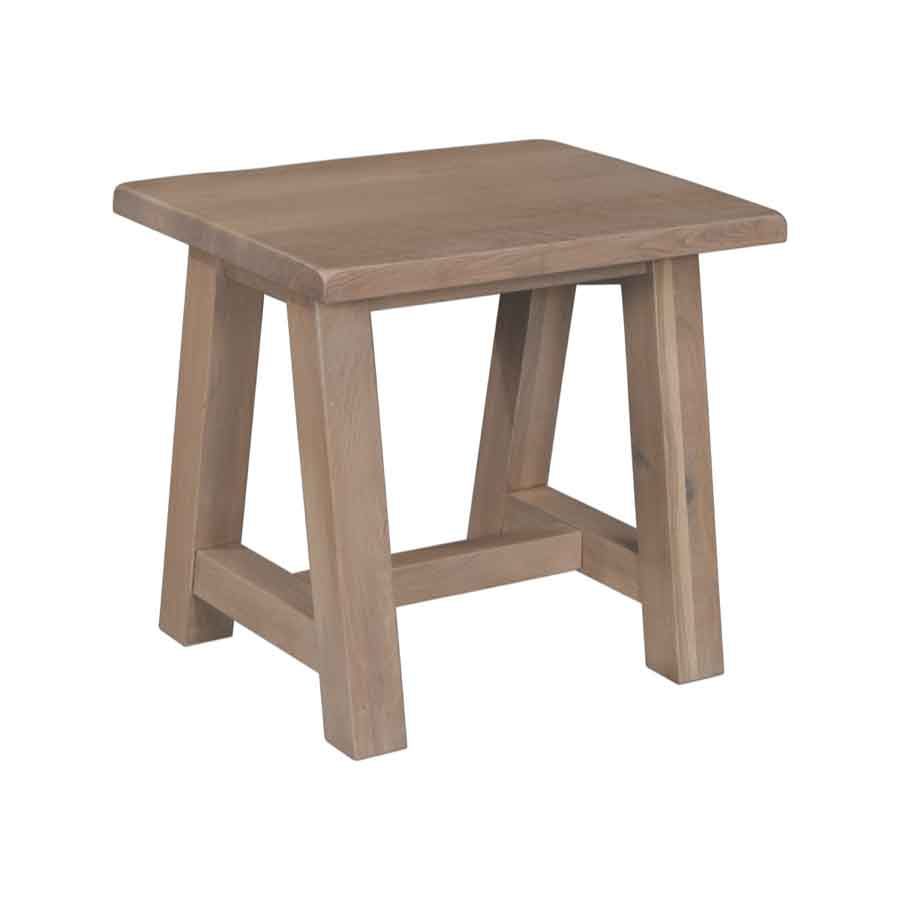
Amish Chloe End Table

Amish Brookfield Bed

Amish Duchess 6 Drawer Chest
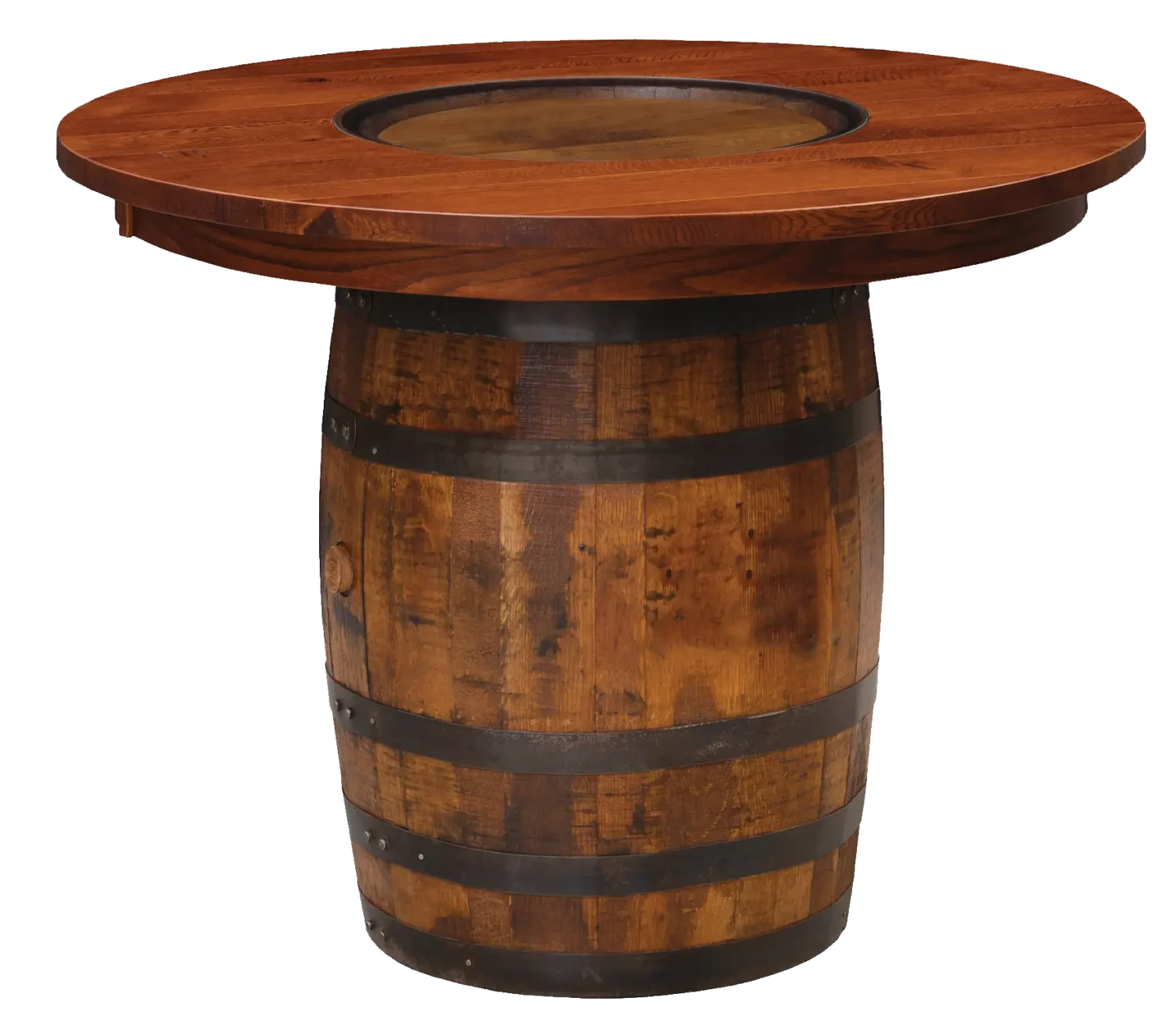
Amish Barrel Table – 54″ Round
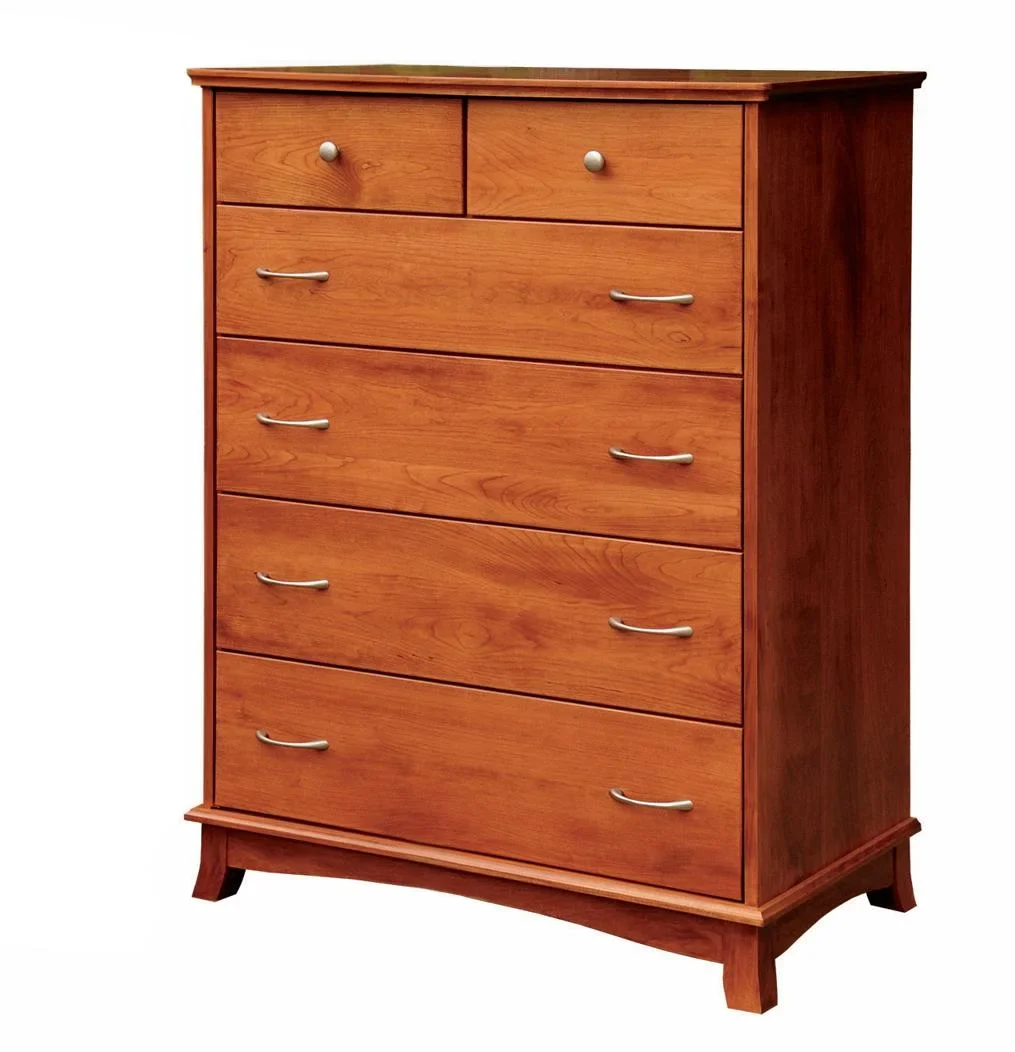
Amish Crescent 6 Drawer Chest

Amish Meridian Lingerie Chest with 6 Drawer
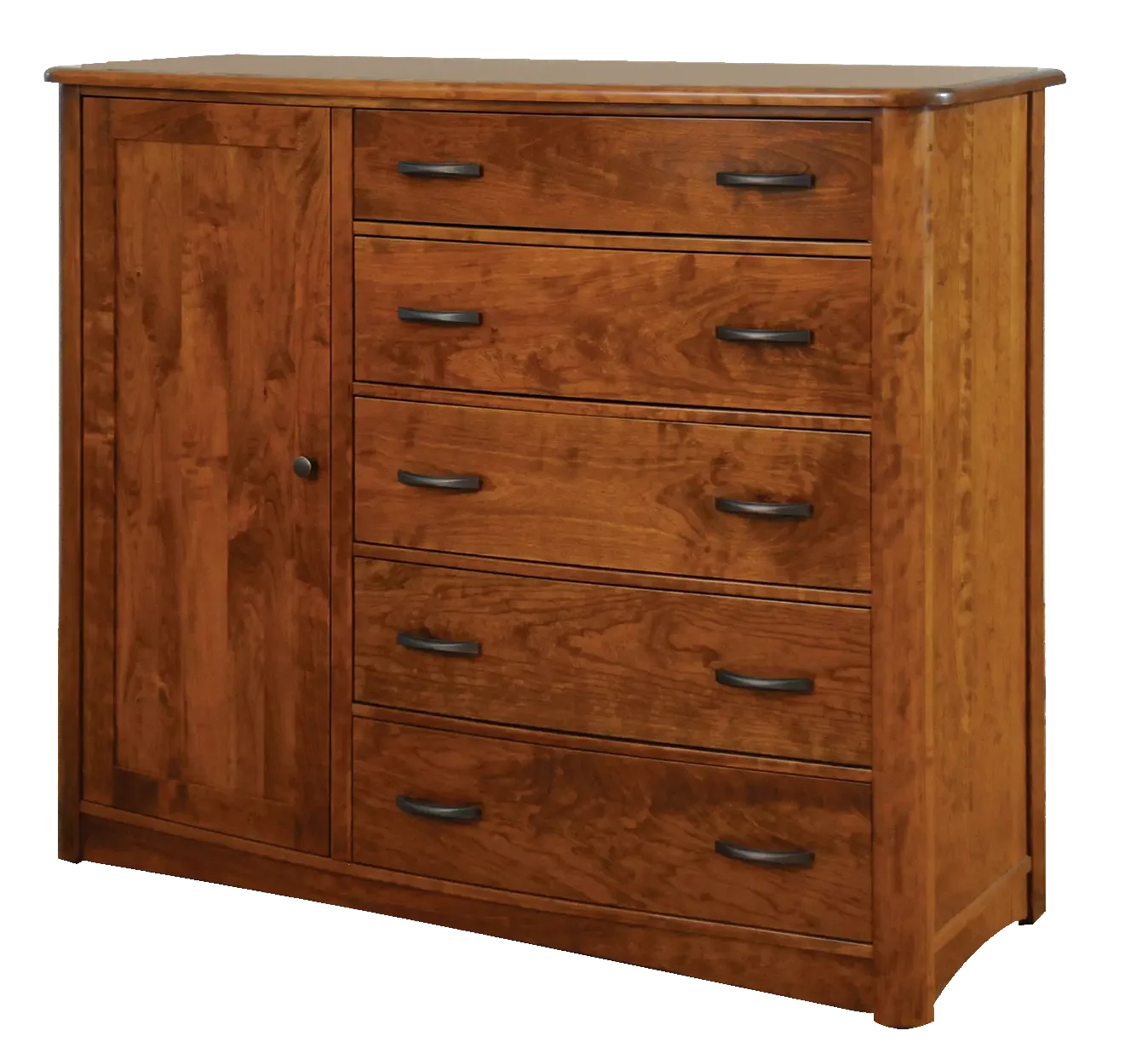
Amish Meridian Gentlemans Chest
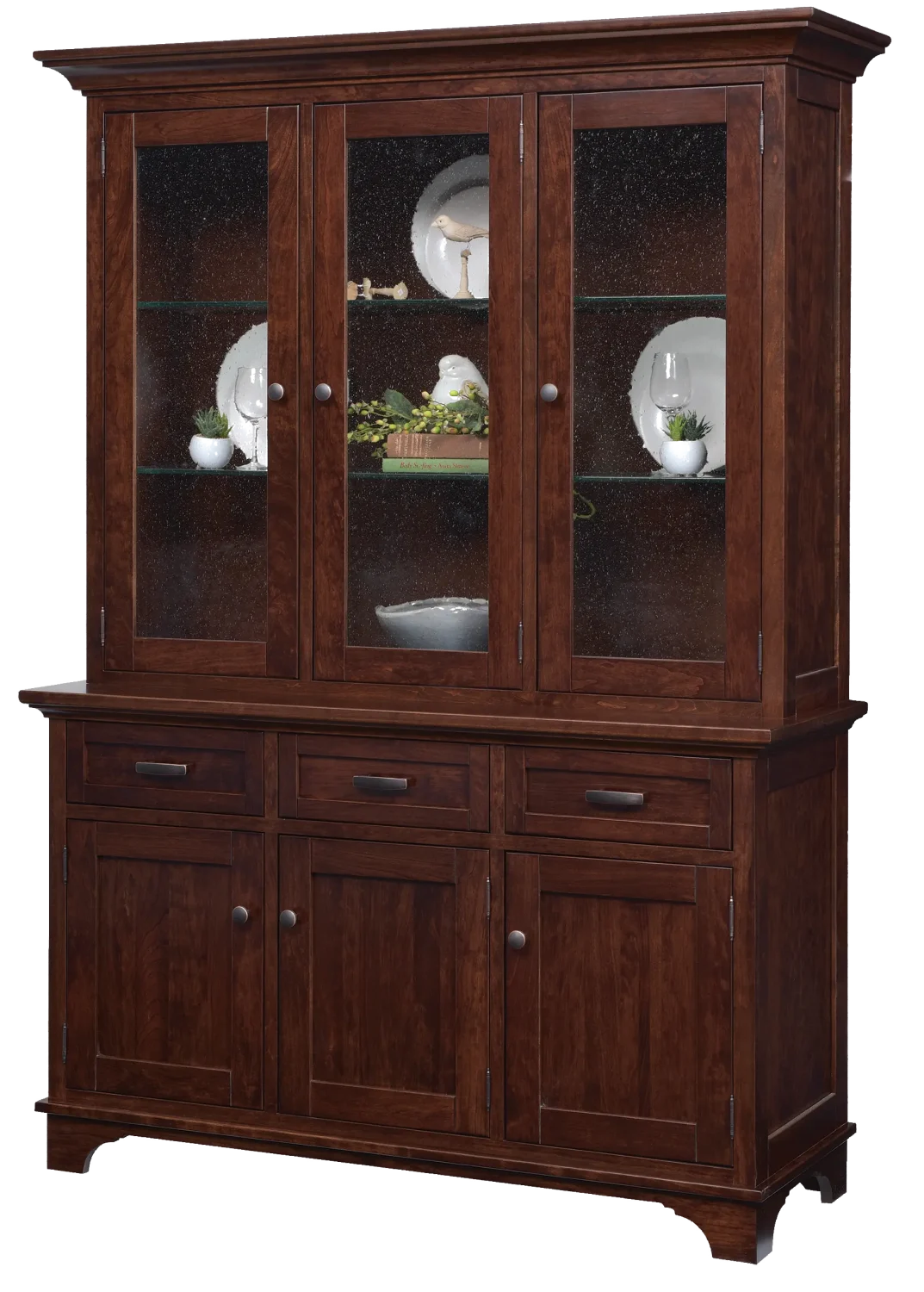
Amish Arlington 4 Door Hutch, Top Only
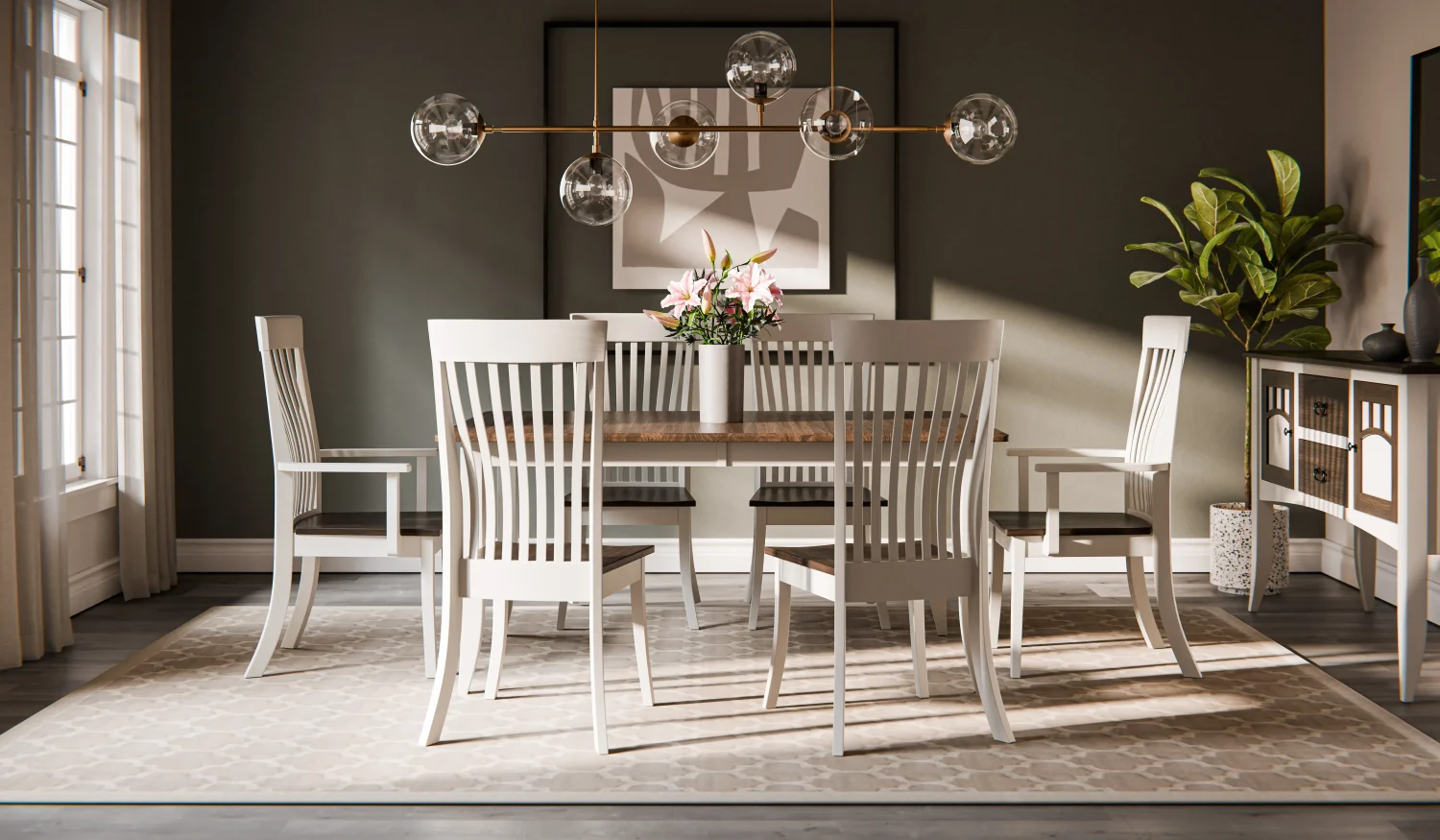
Rockland Collection
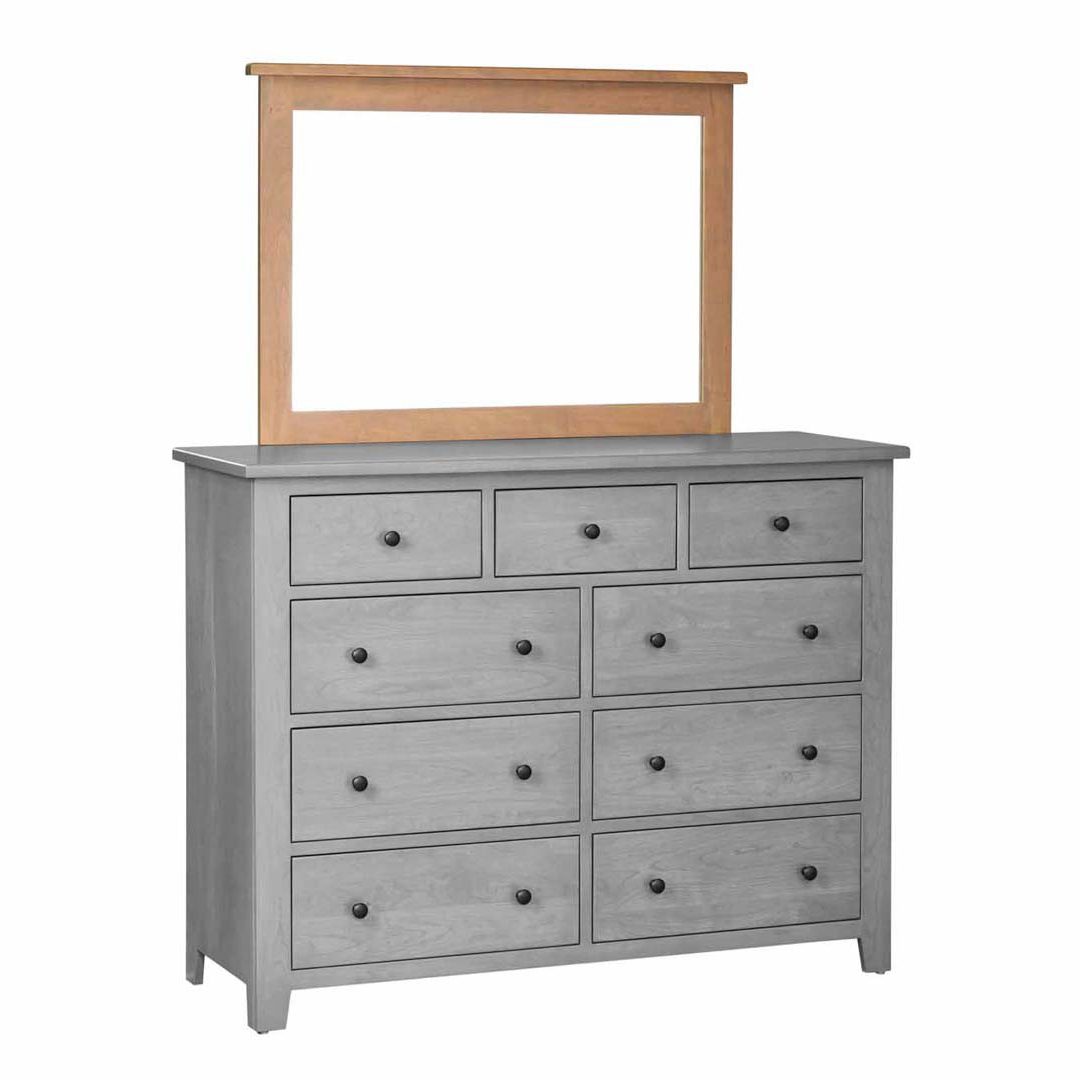
Amish Charland Mirror Only
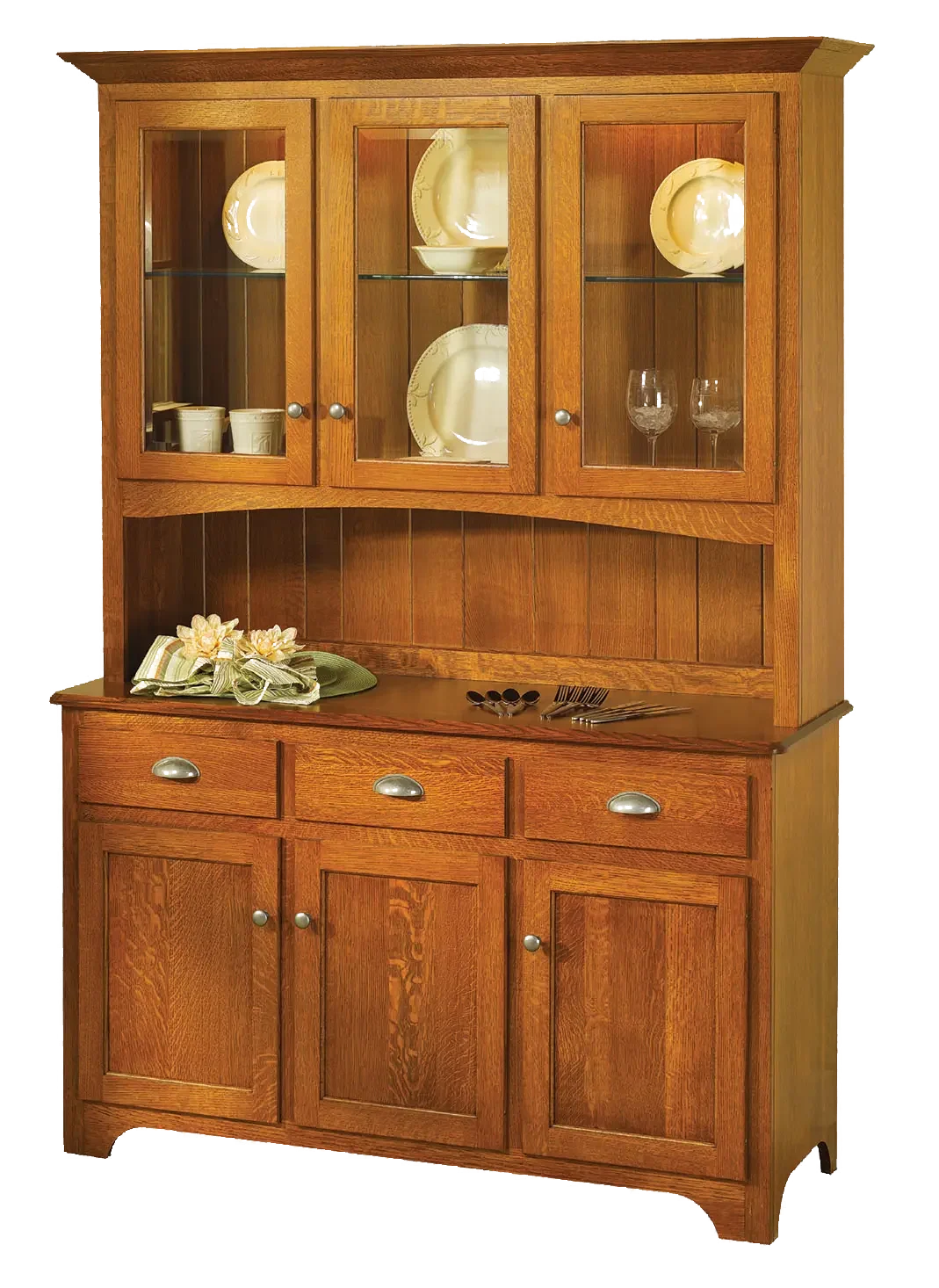
Amish Mary Ann 2 Door Hutch, Base Only
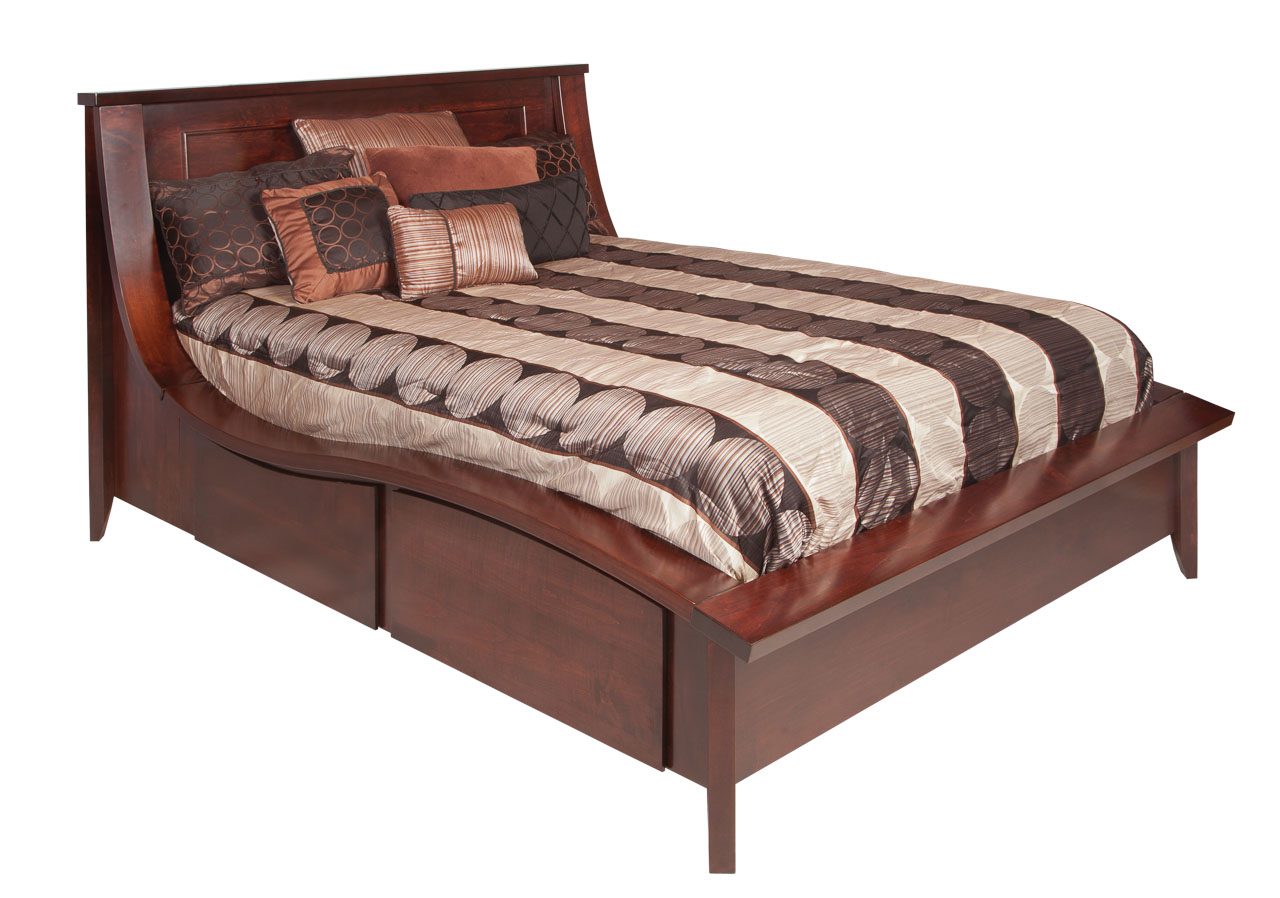
Amish Kingston Wave Bed
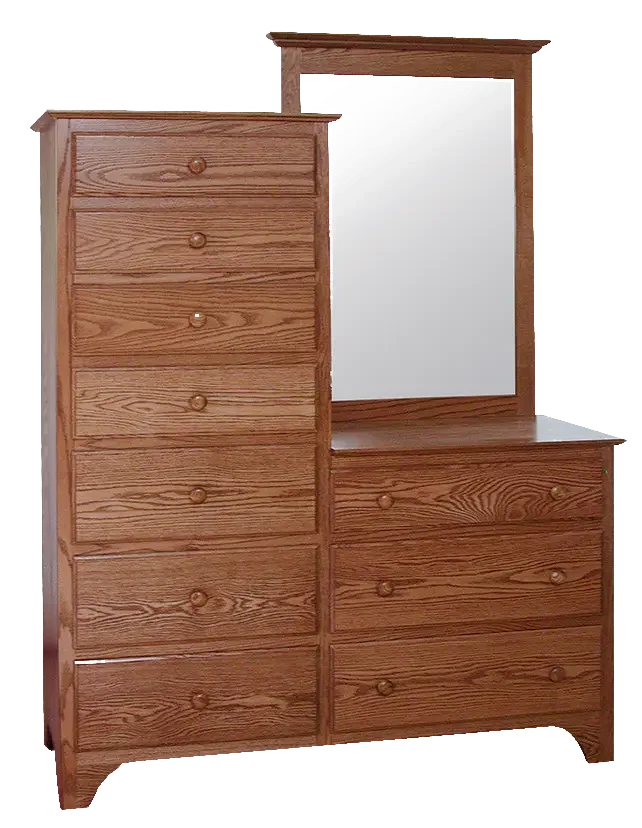
Amish Shaker Chesser with Mirror
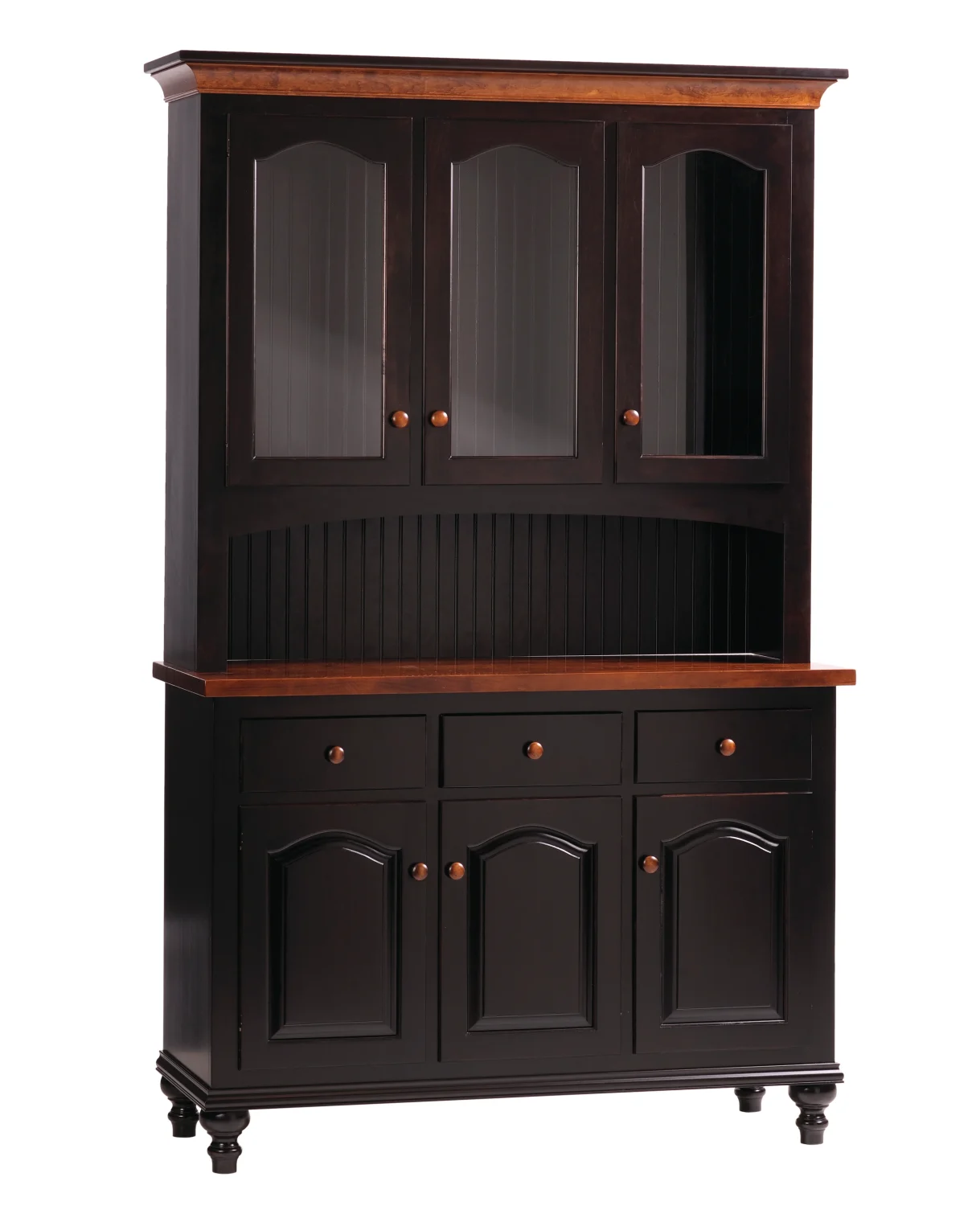
Amish Olympia 2 Door Hutch, Base Only Only
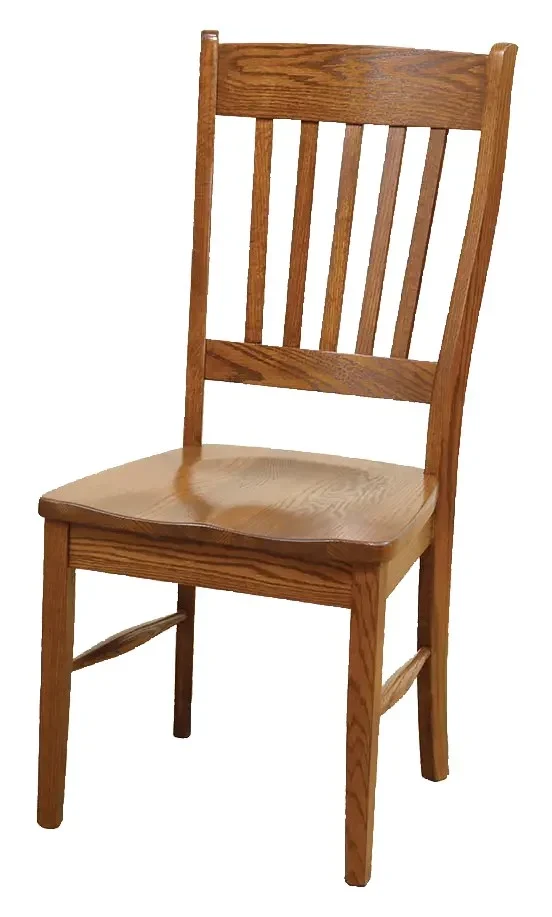
Amish Shaker Side Chair

Amish Laurel Hutch* for 62″ Desk

Amish Crescent Nightstand with 2 Drawers
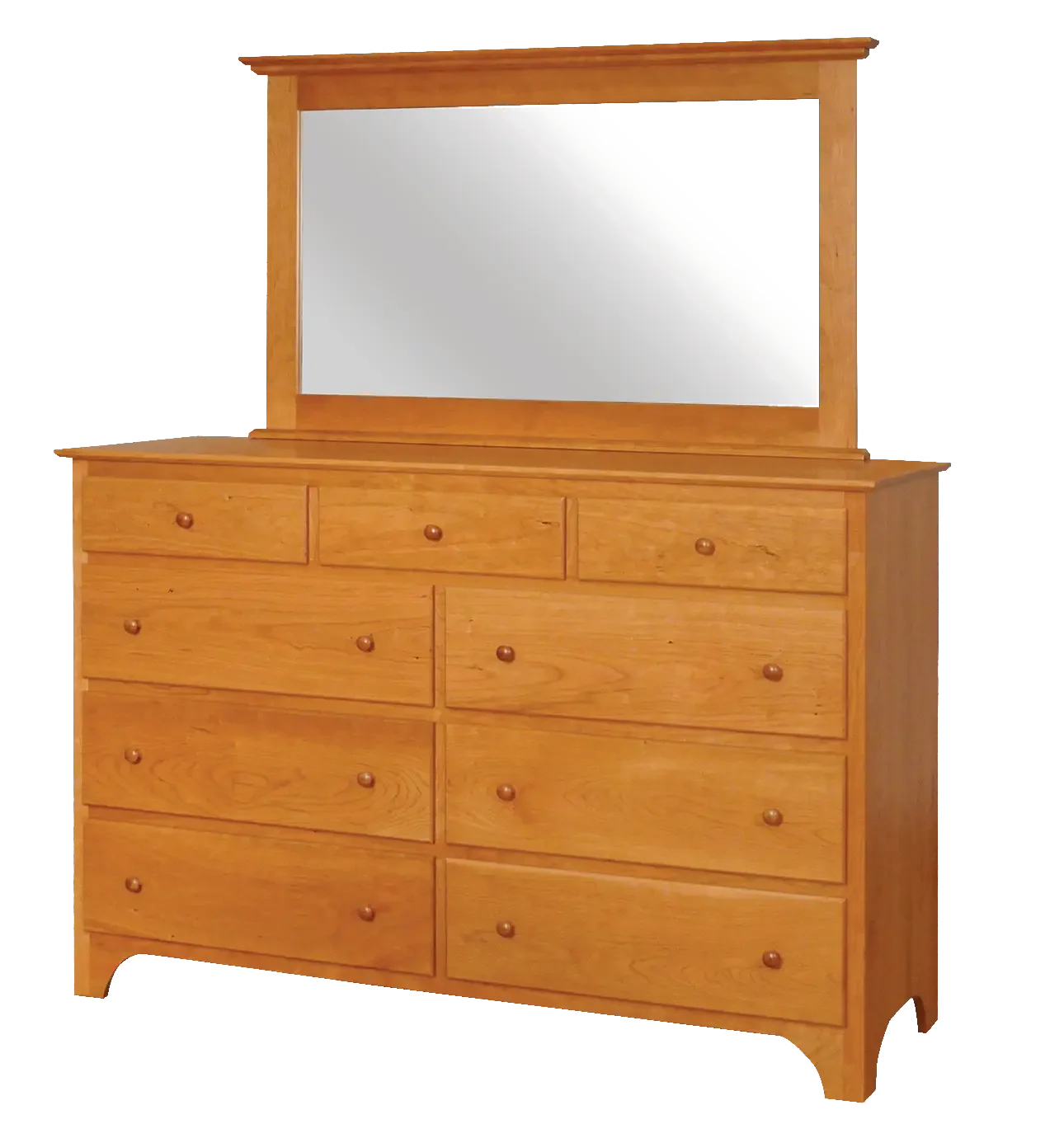
Amish Shaker Tall Dresser

Amish Meridian Leather Panel Bed

Liberty Dining Collection
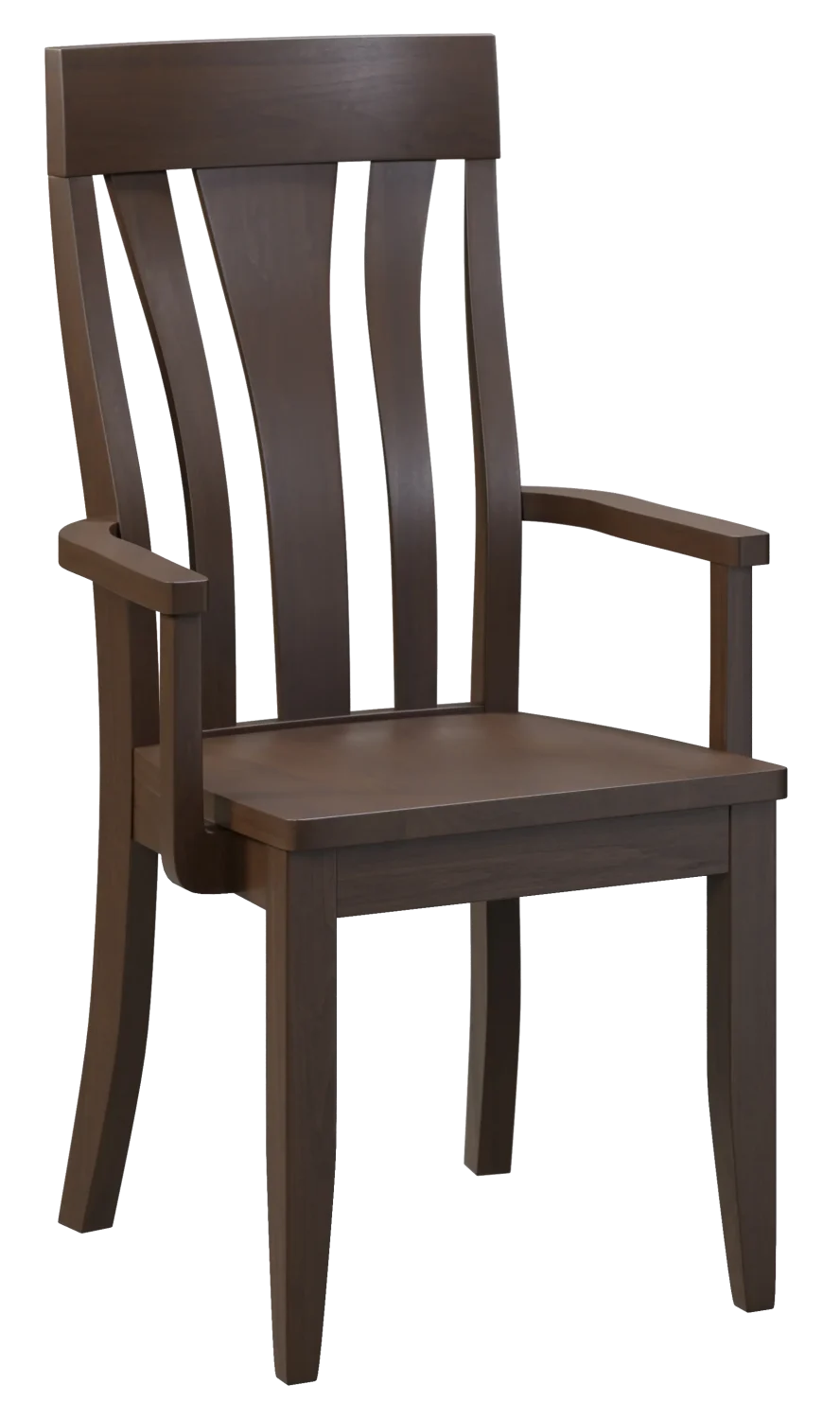
Amish Oak Harbor Arm Chair
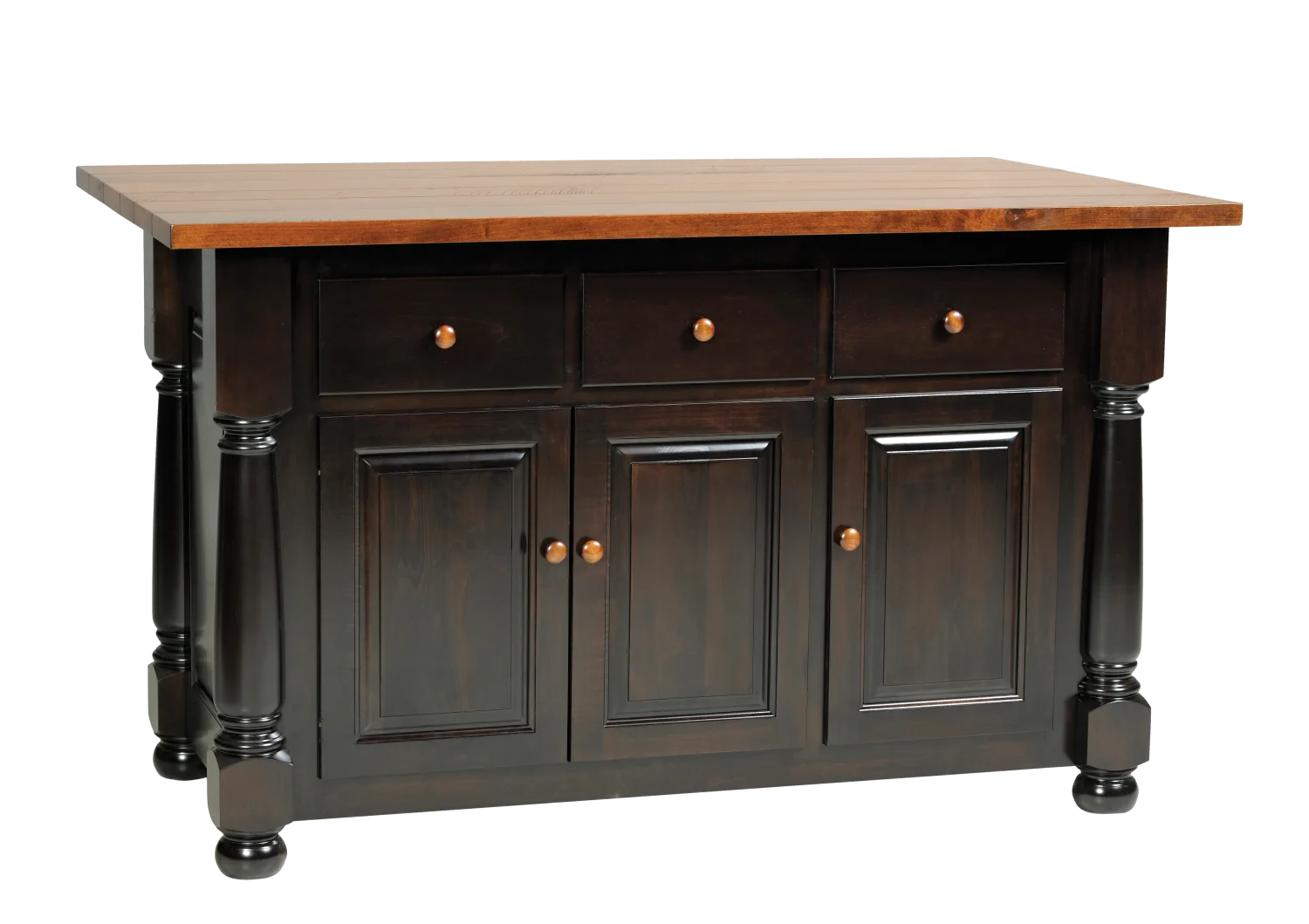
Amish Olympia Island – Top Only
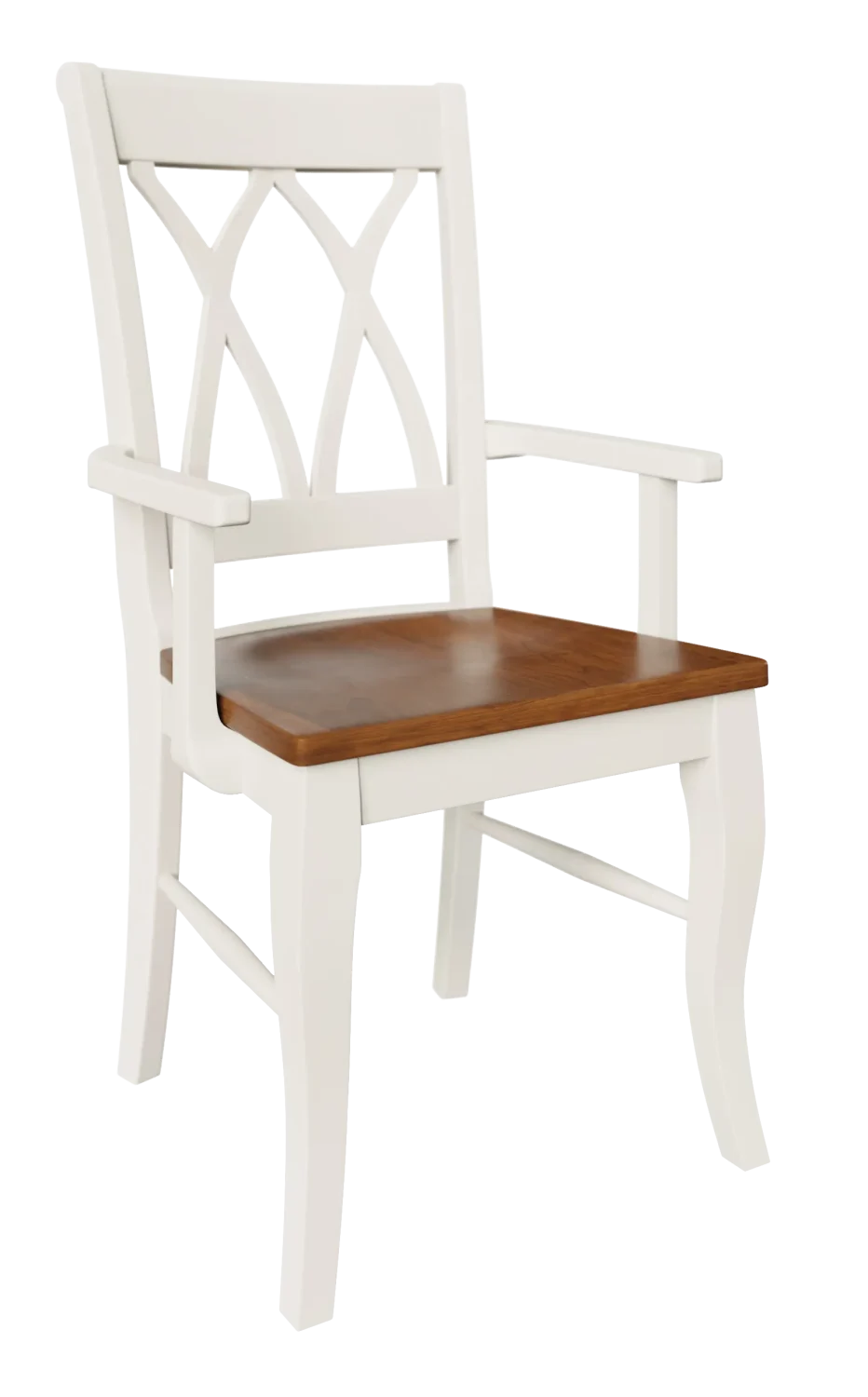
Amish Glendale Arm Chair
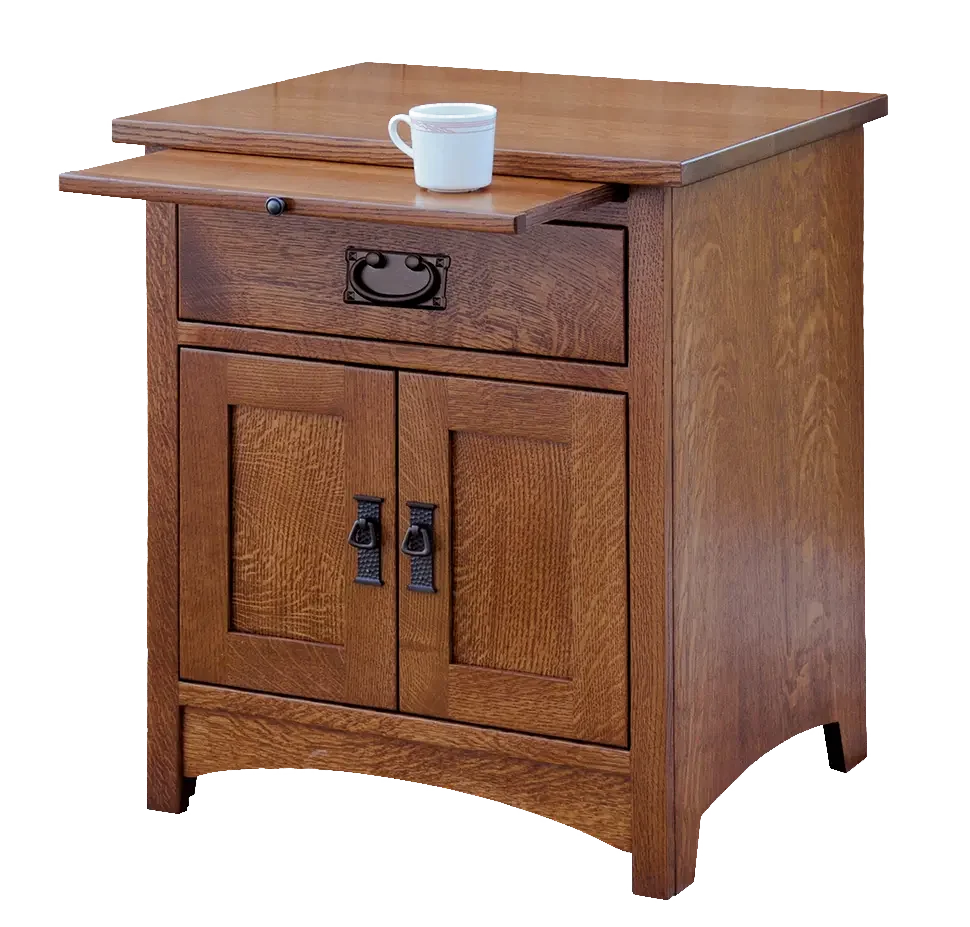
Amish Empire Mission Nightstand with 1 Drawer, 2 Doors

Amish Charland Arch Bed

Amish Timbermill 3 Drawer Nightstand
